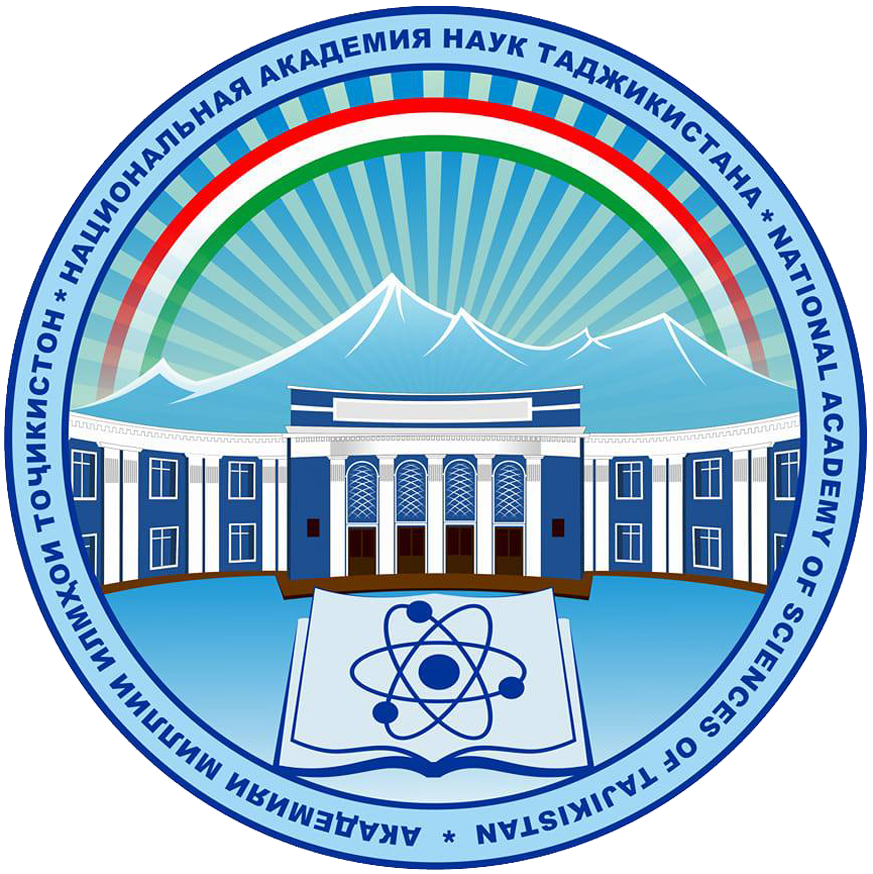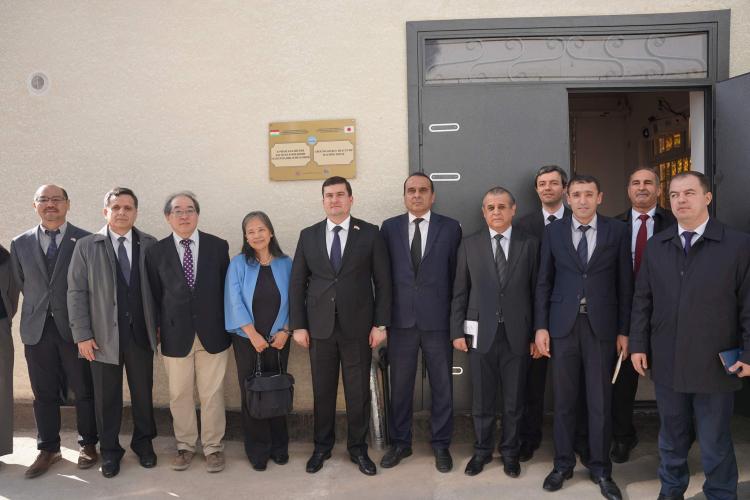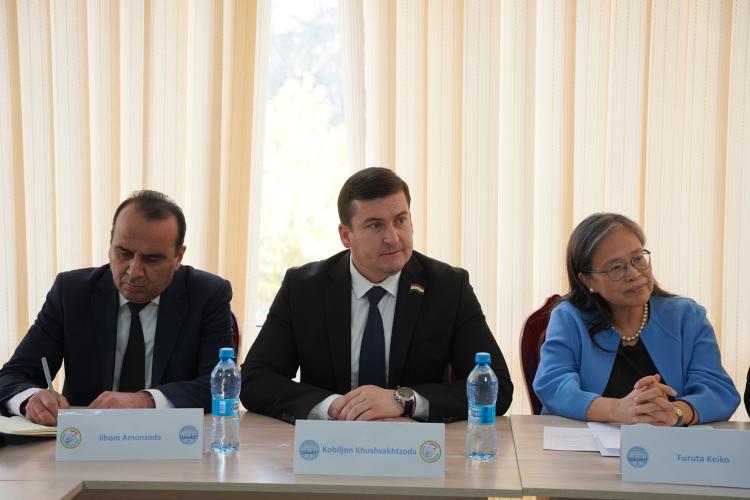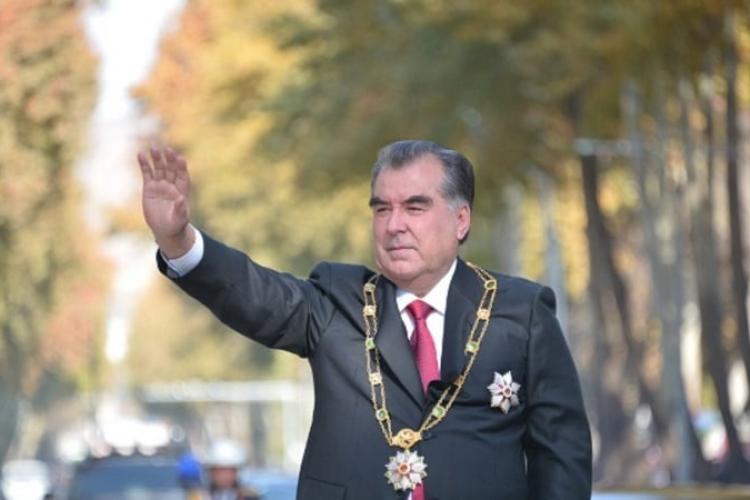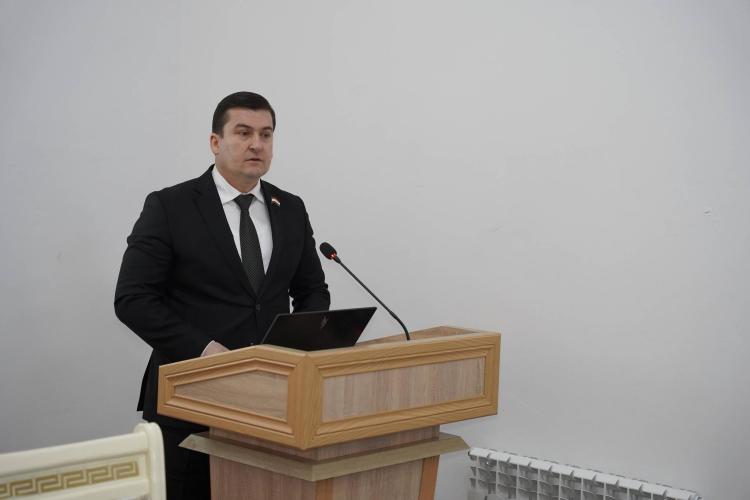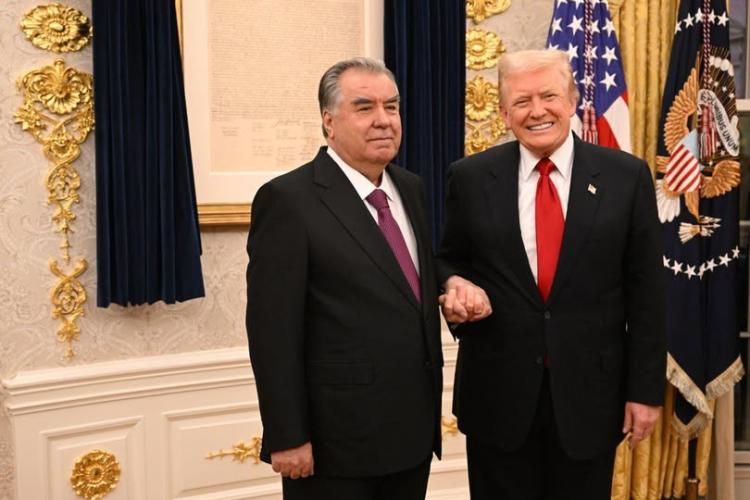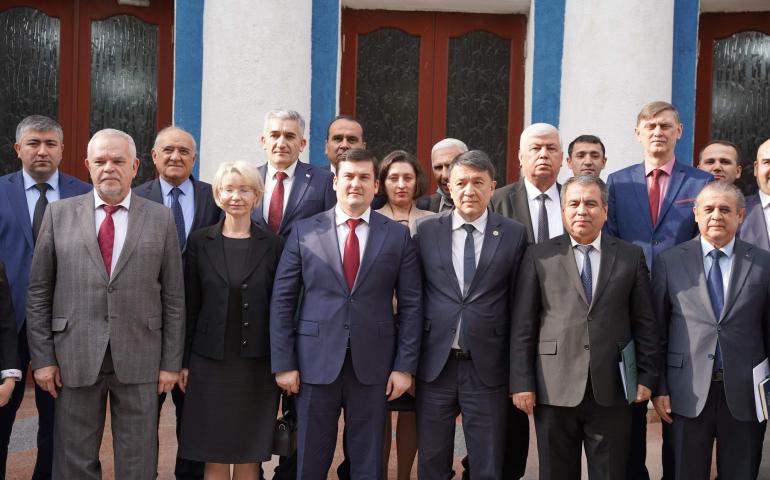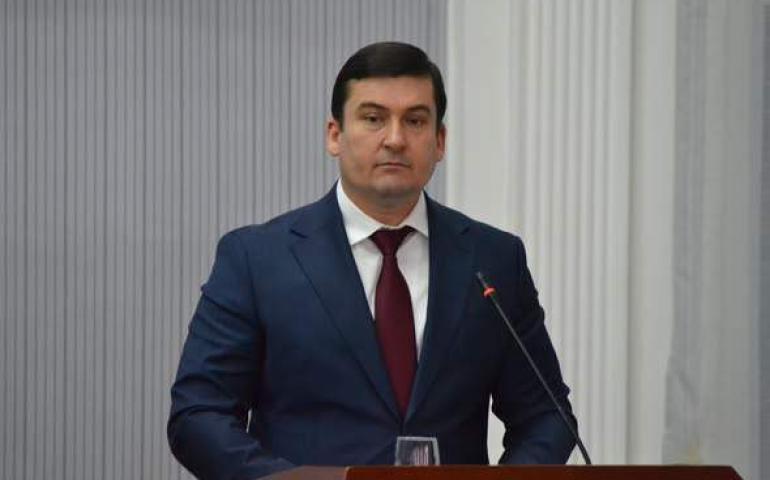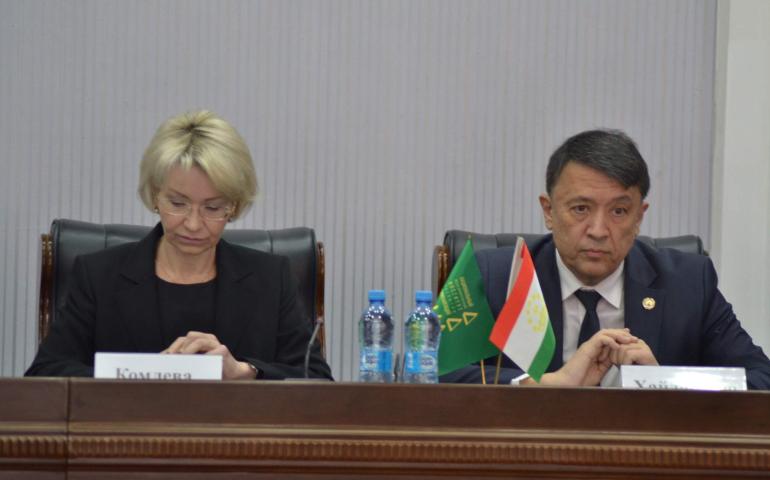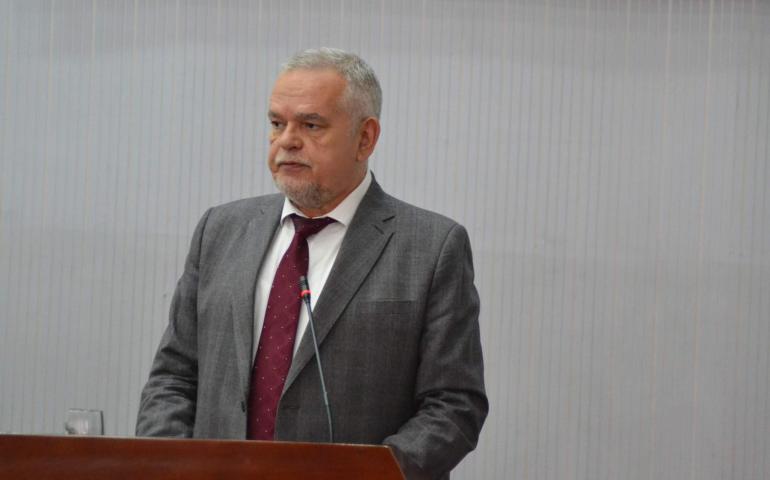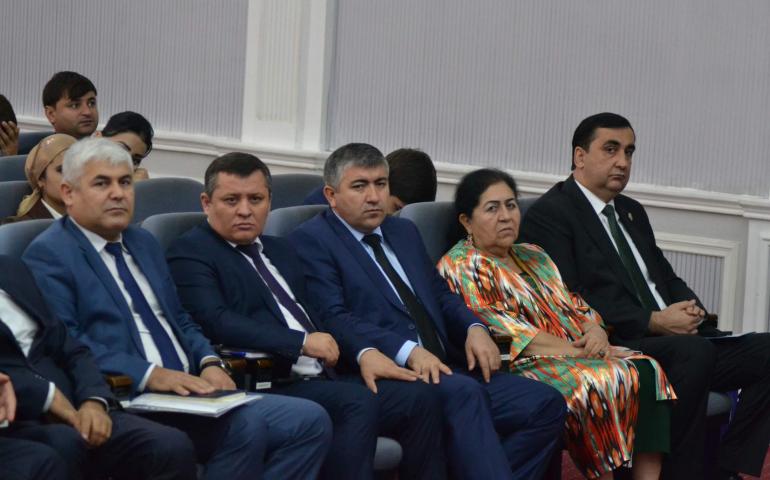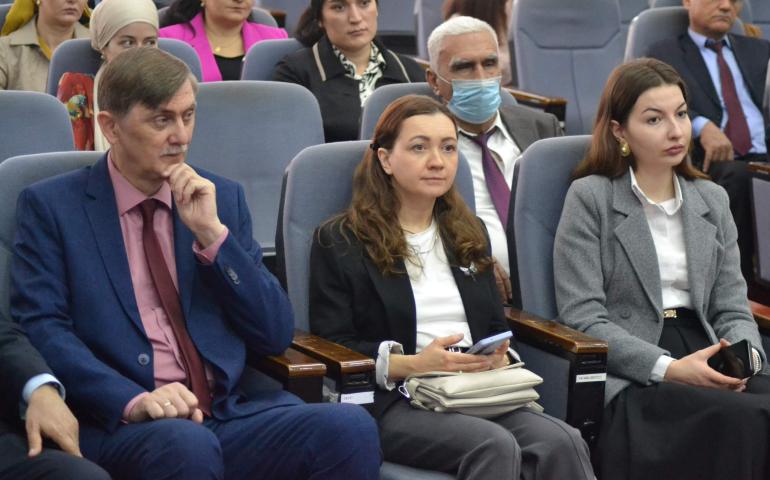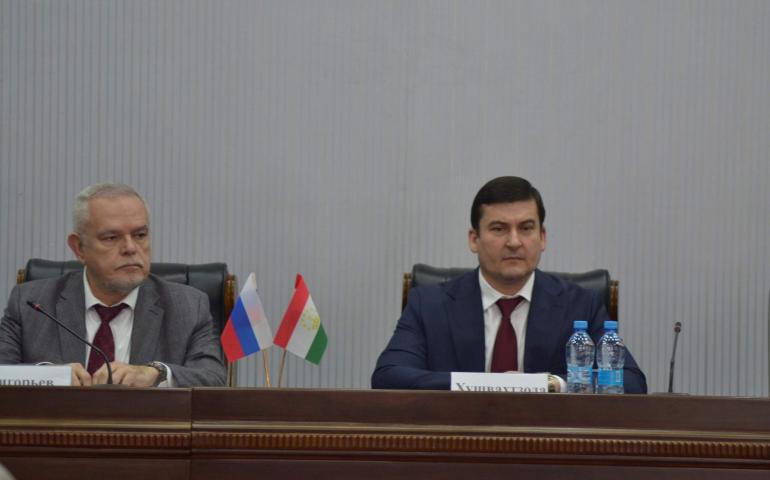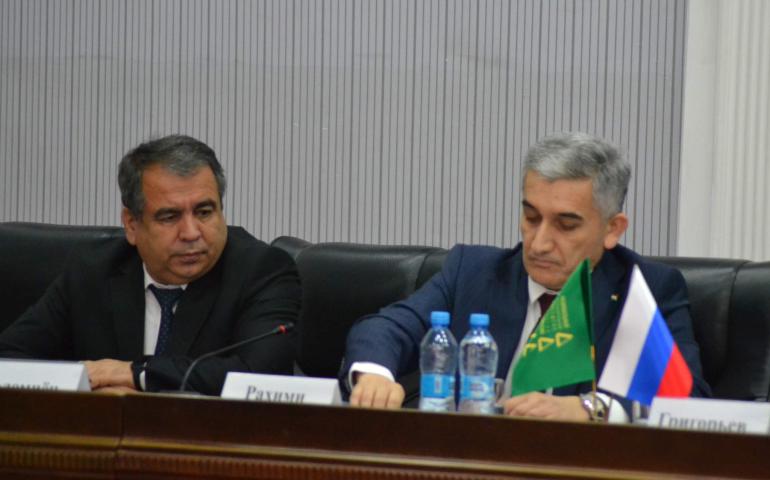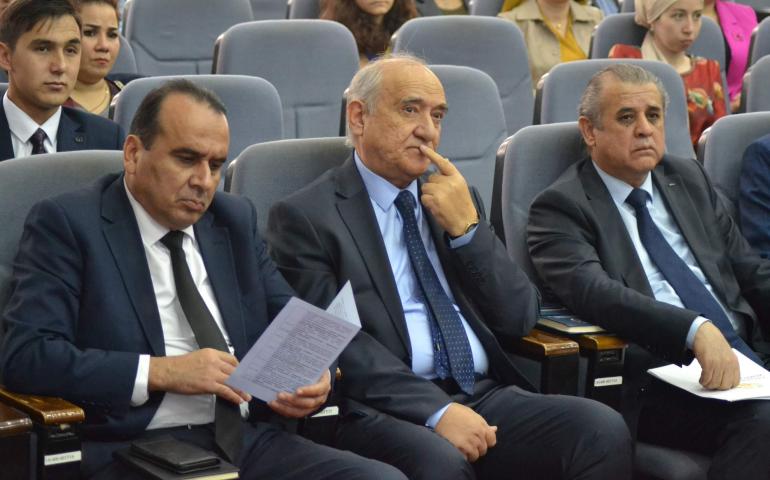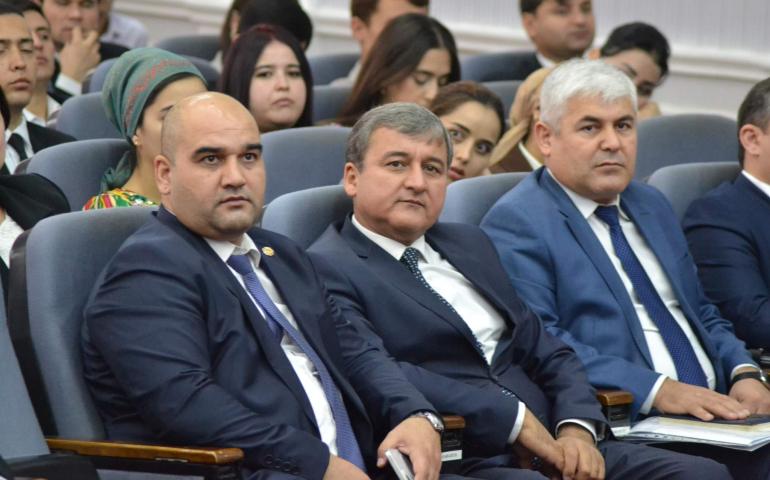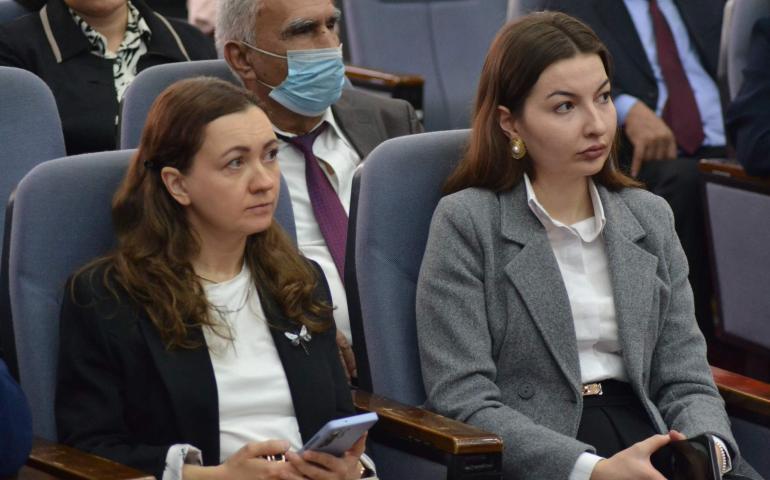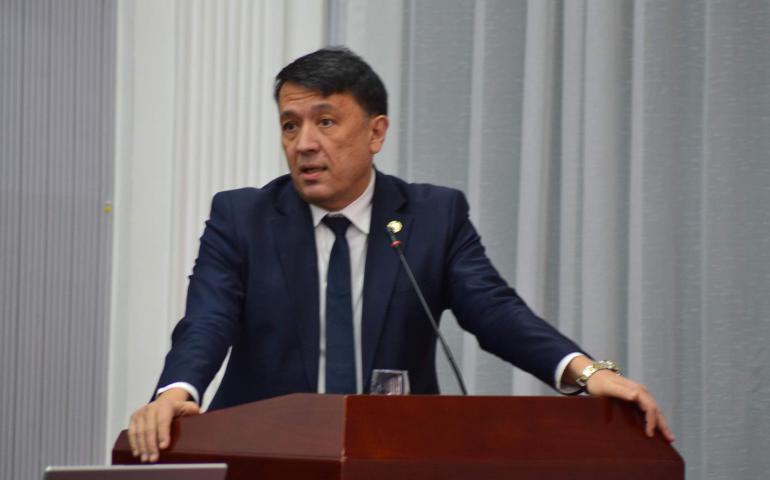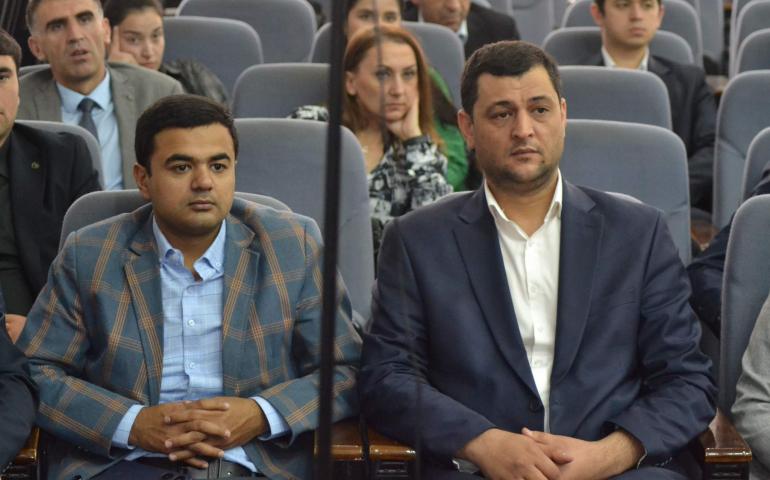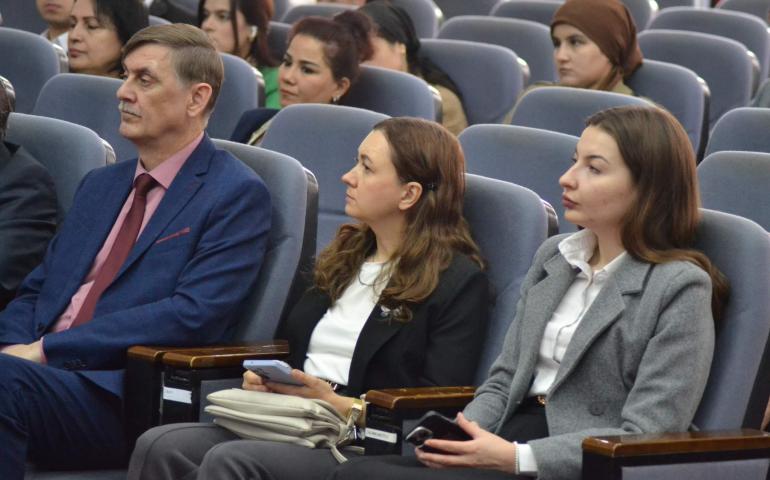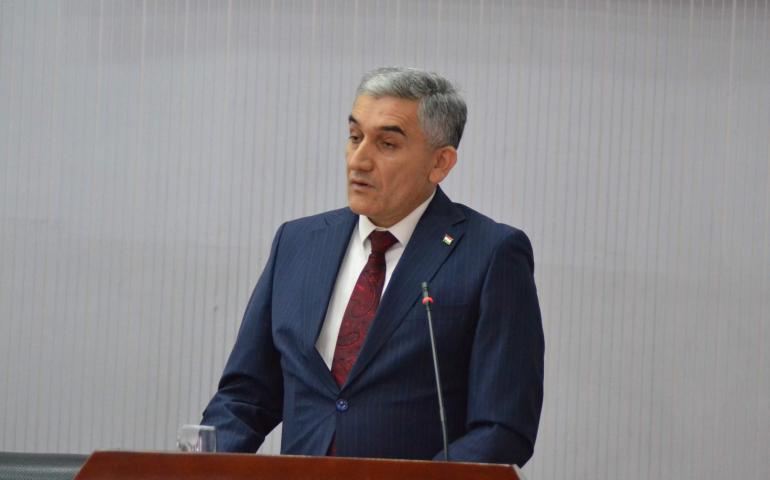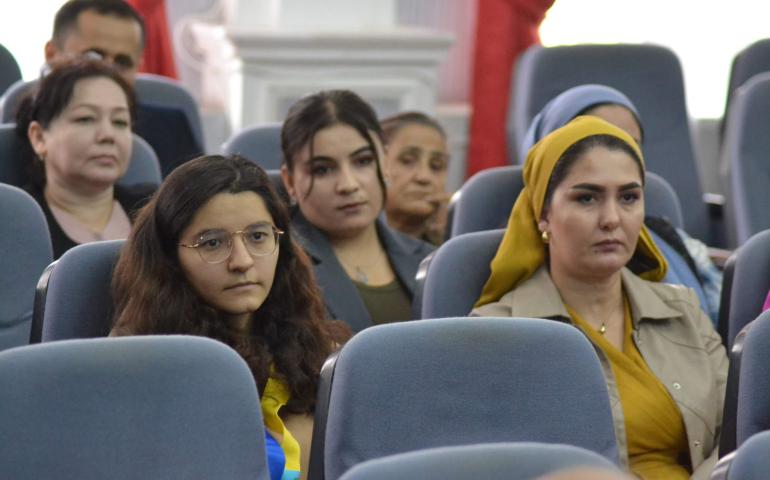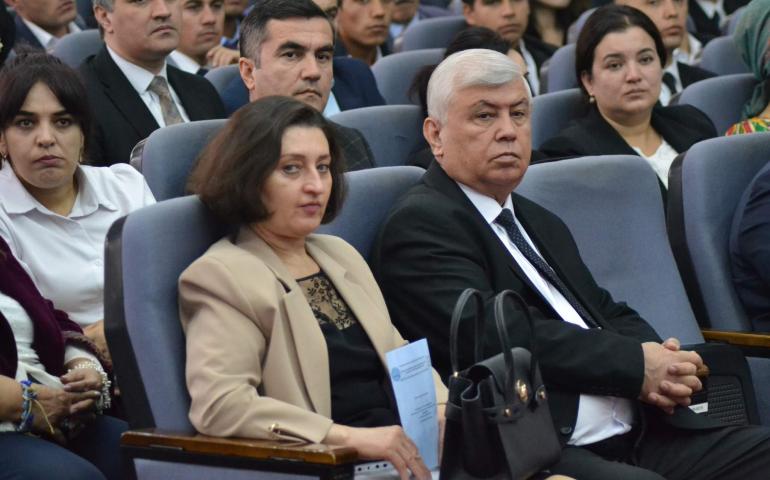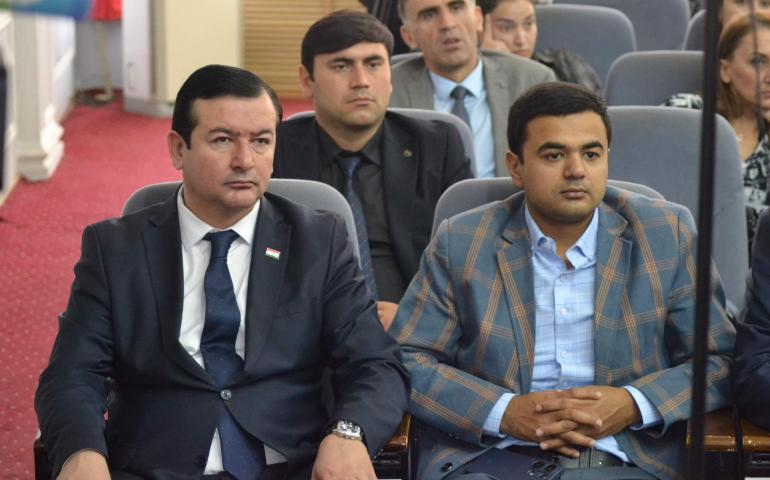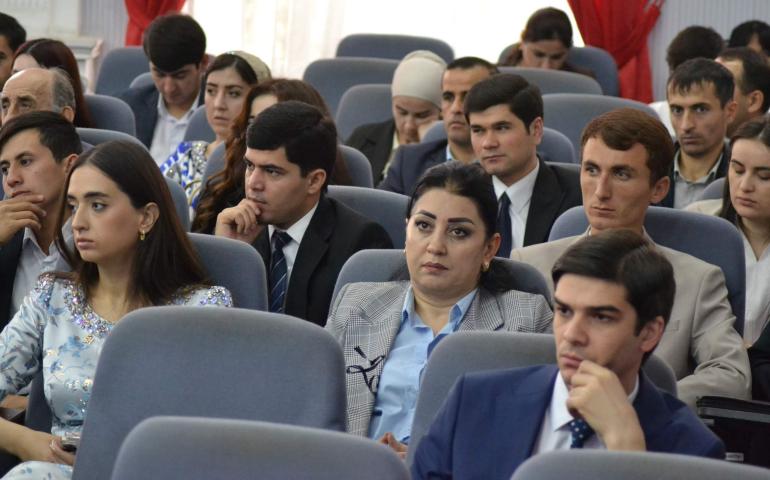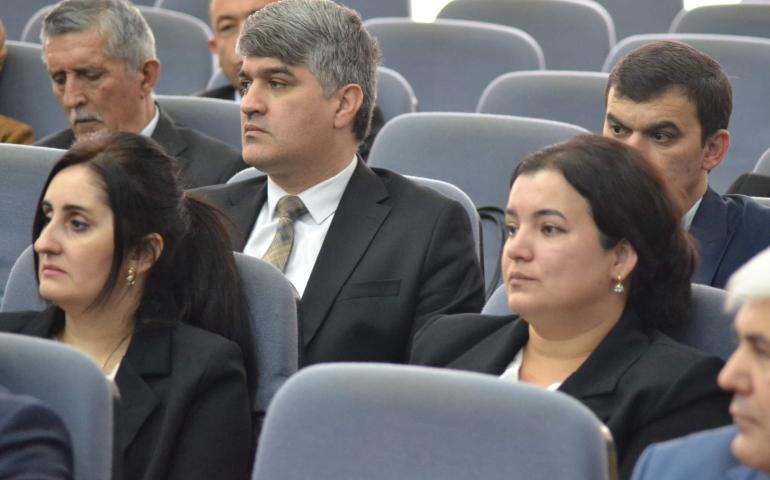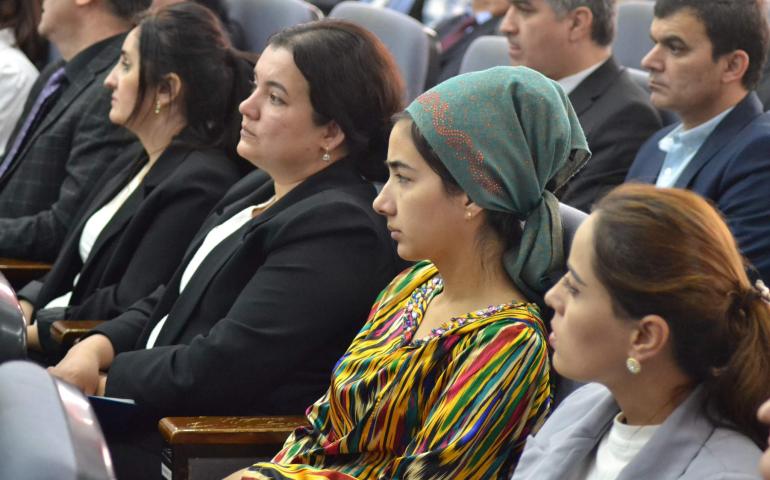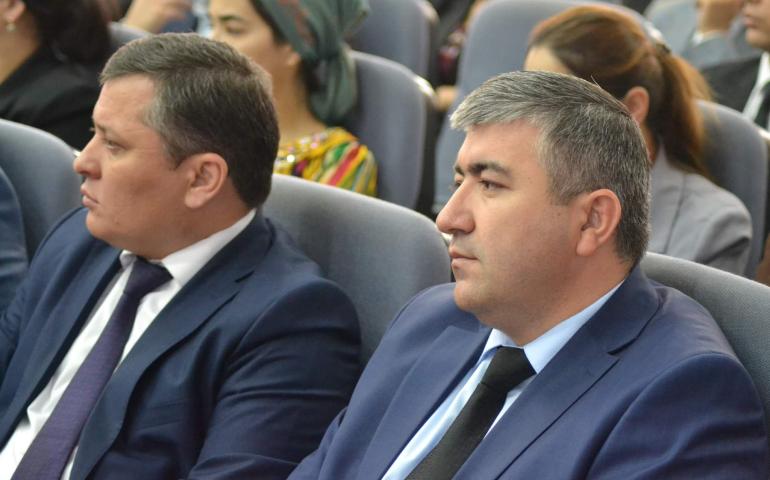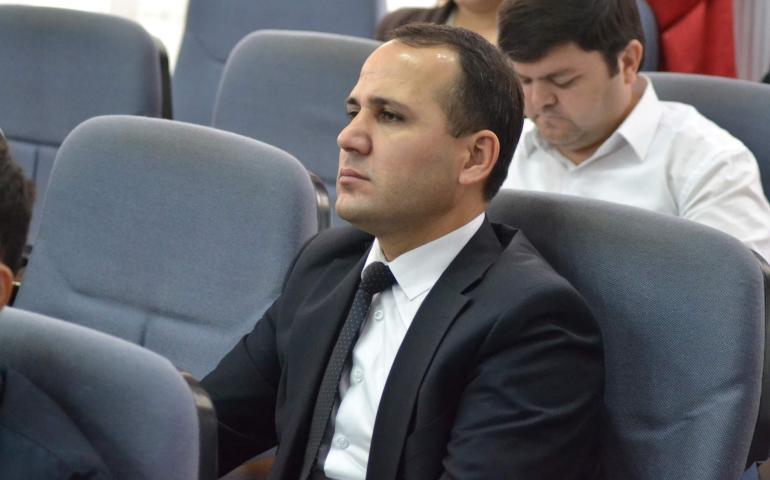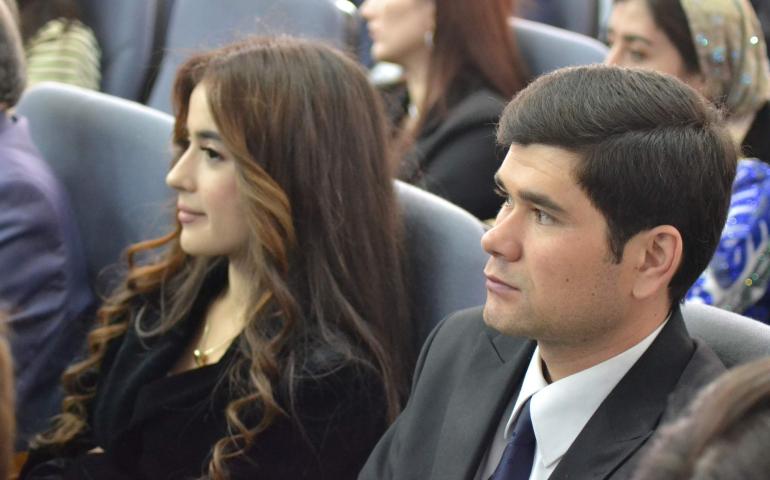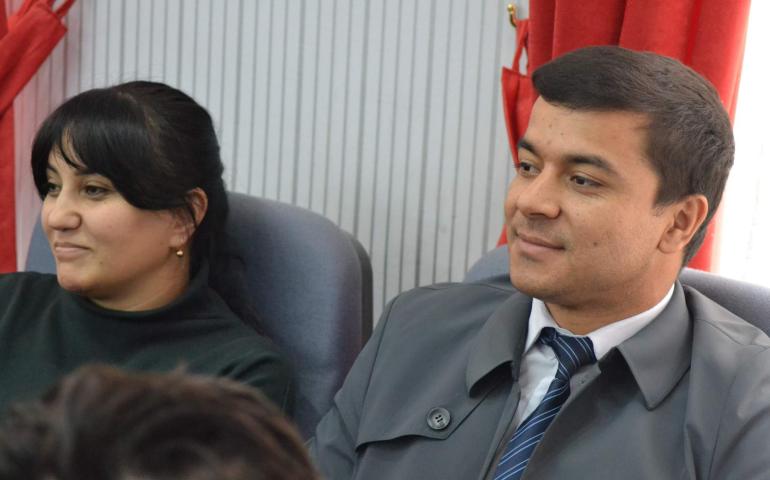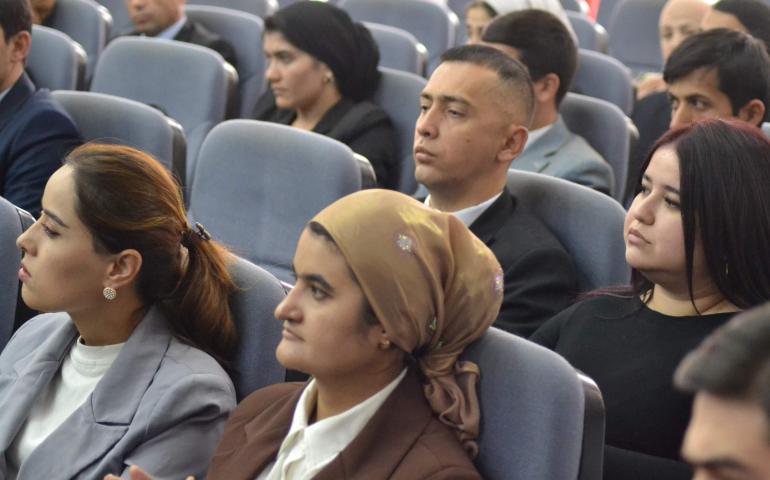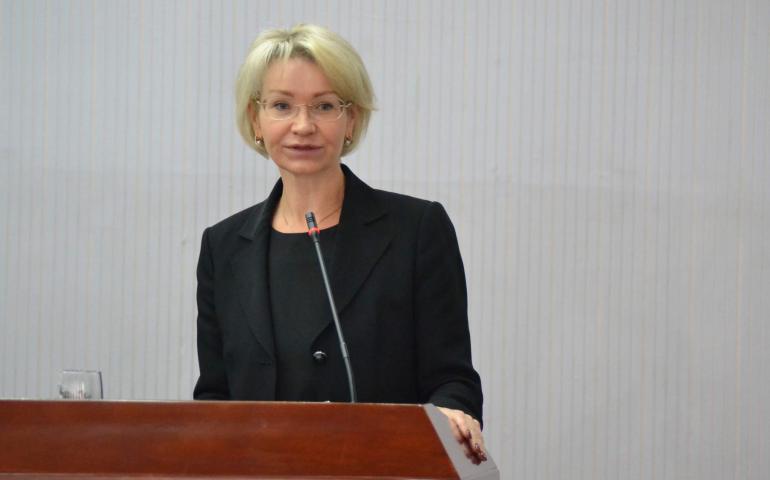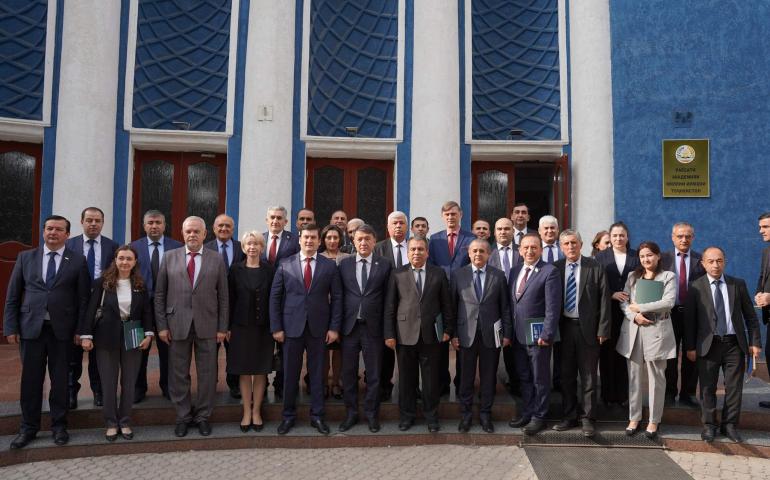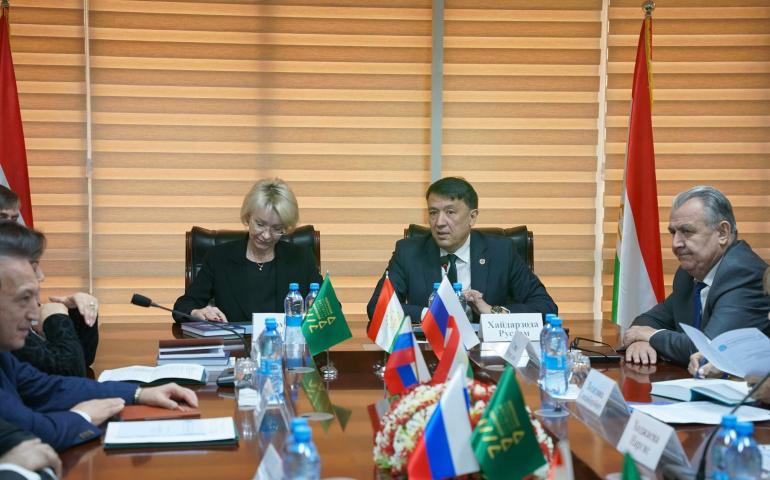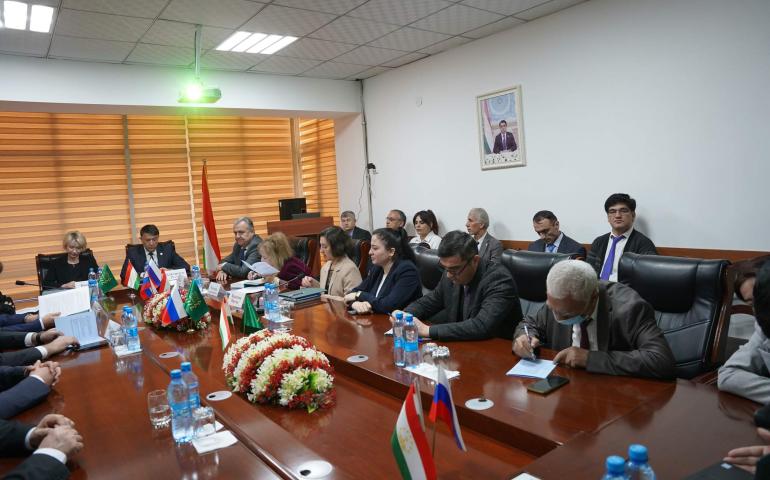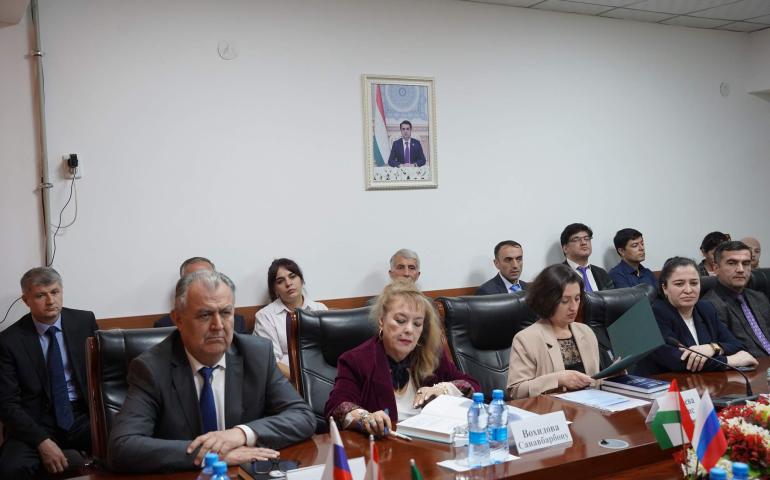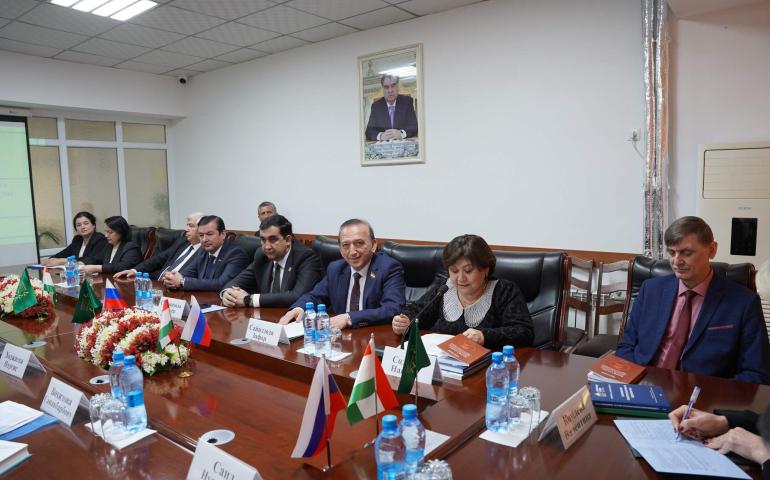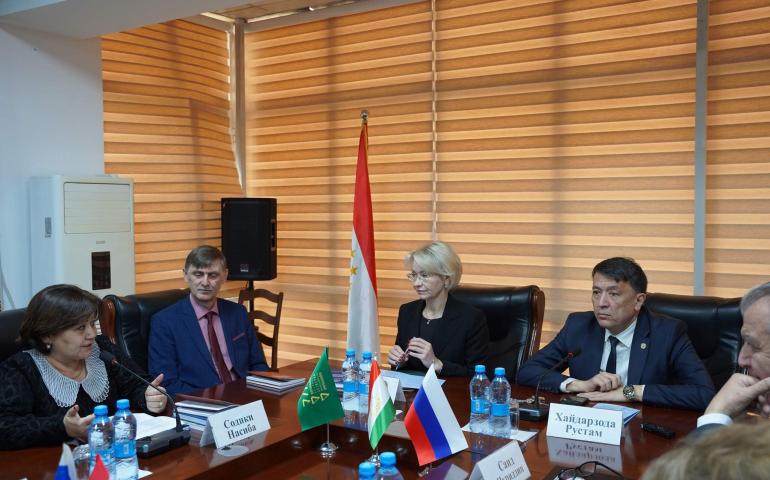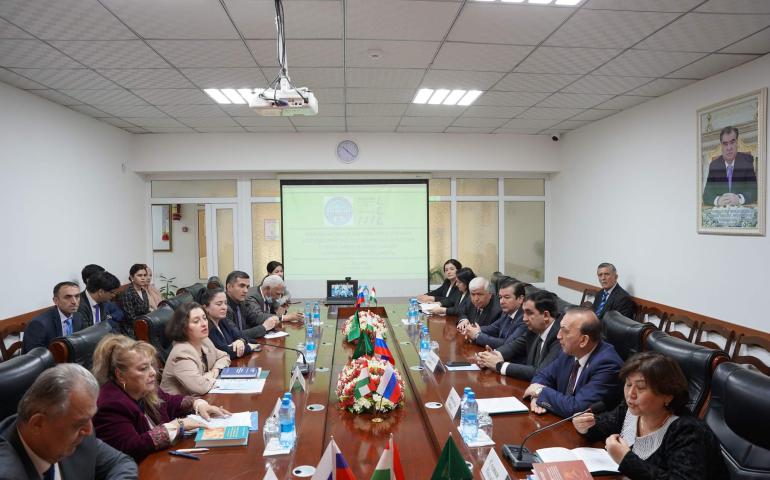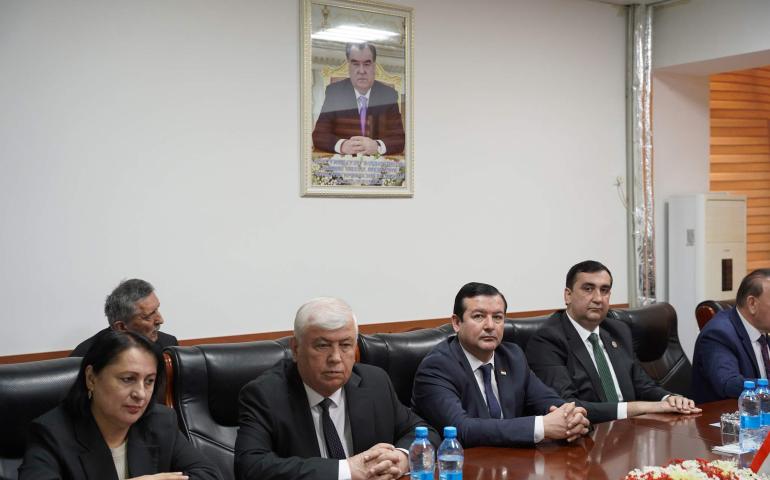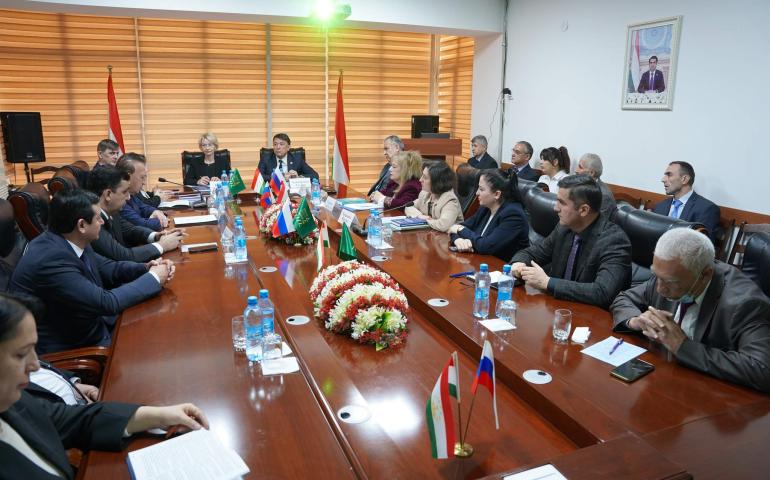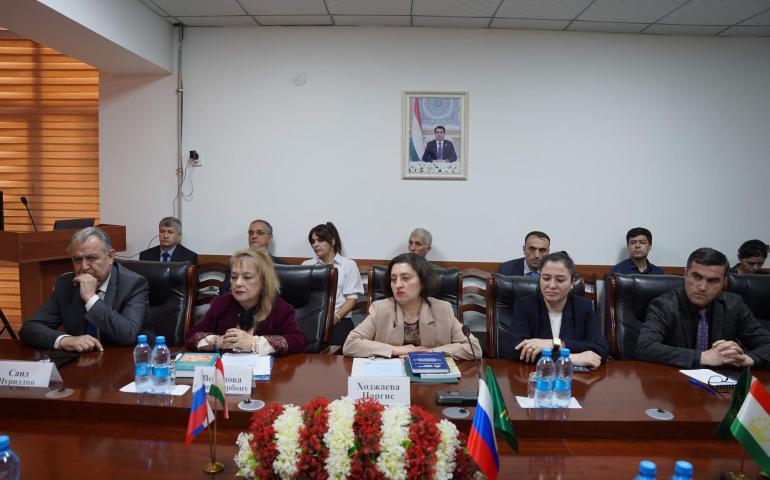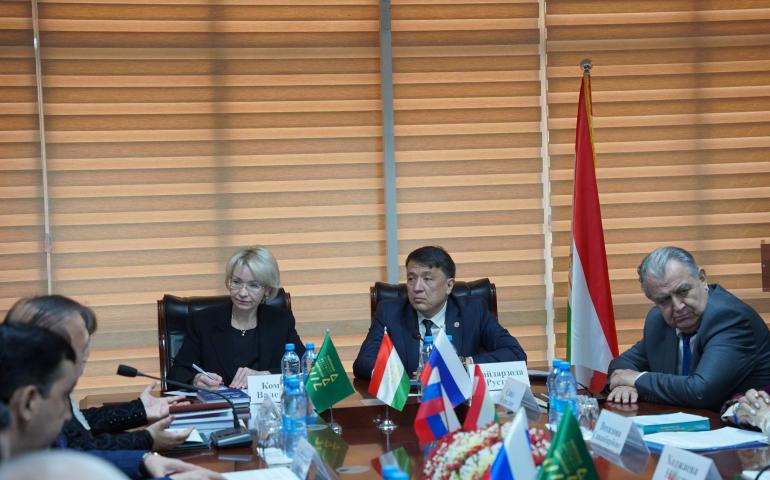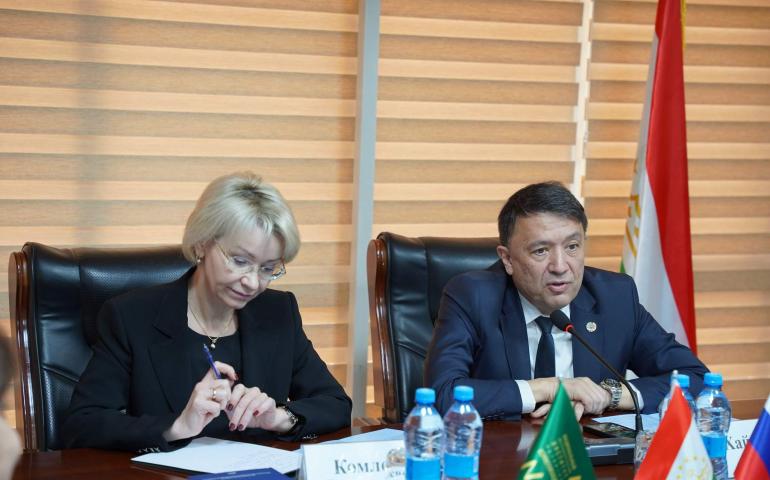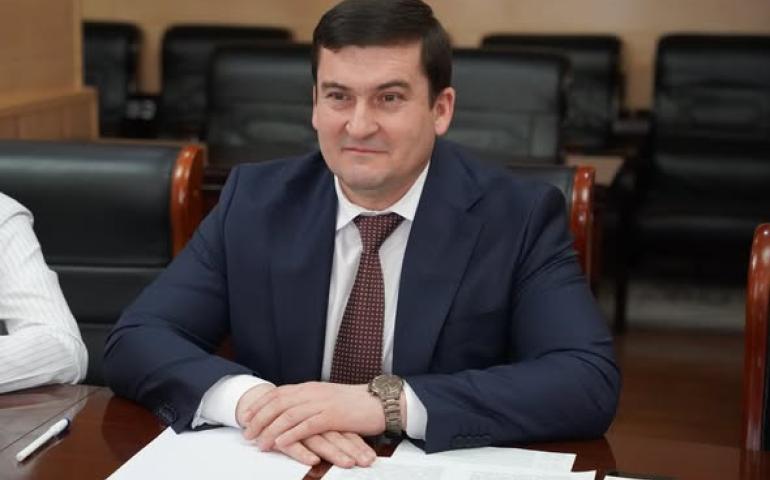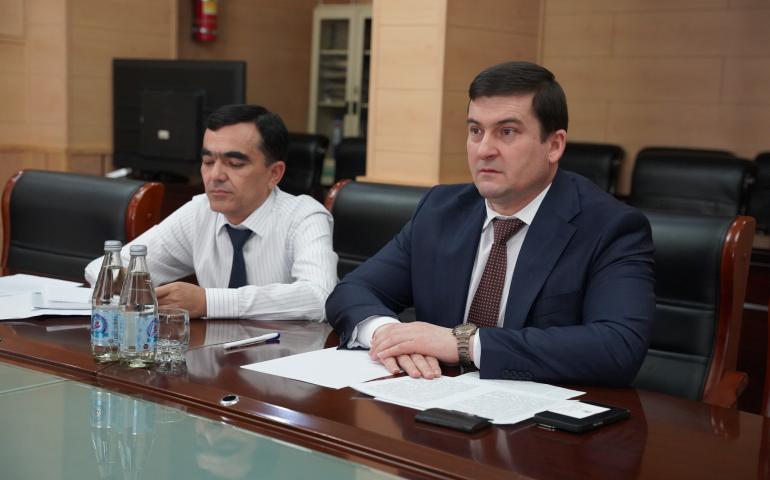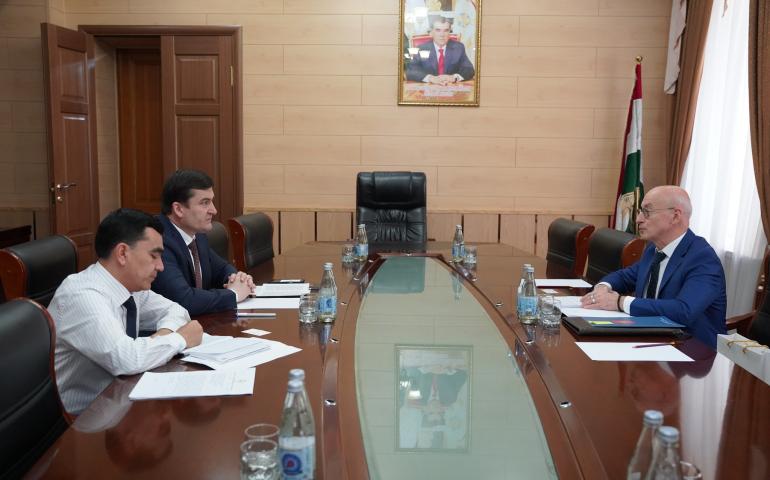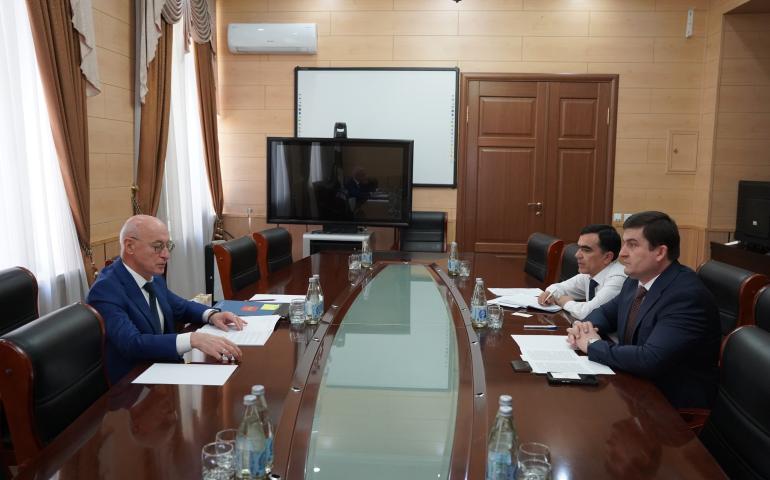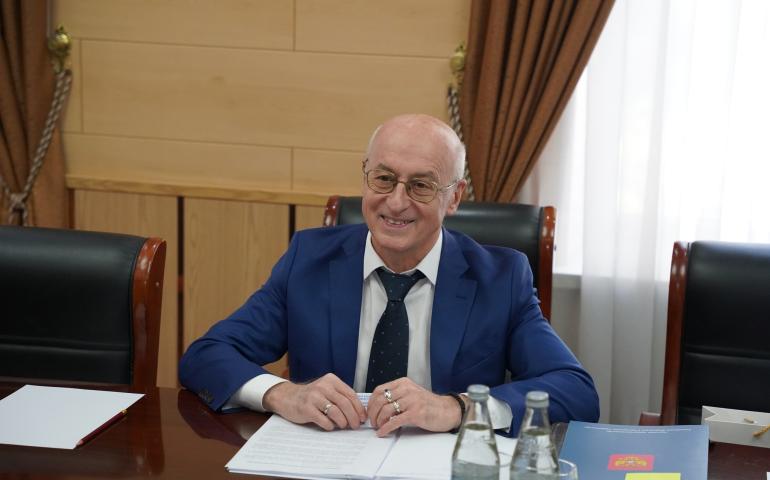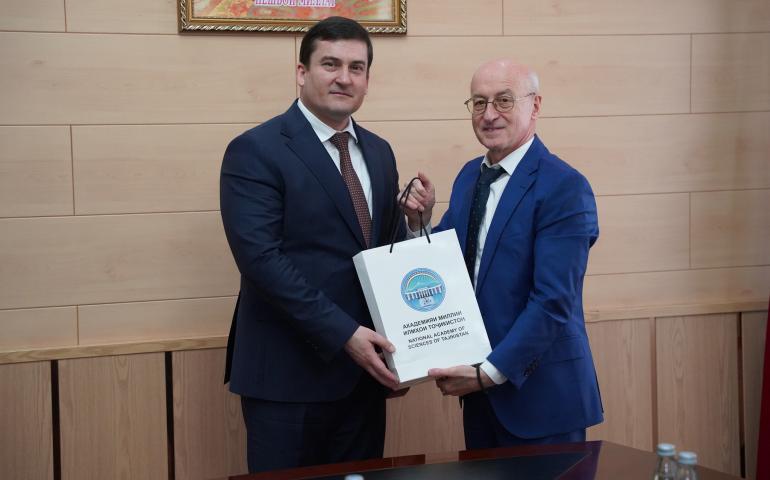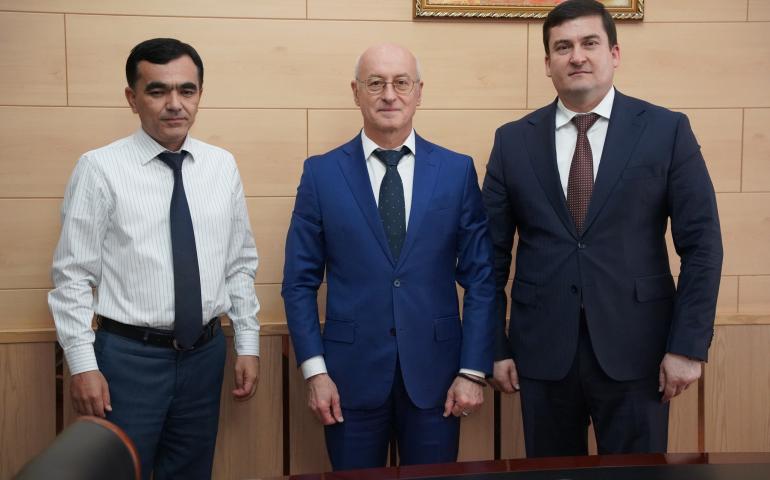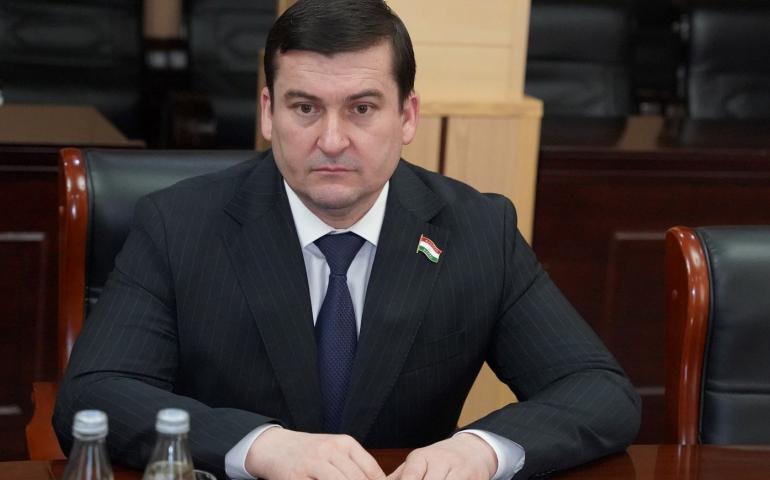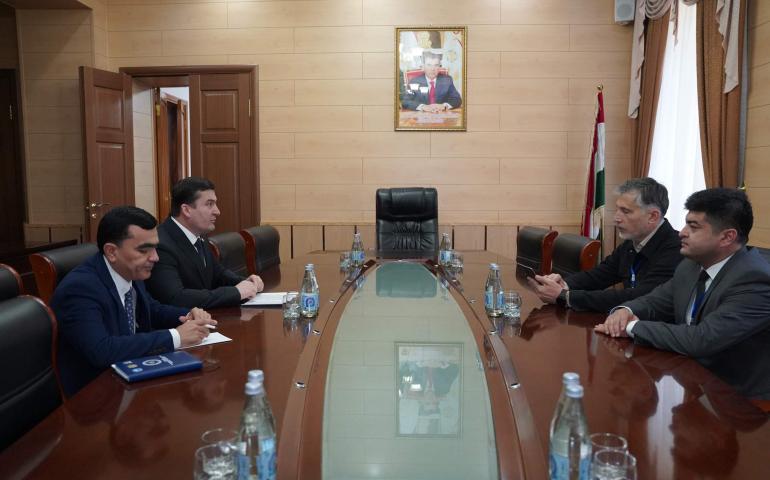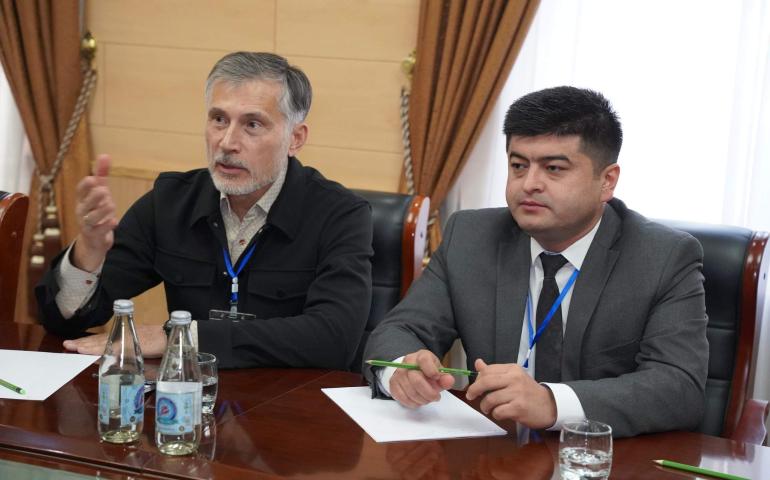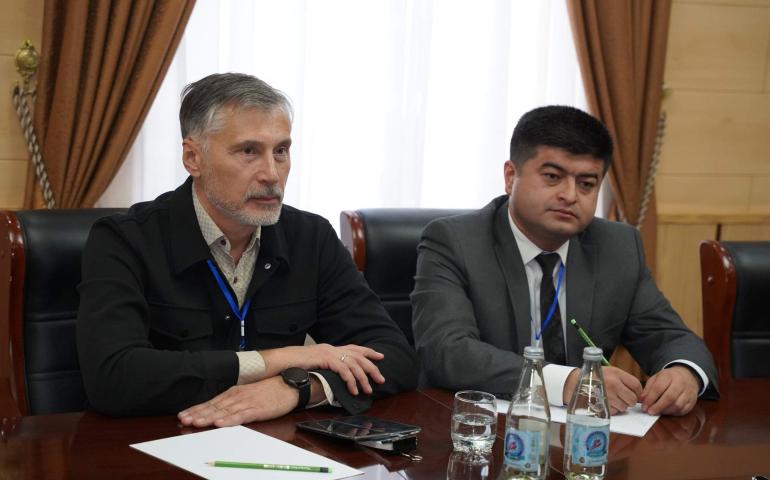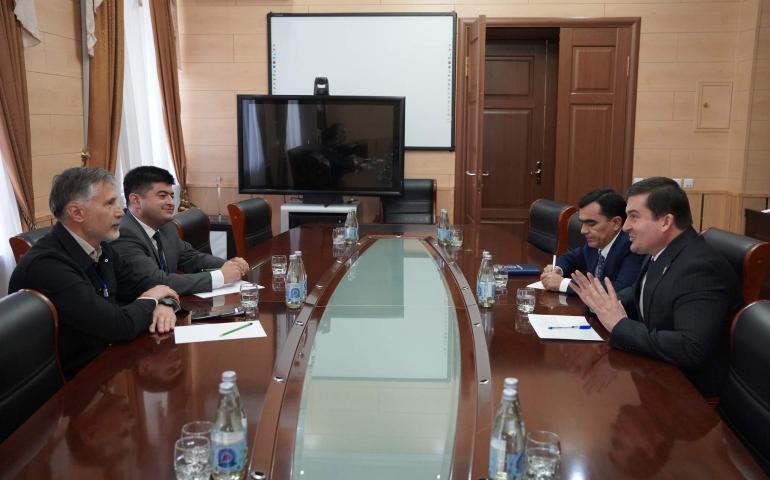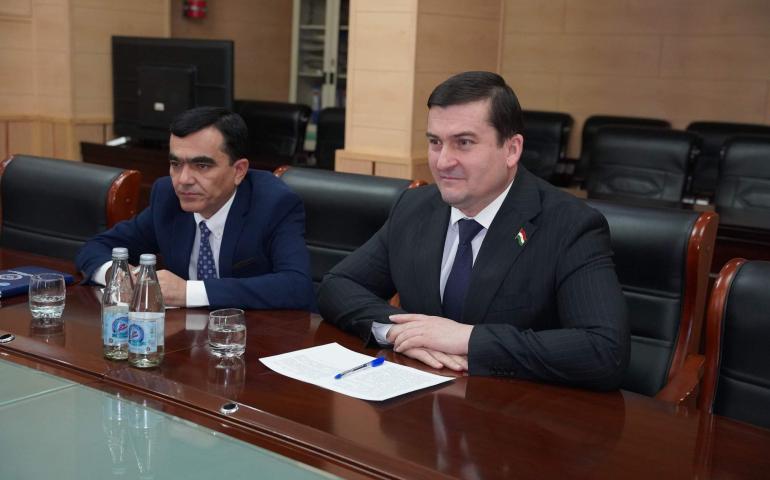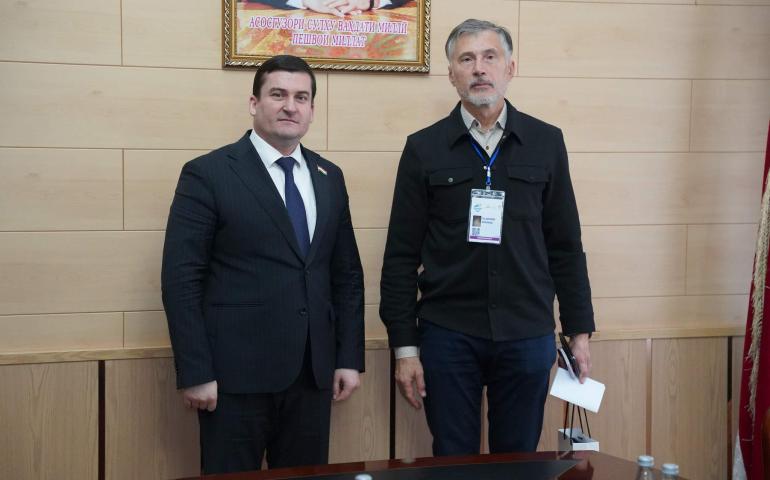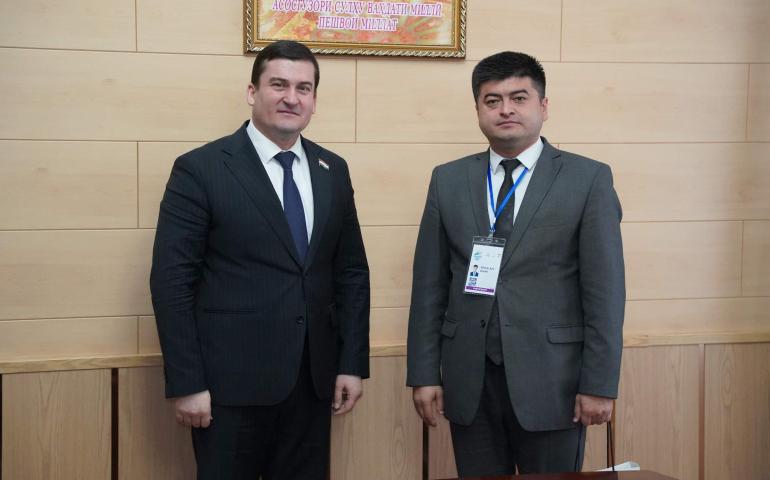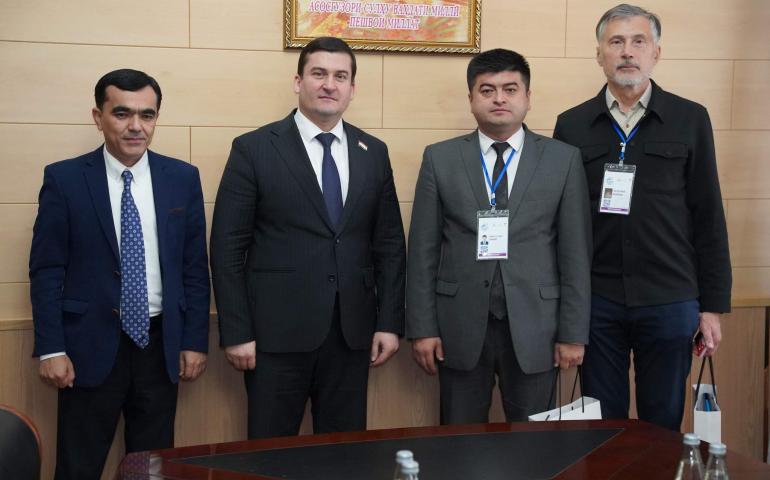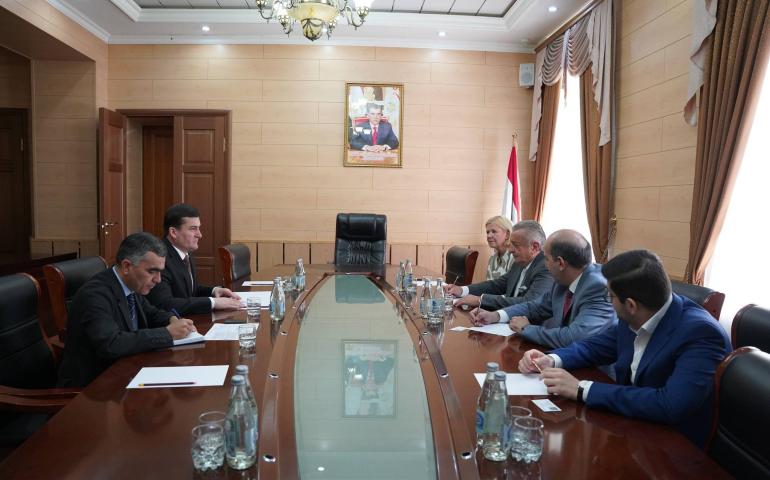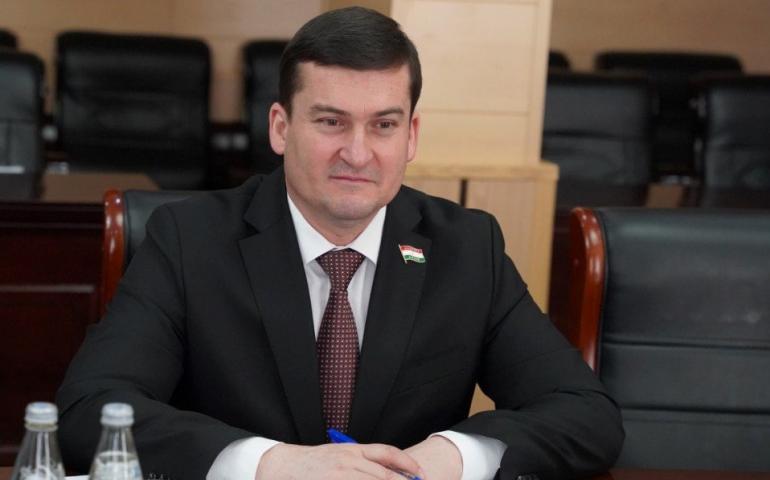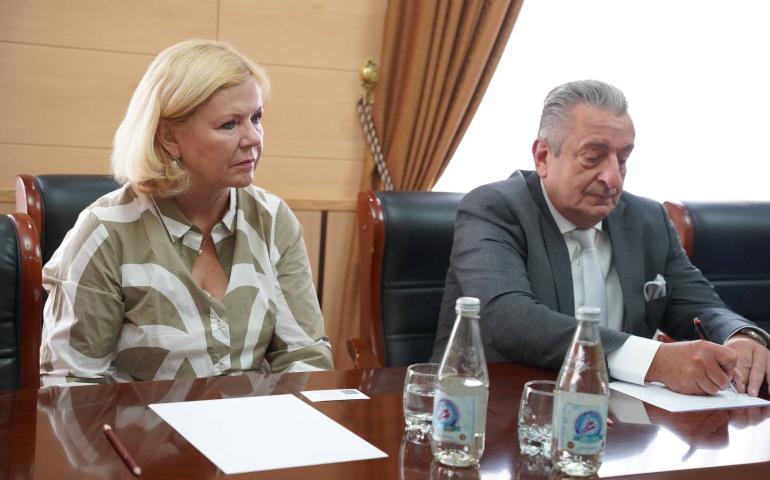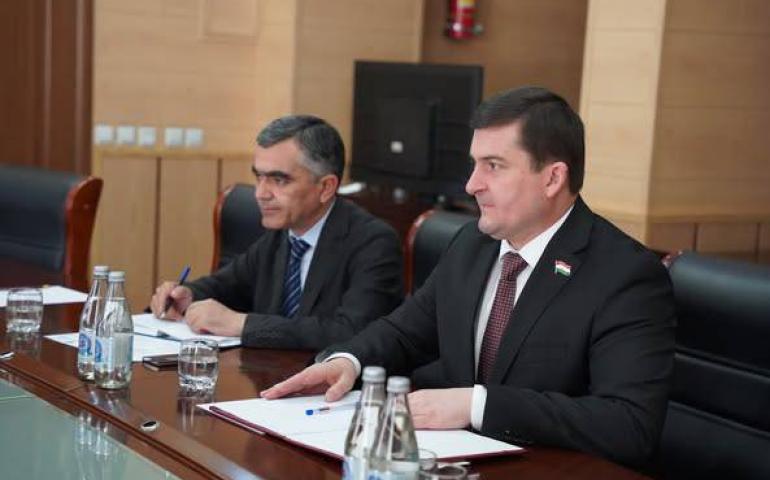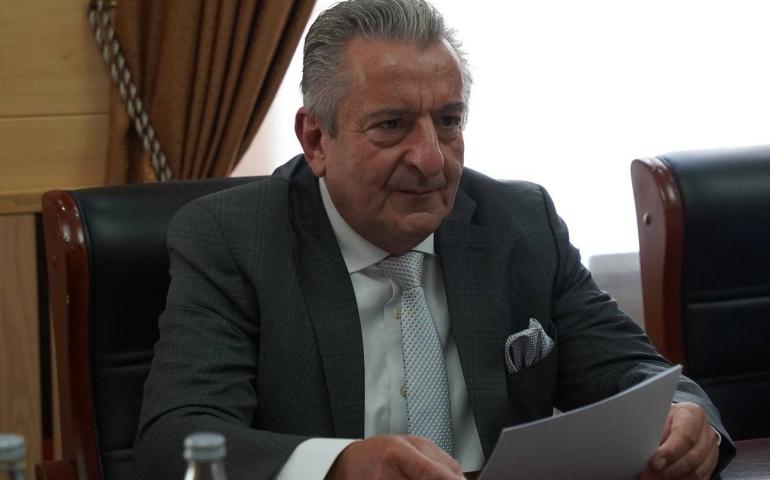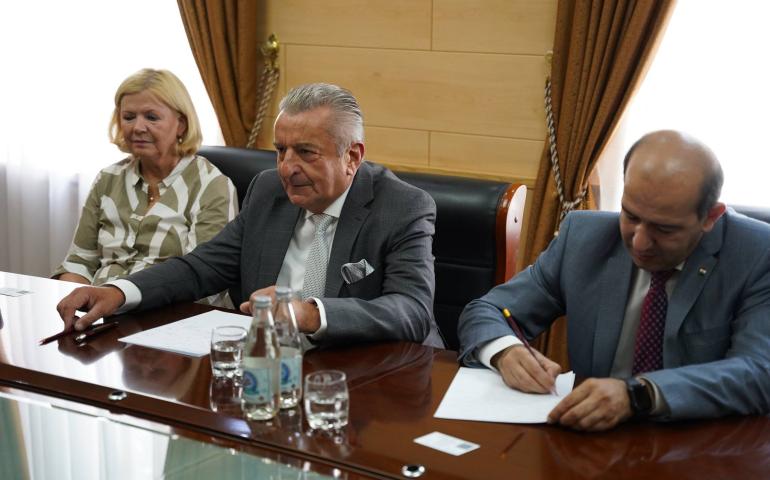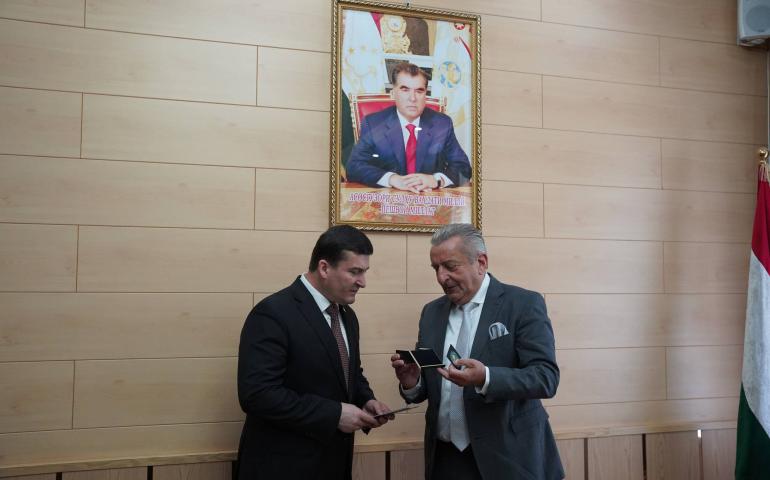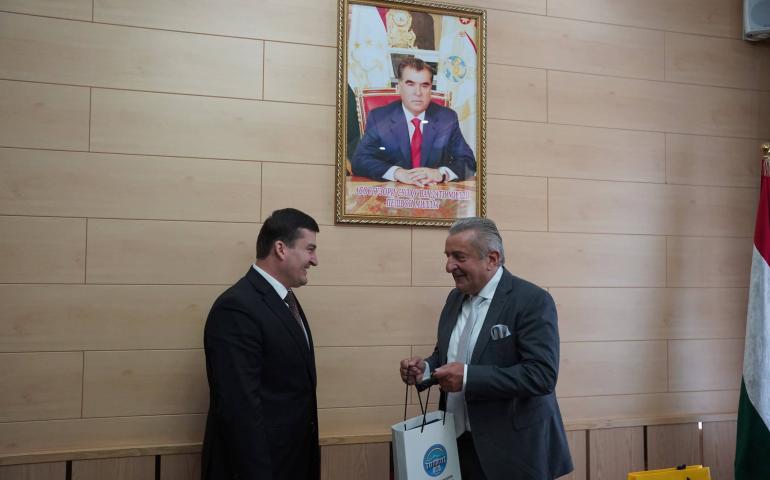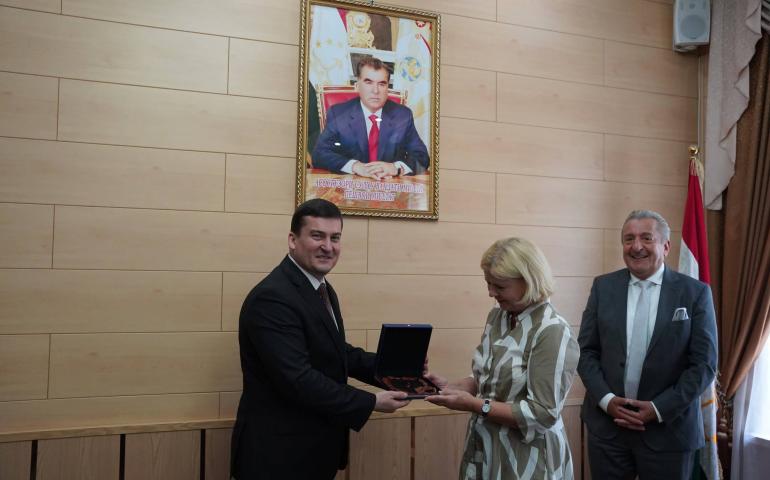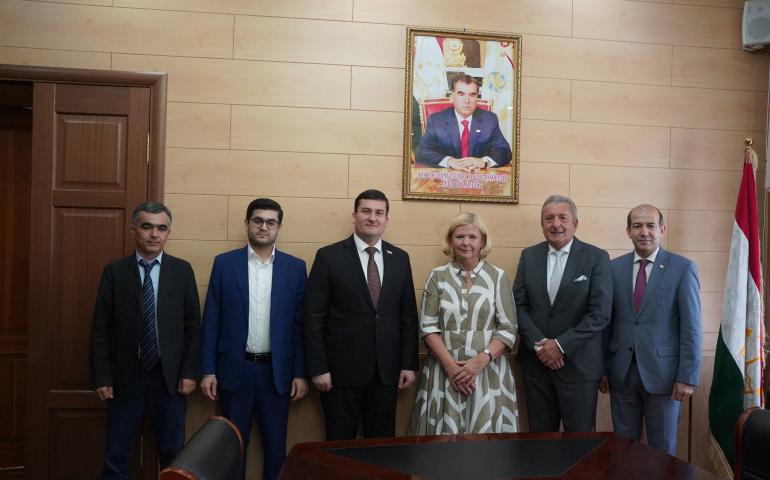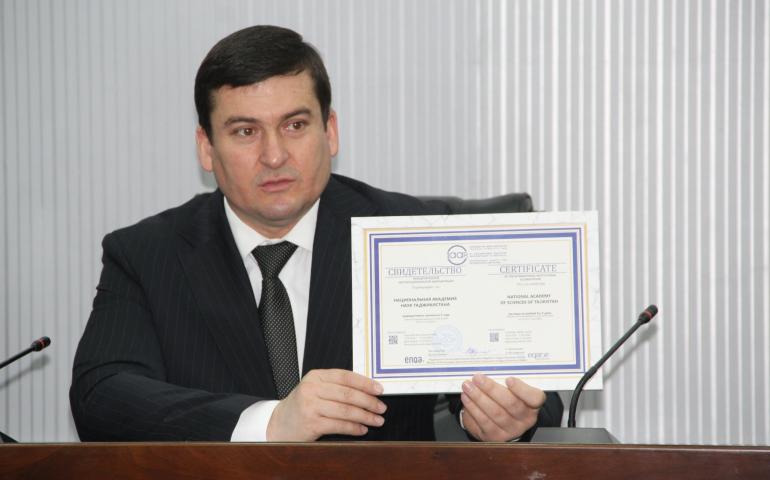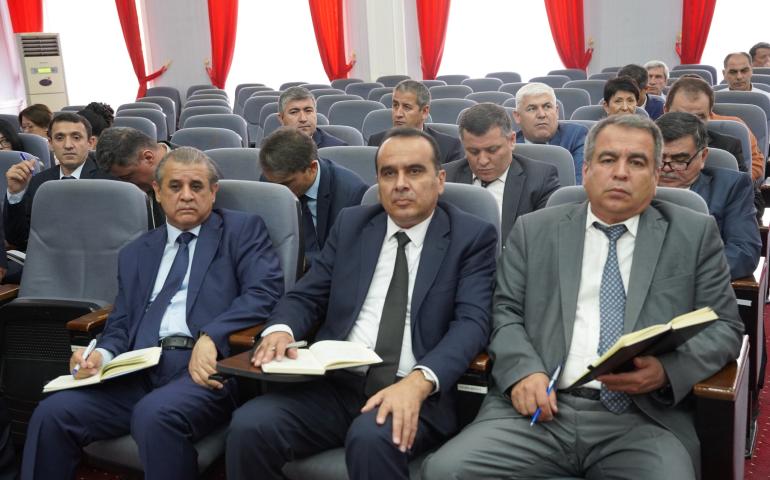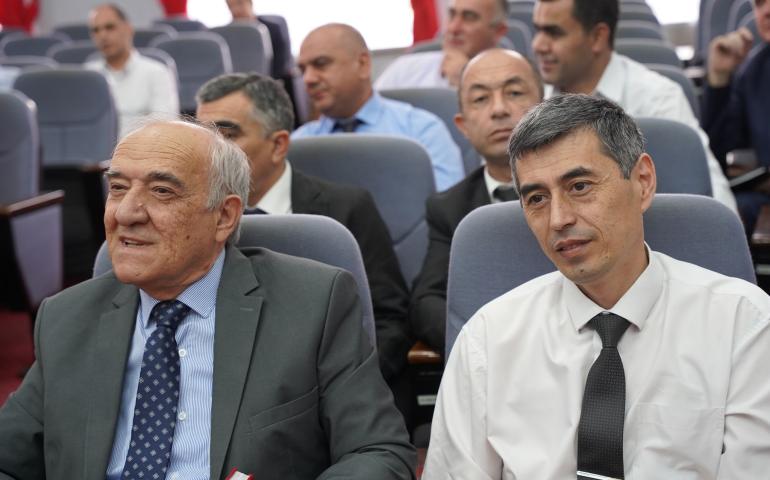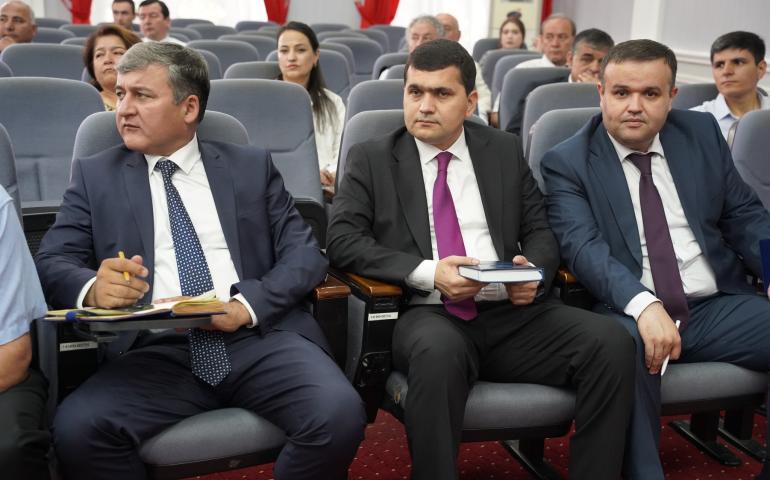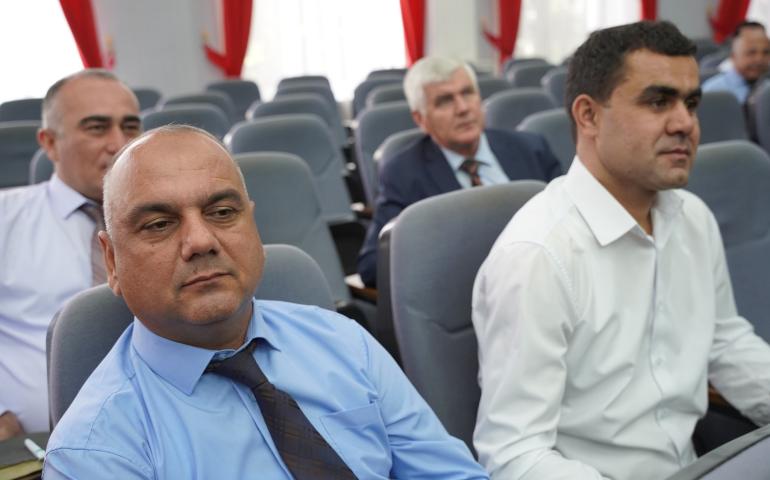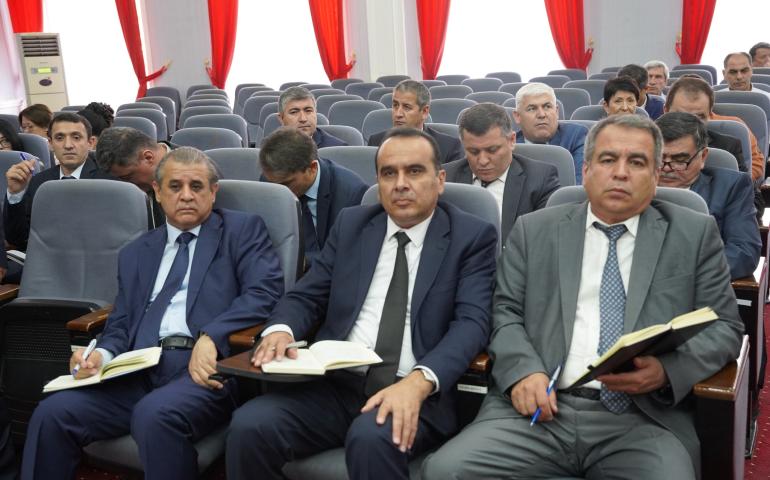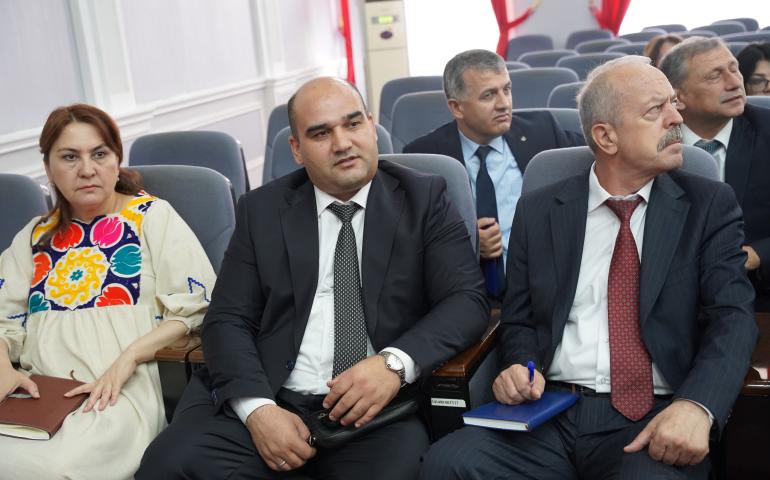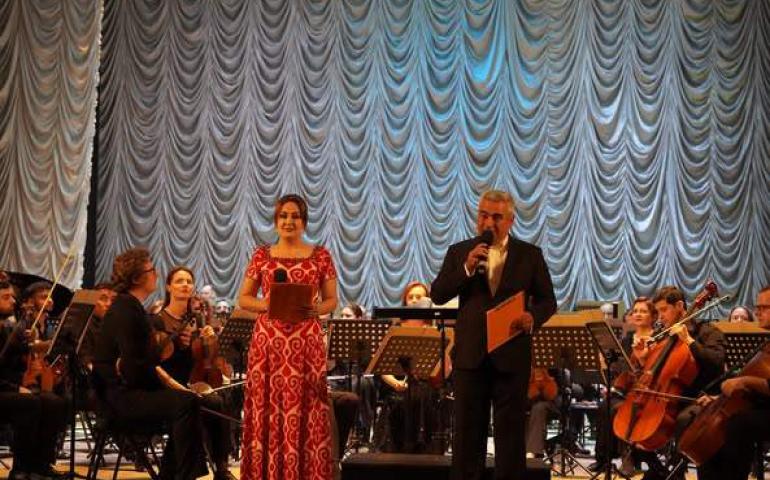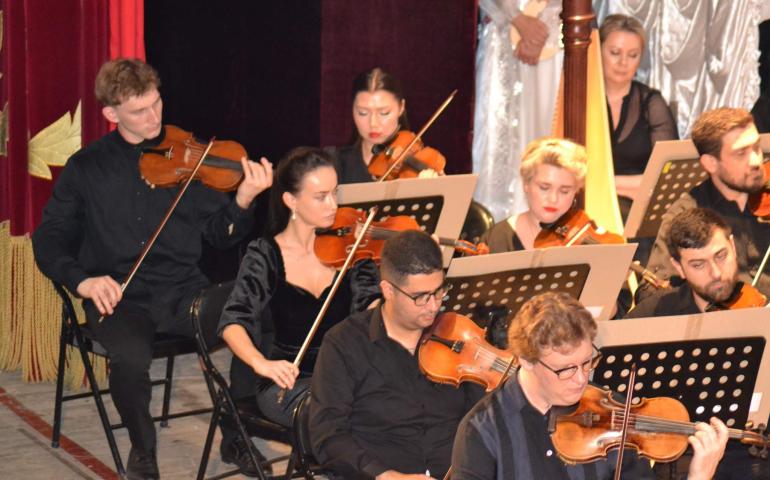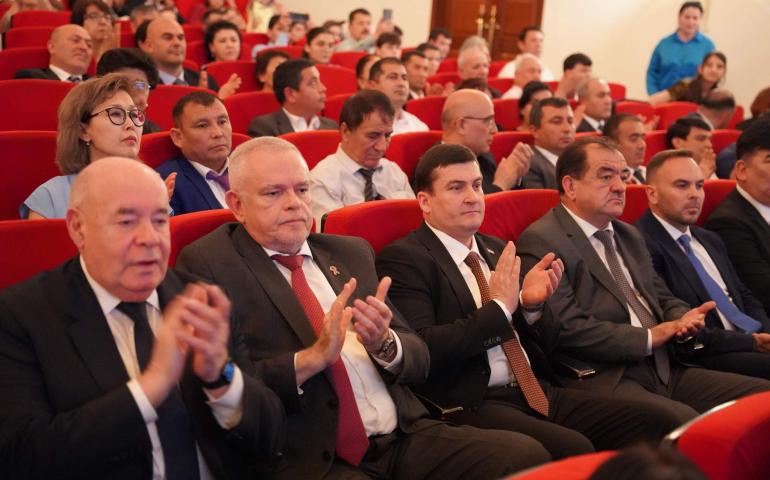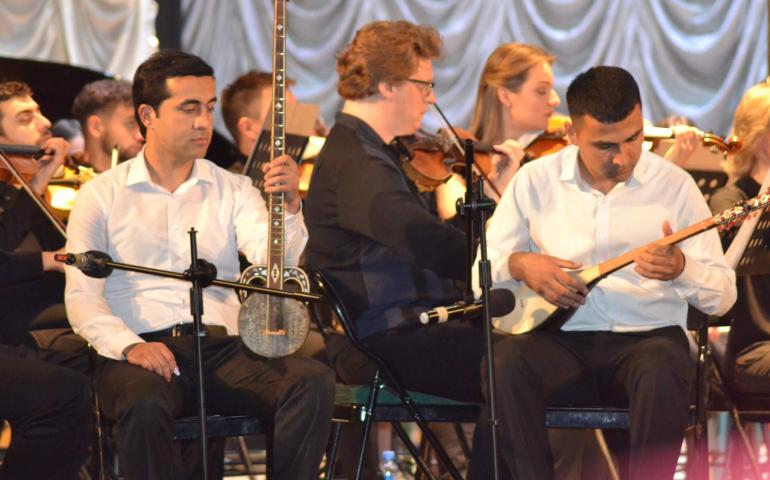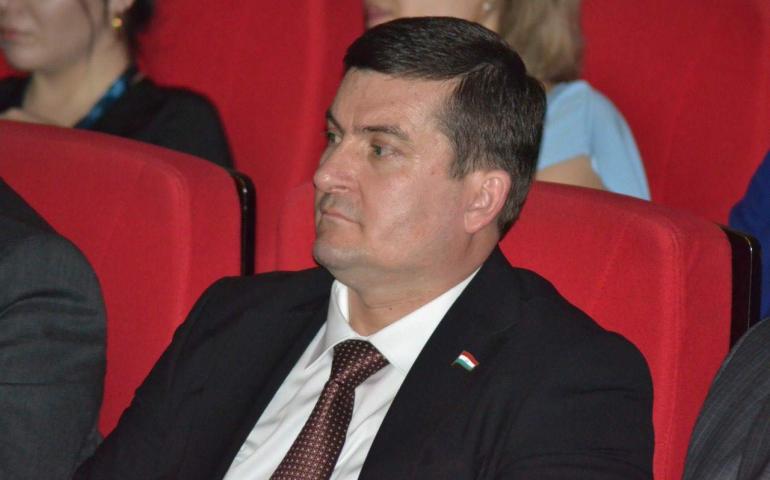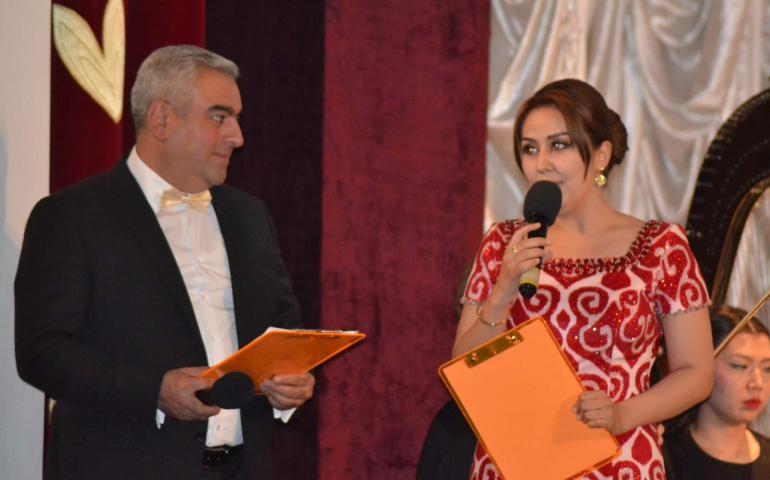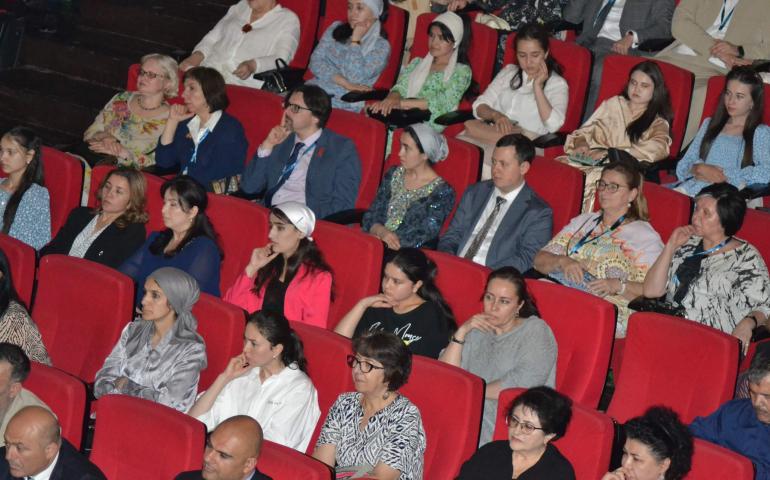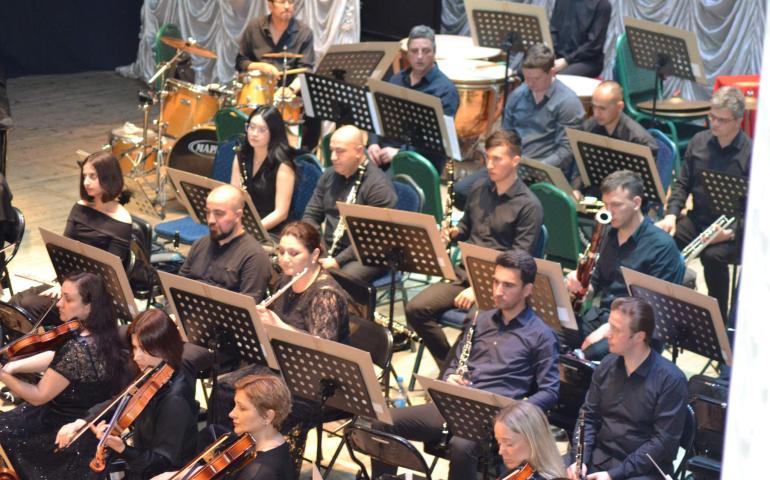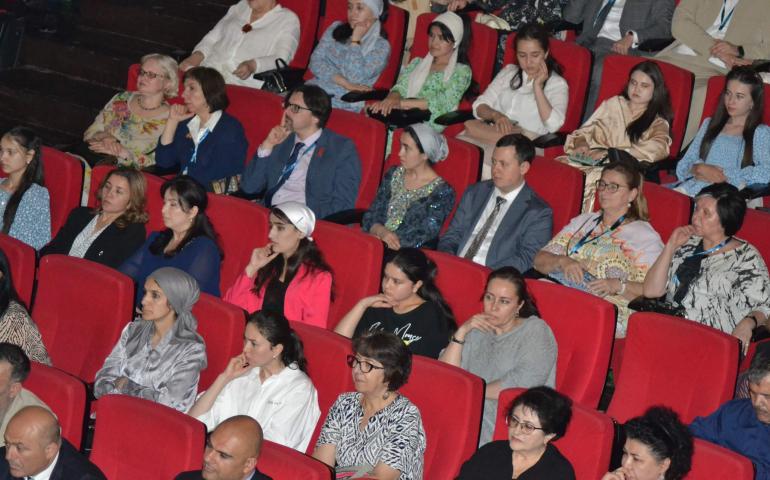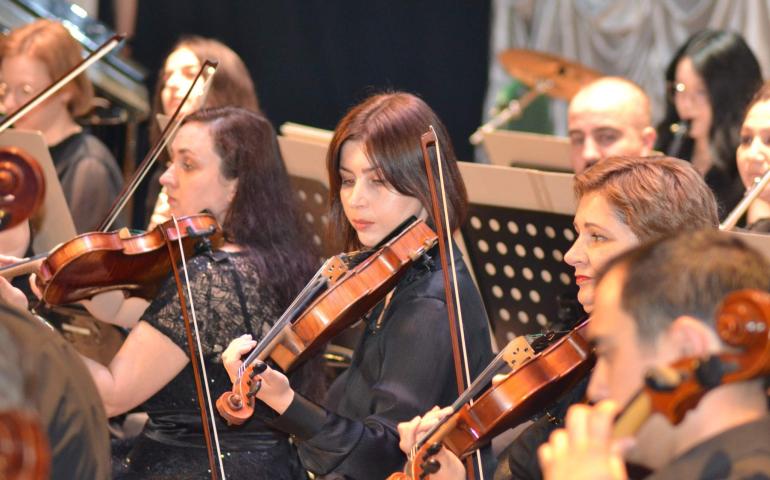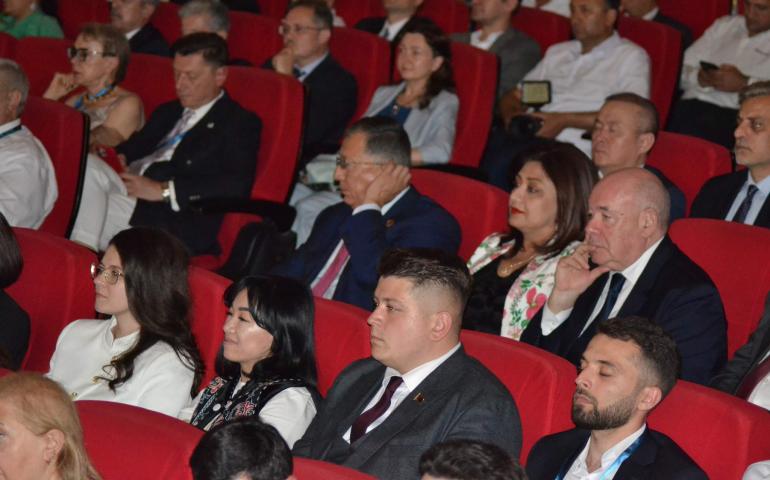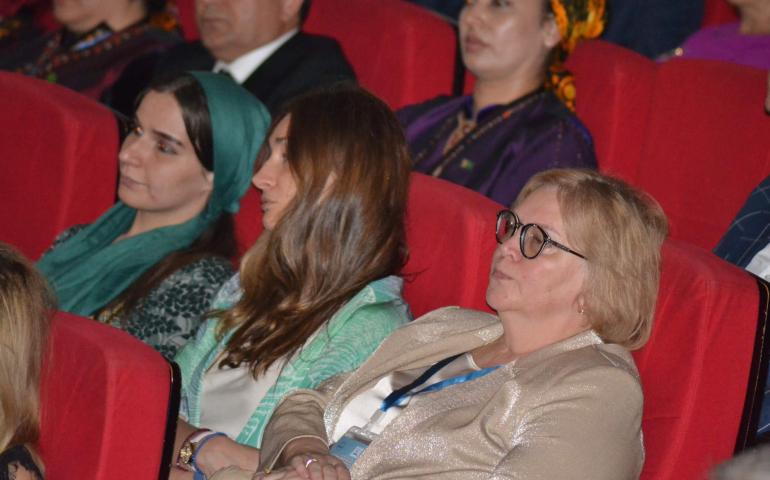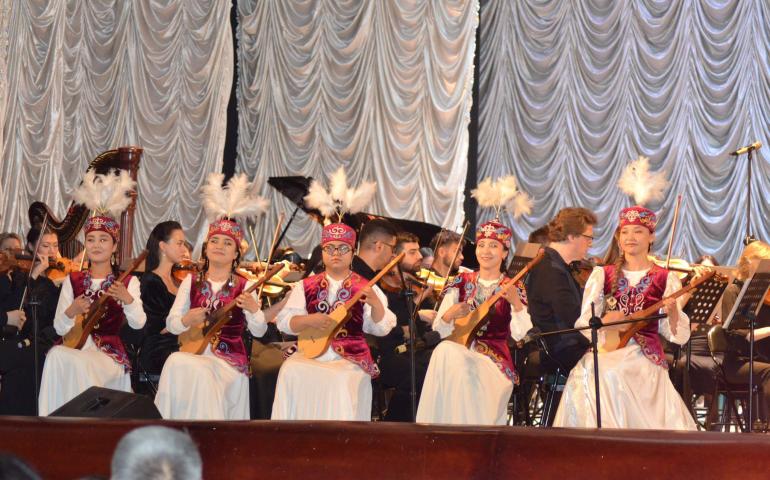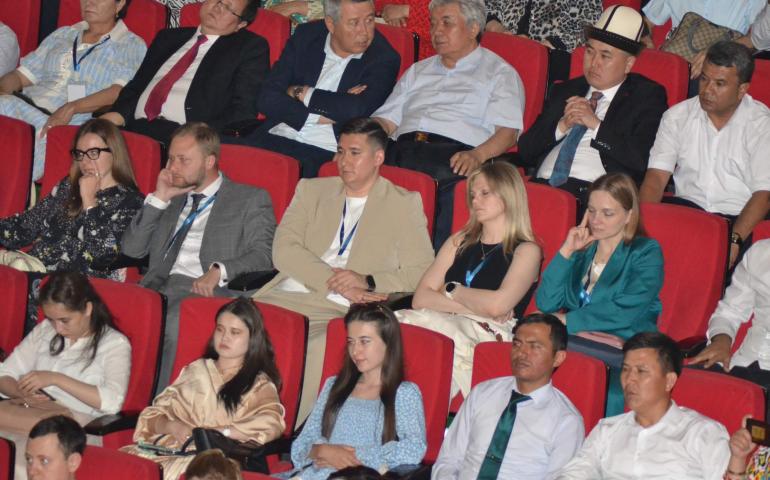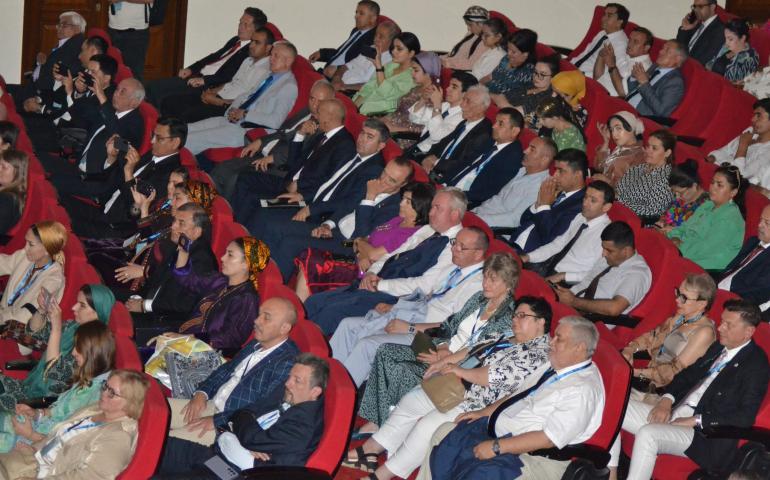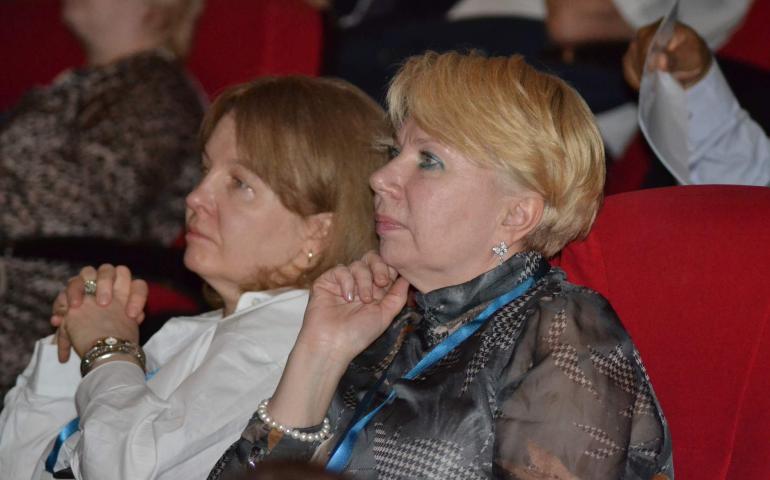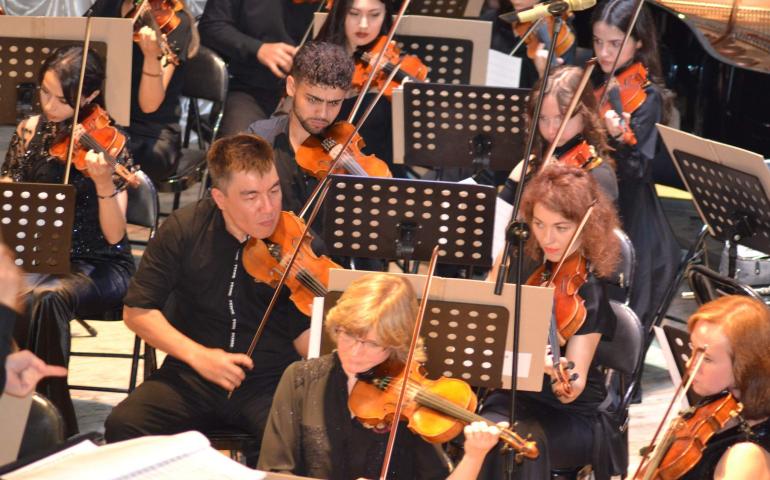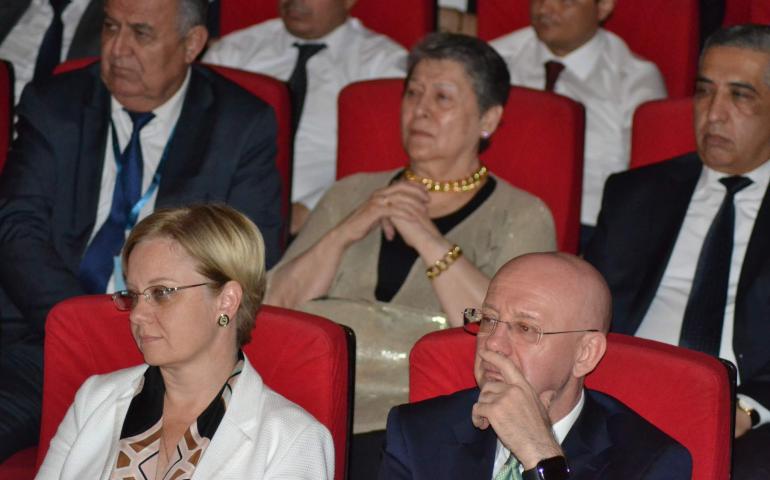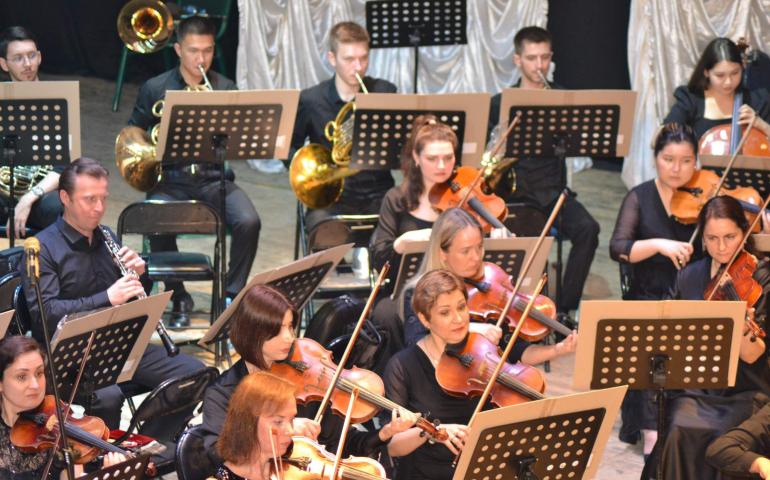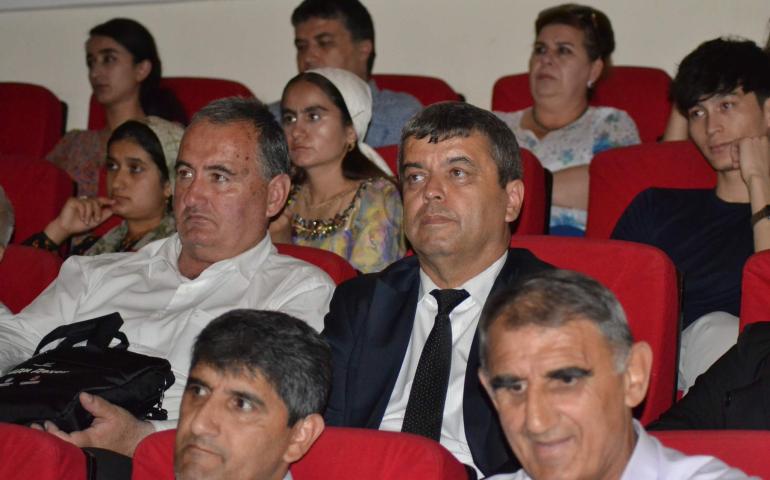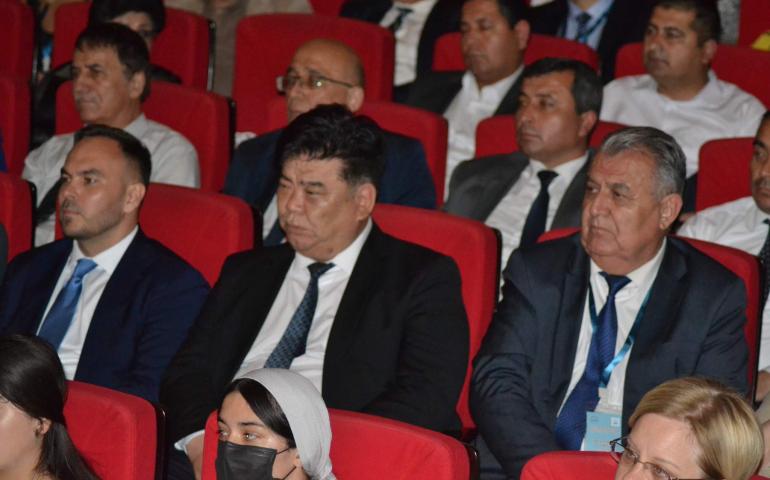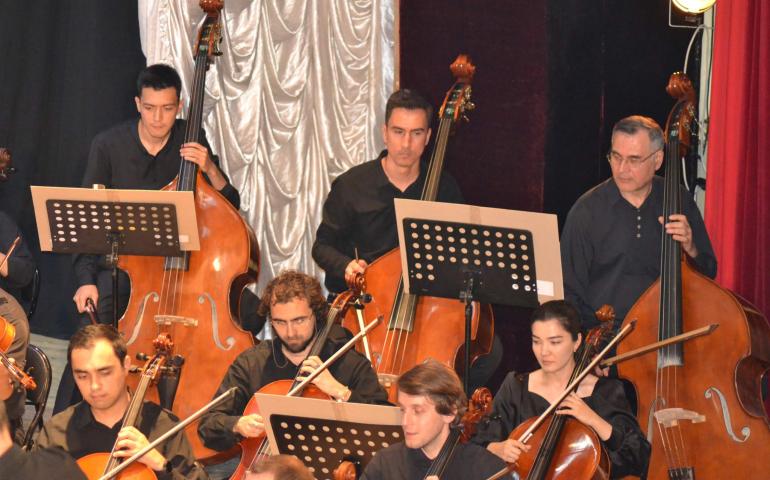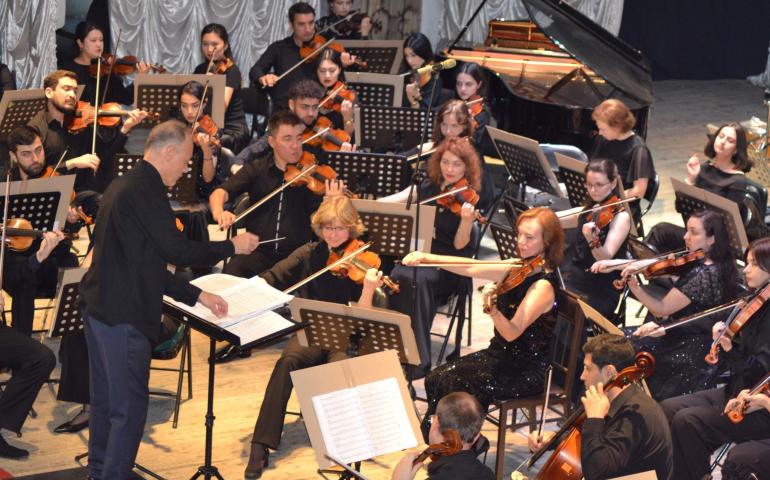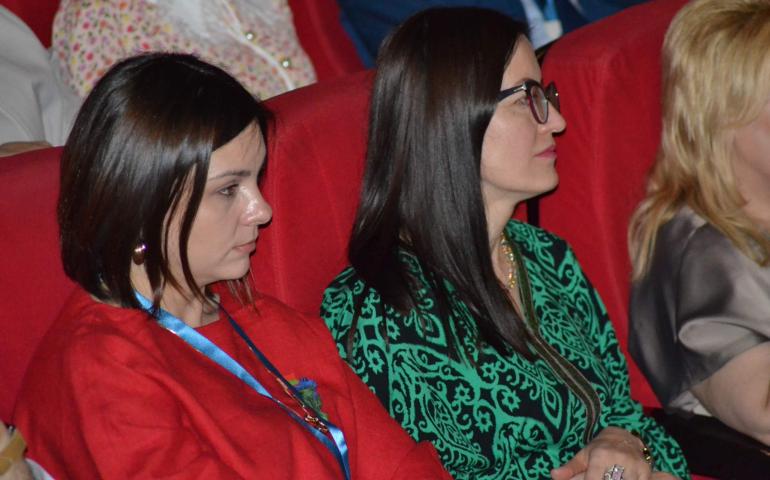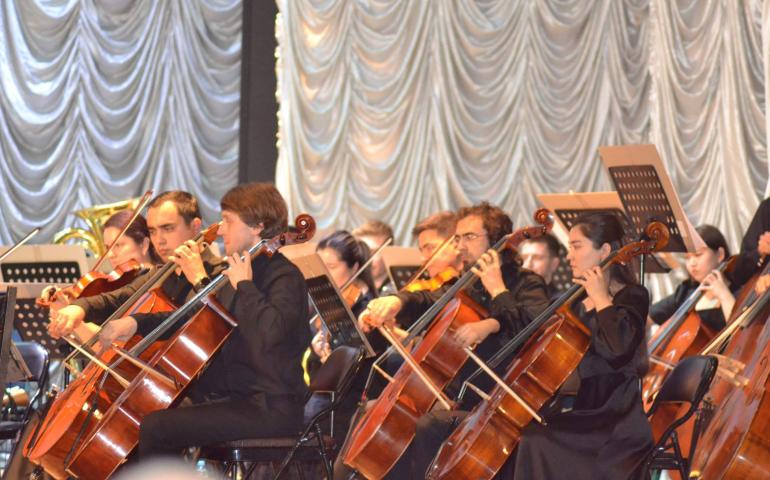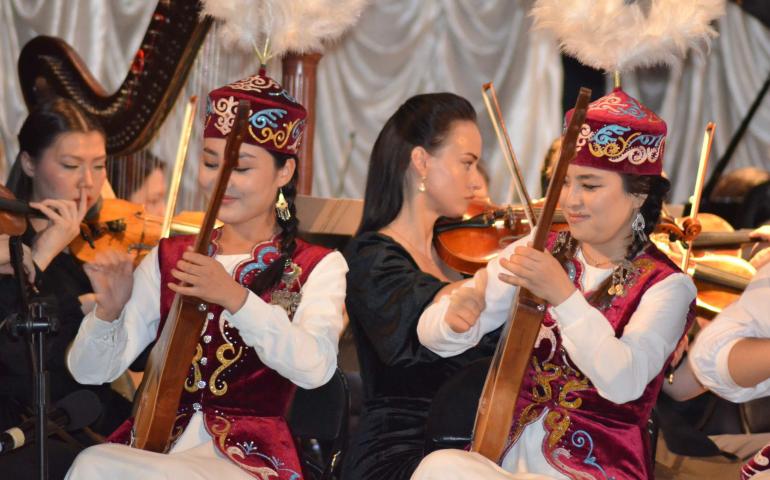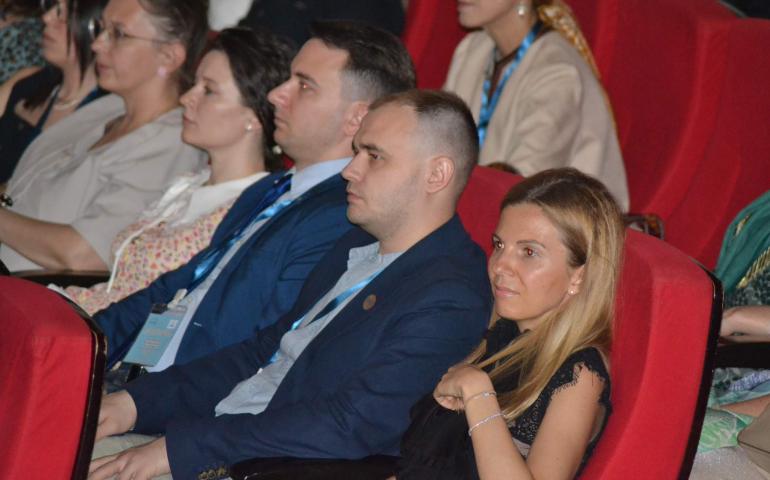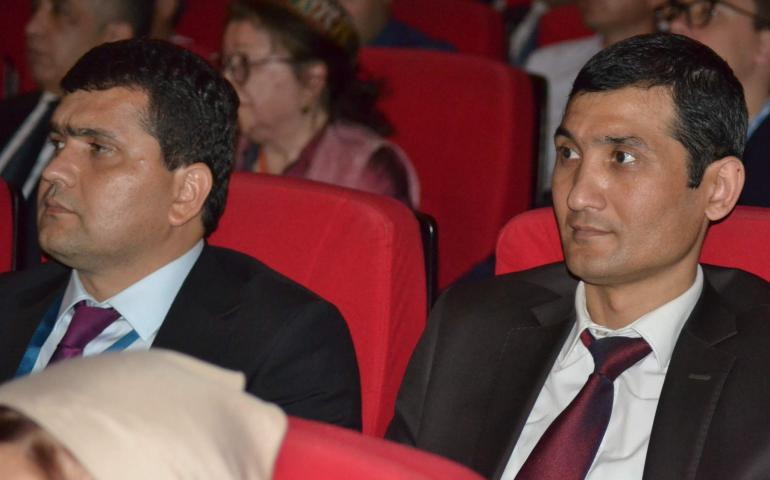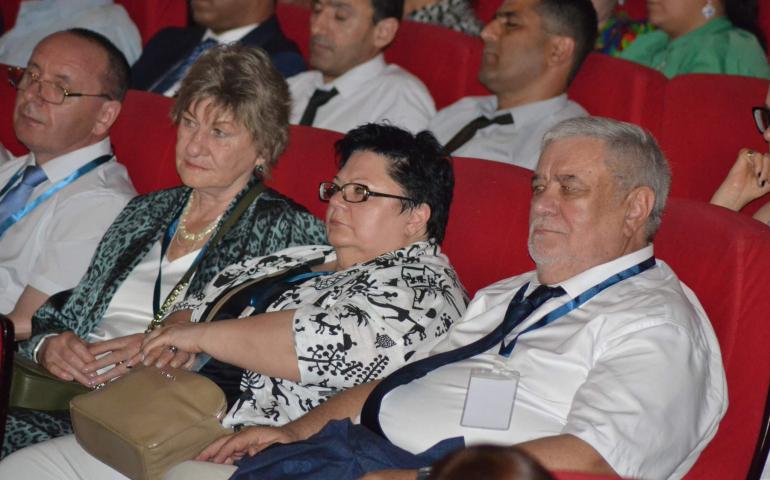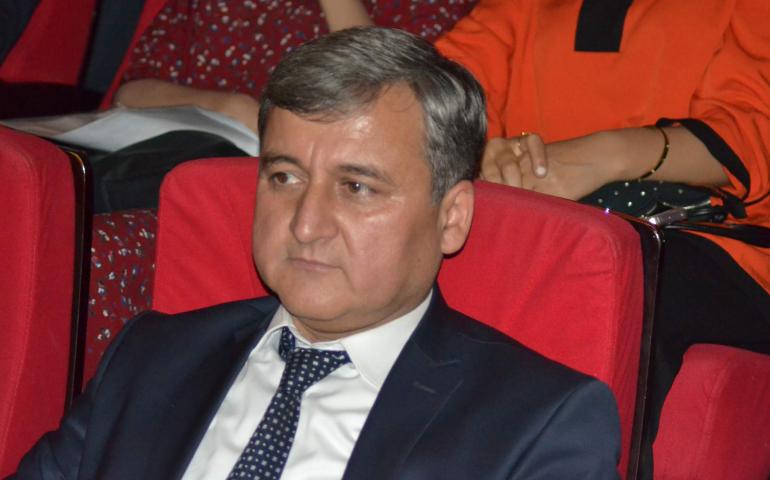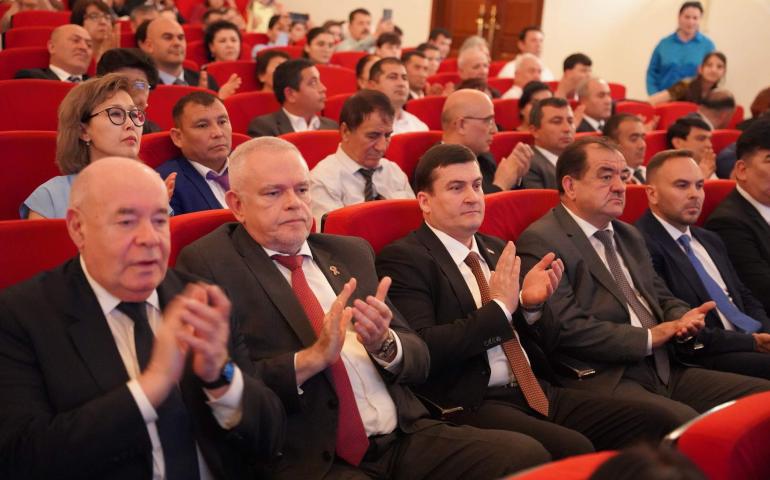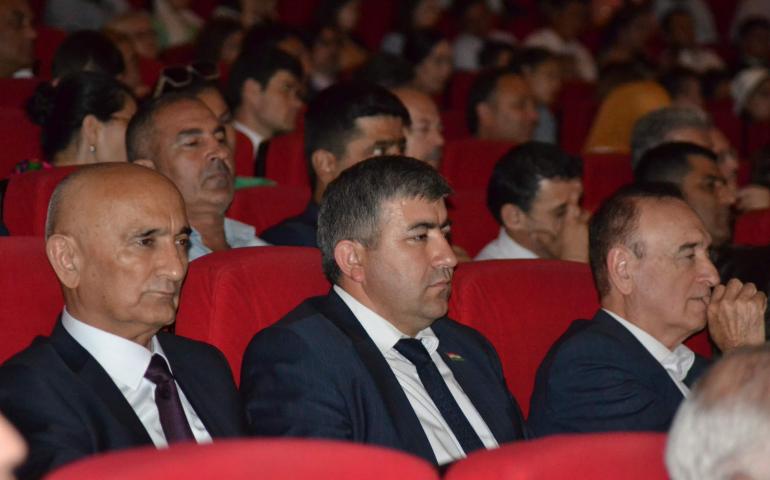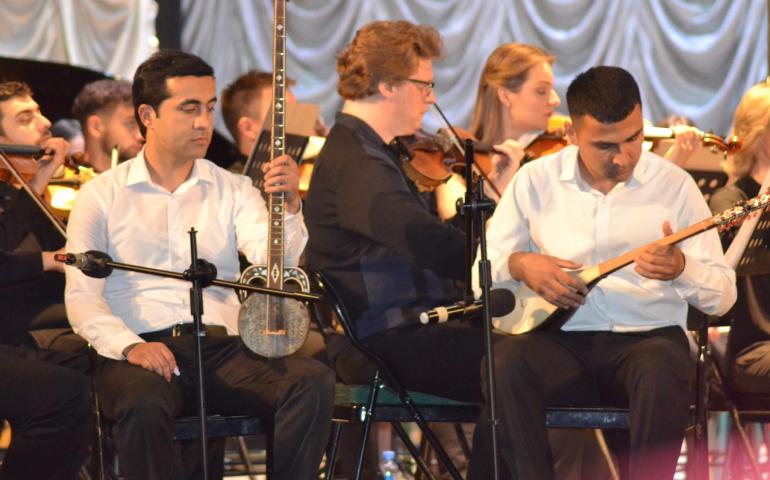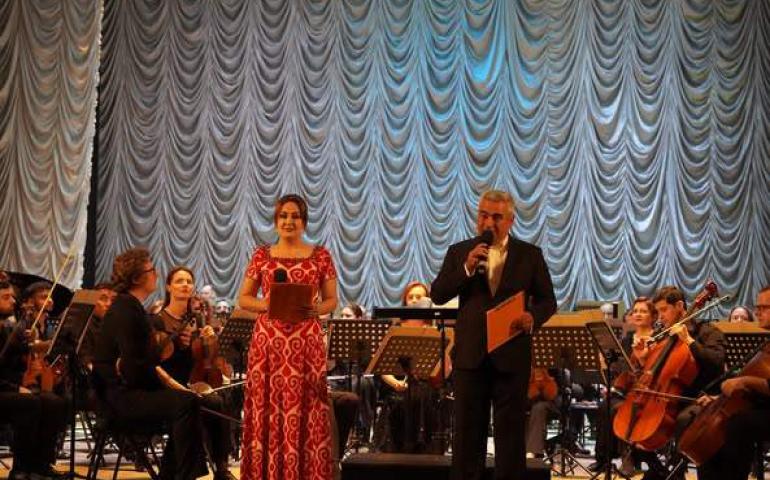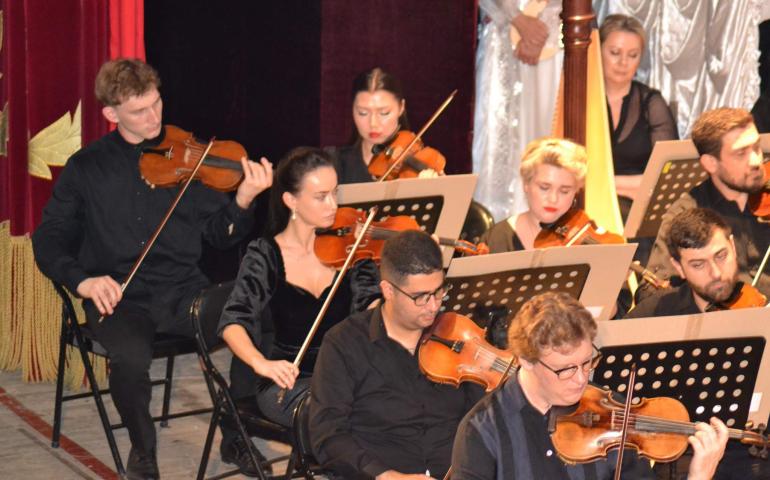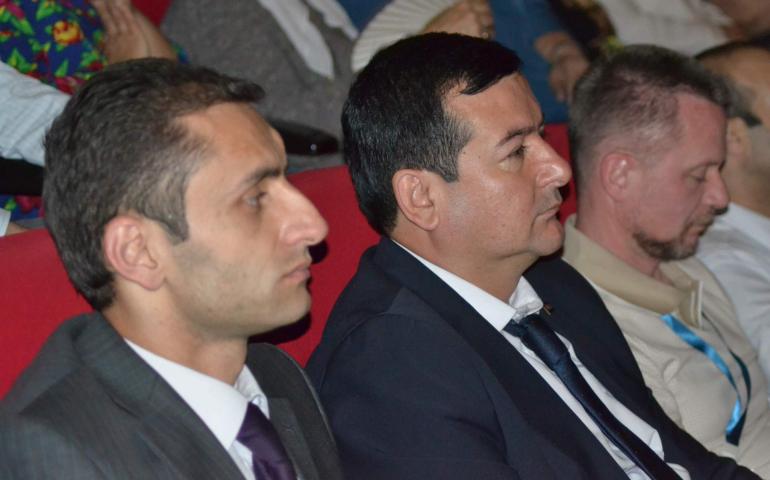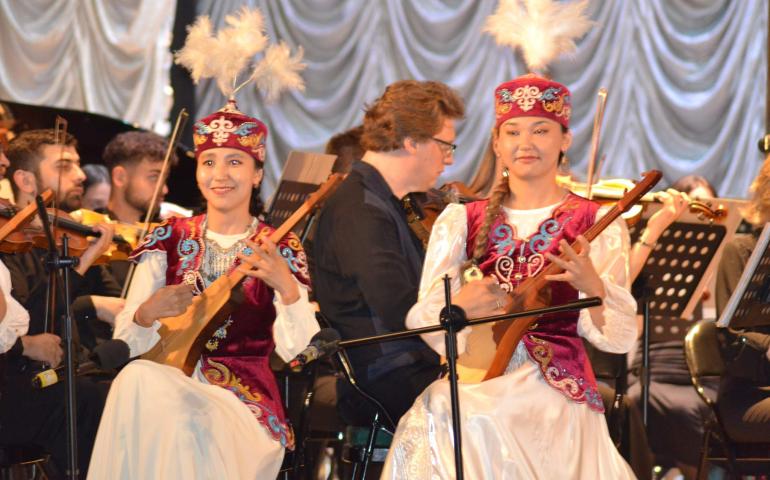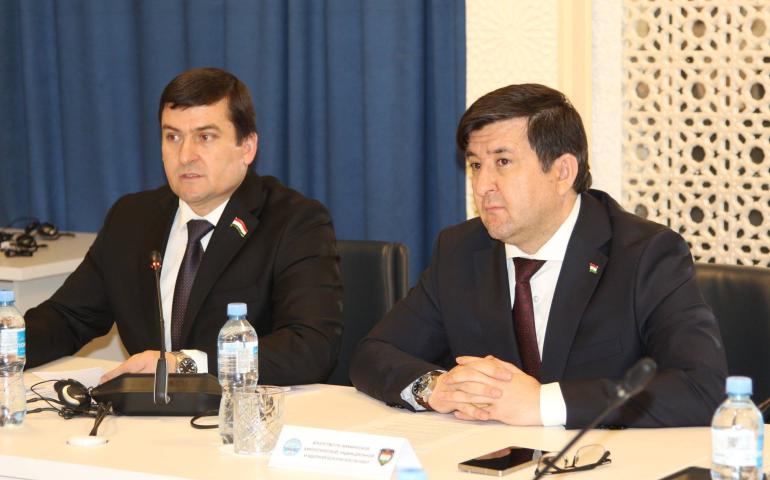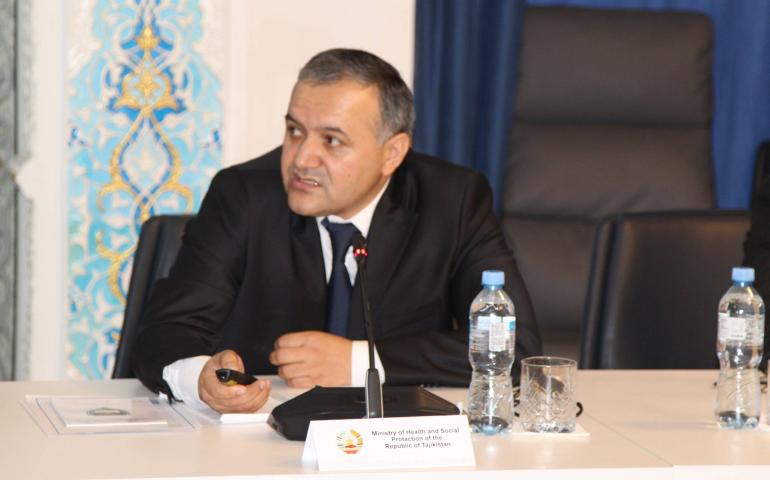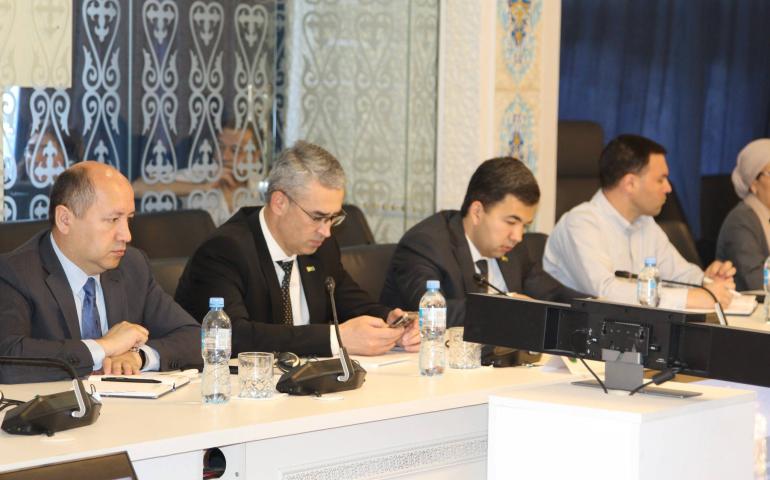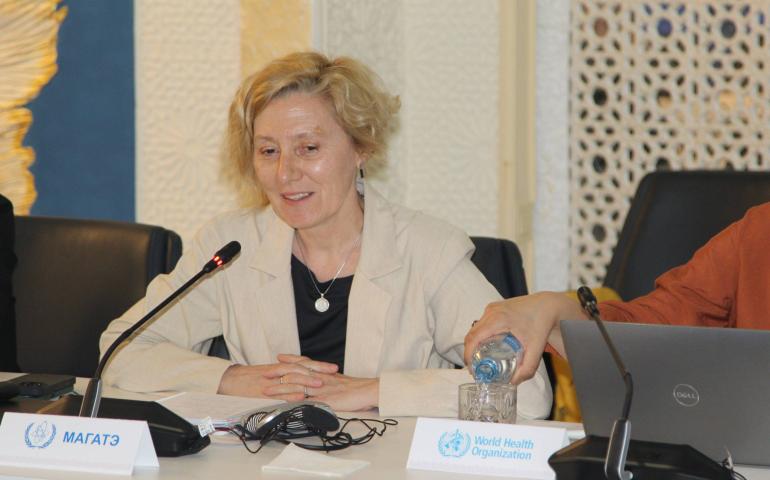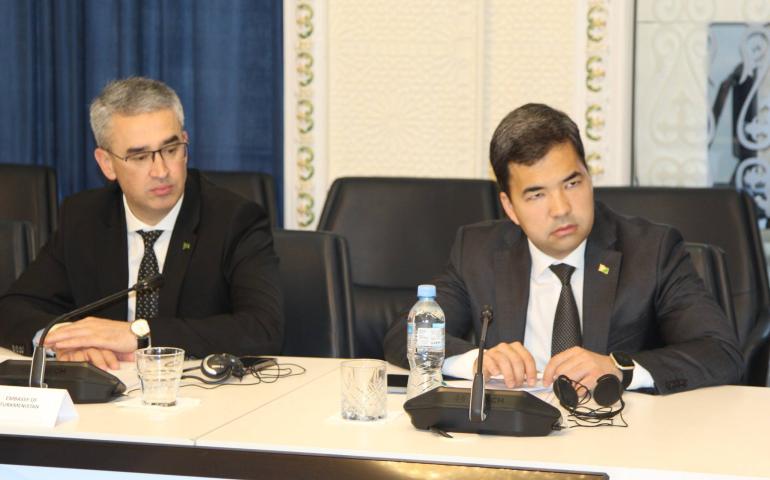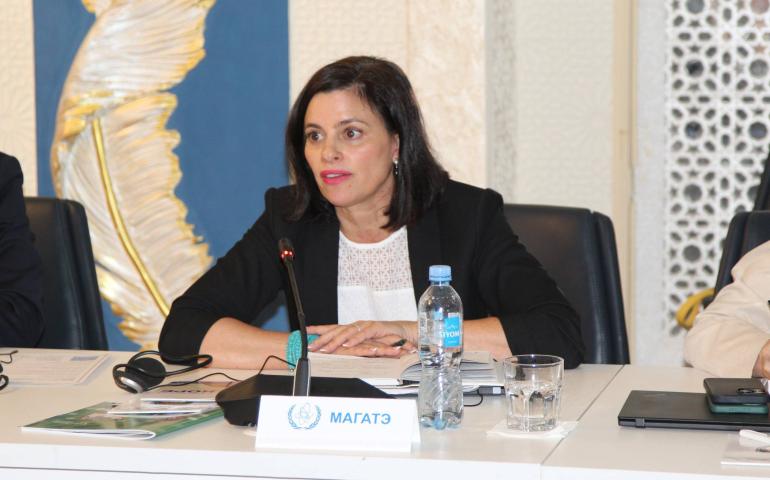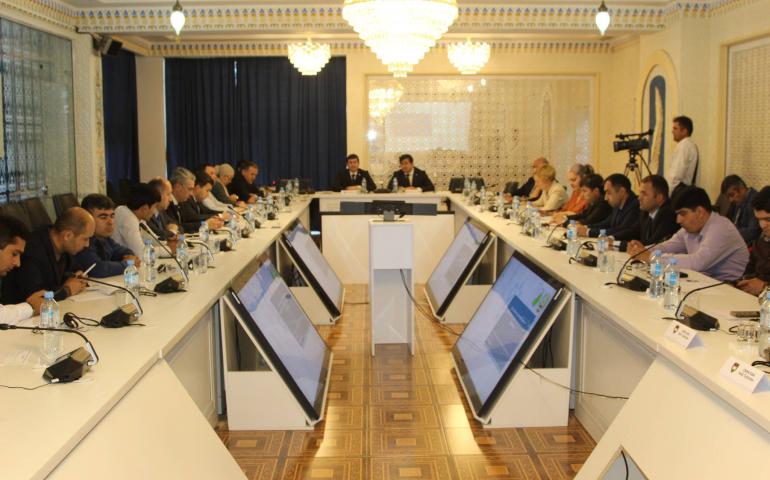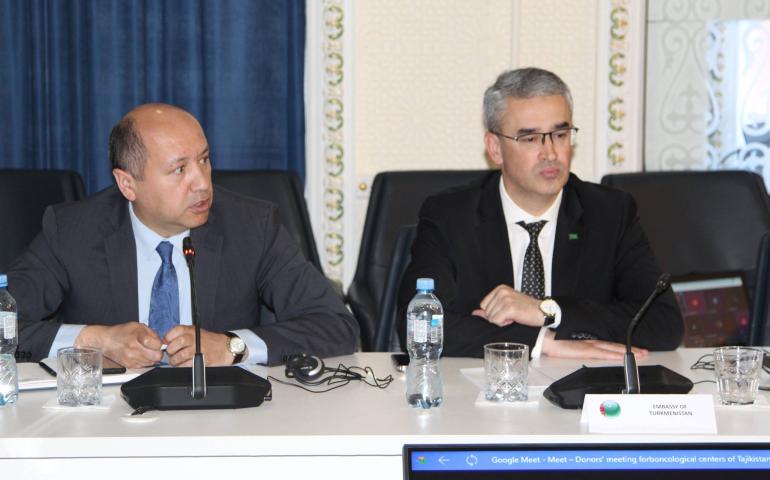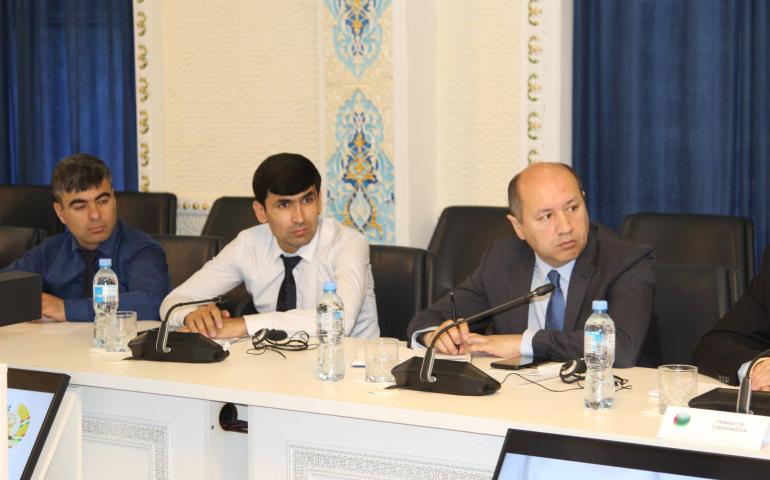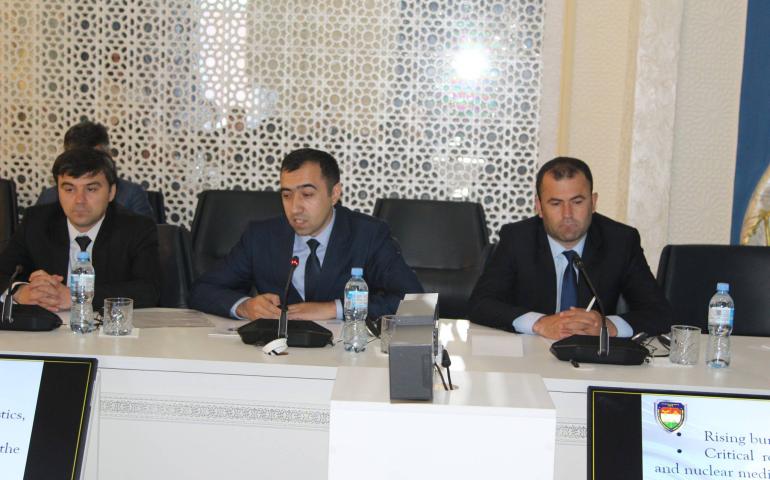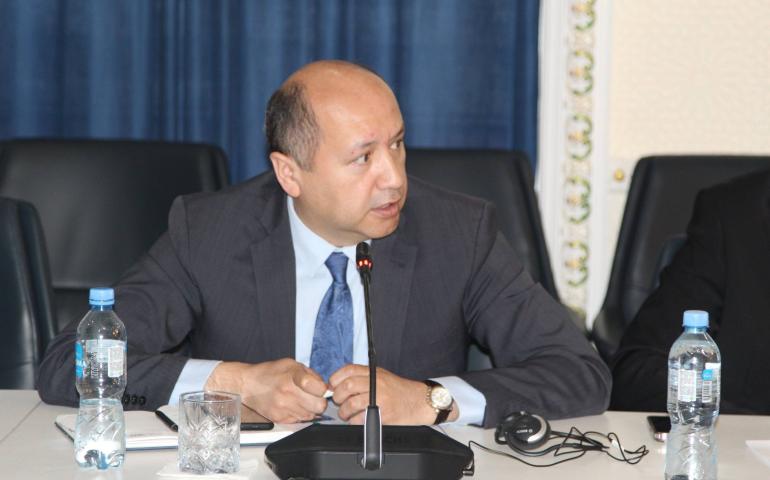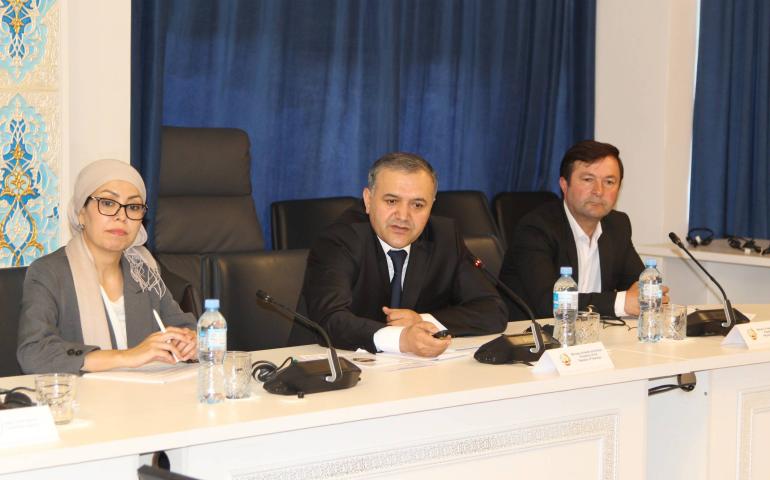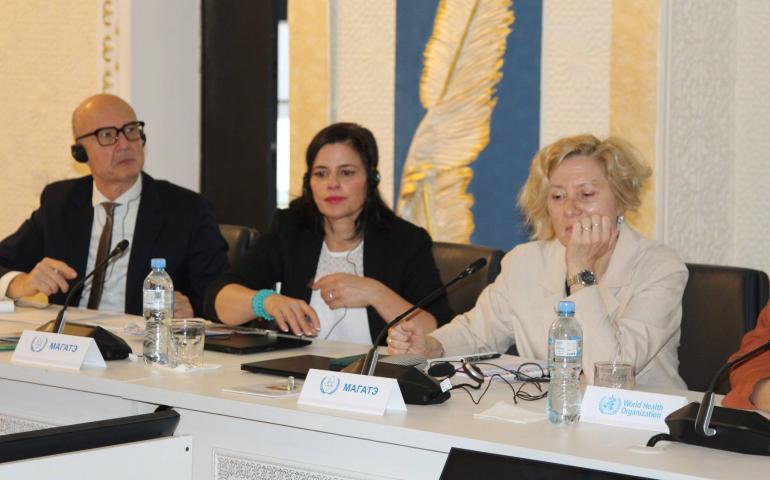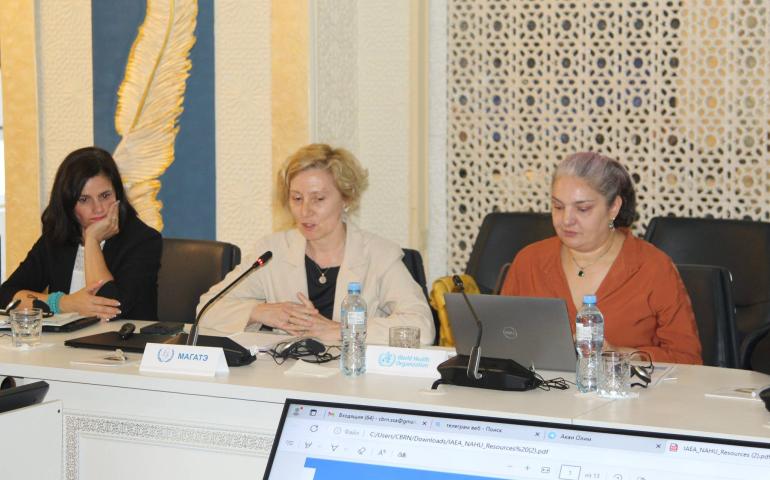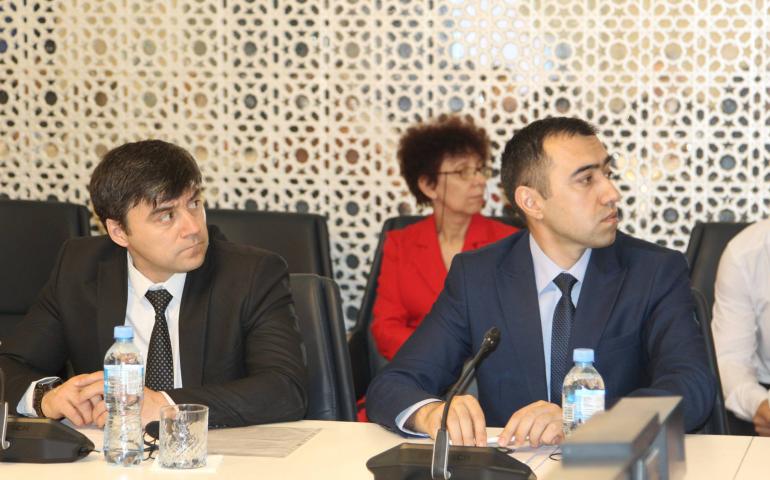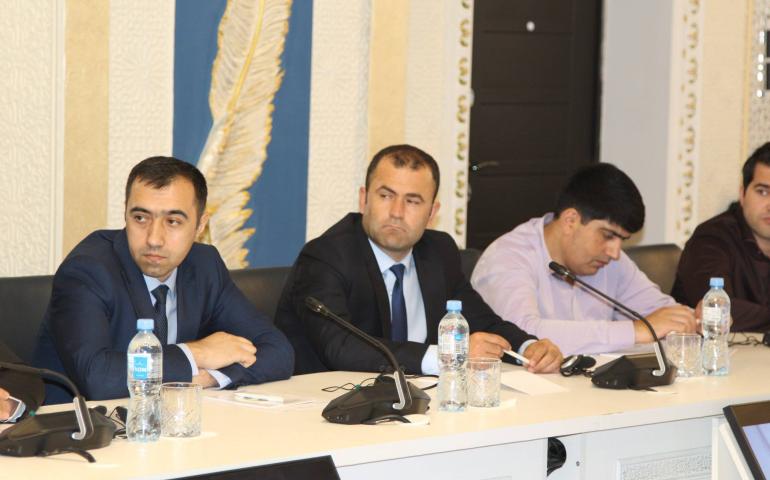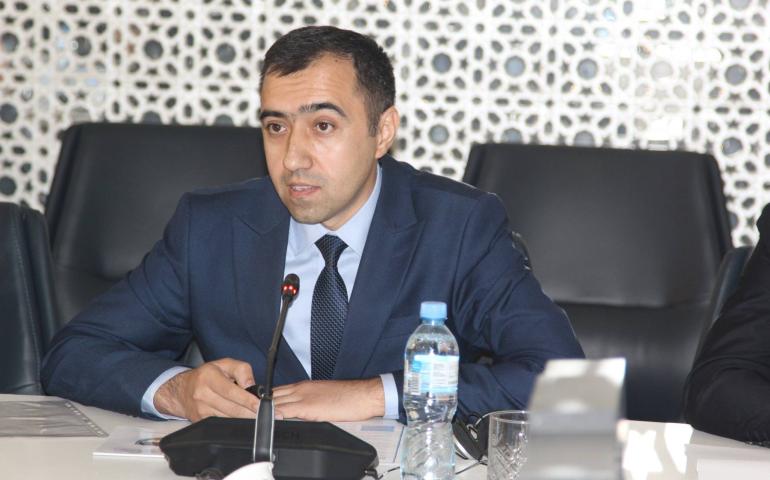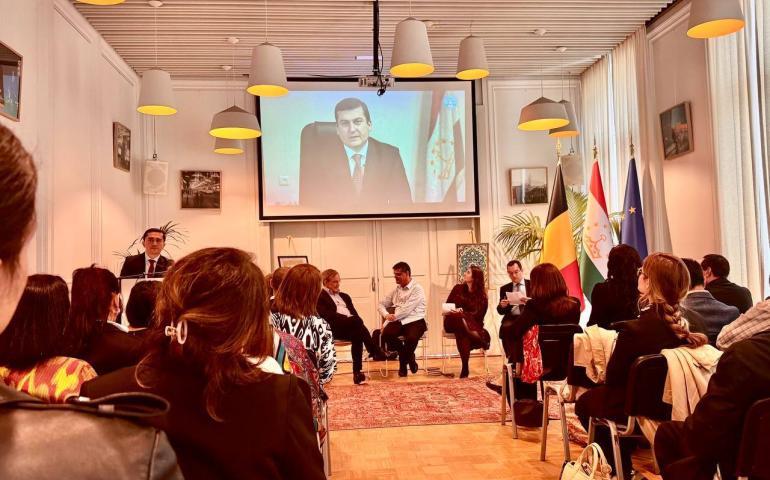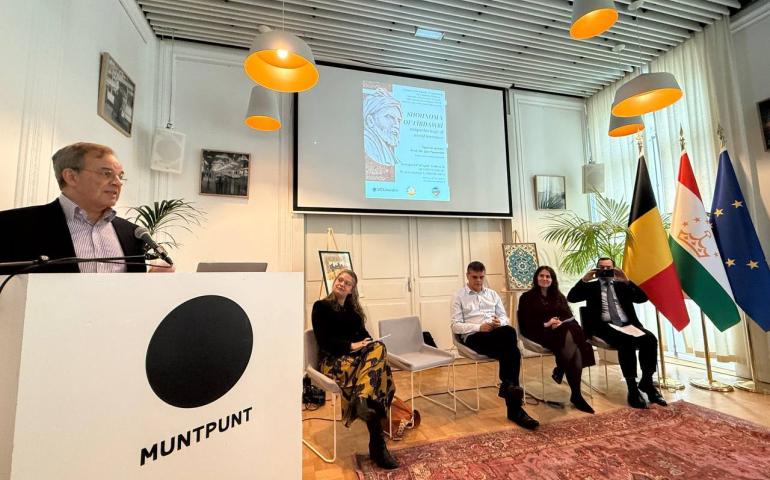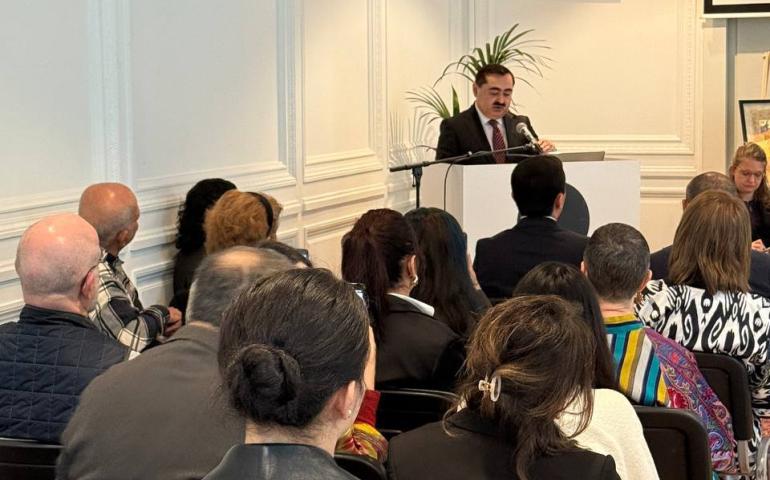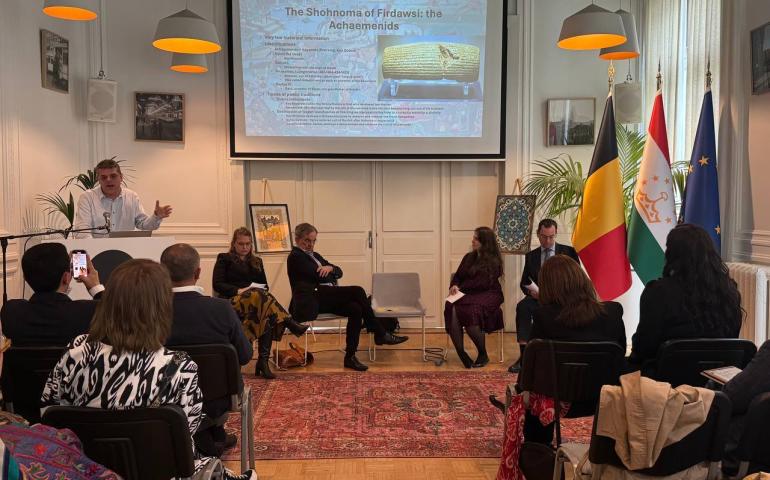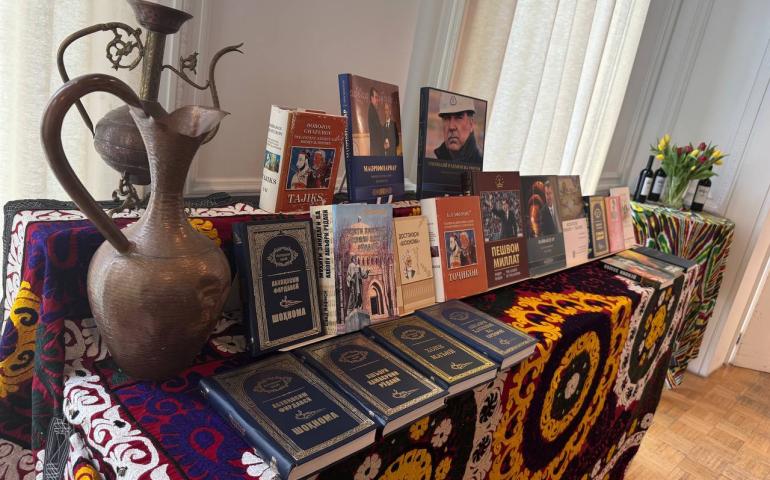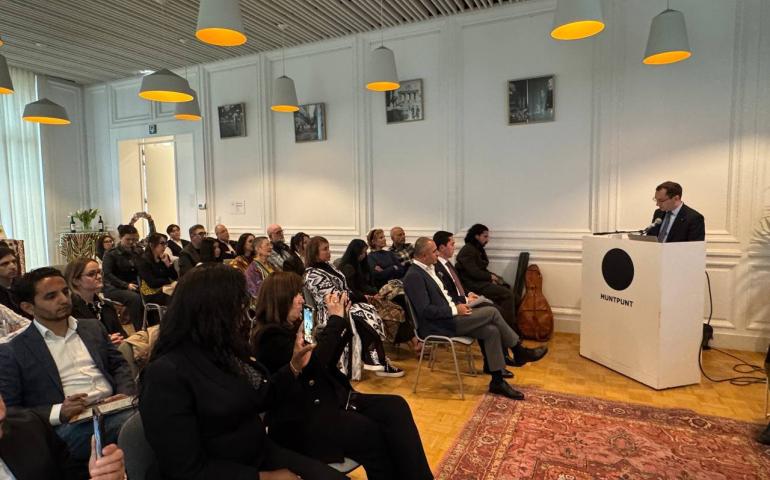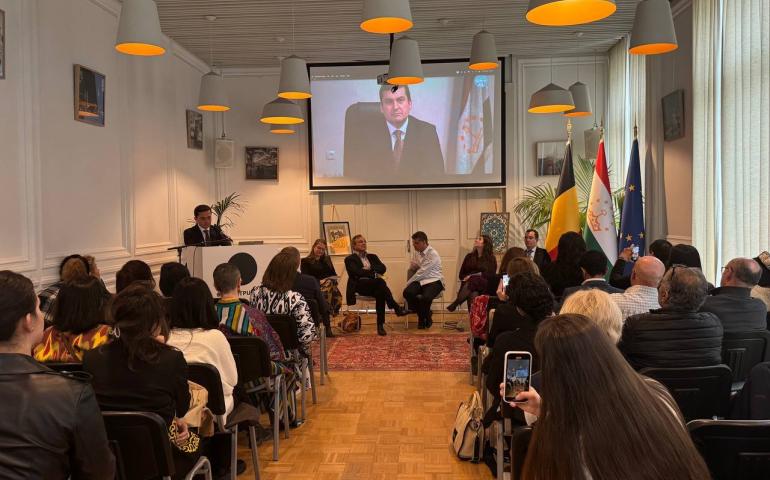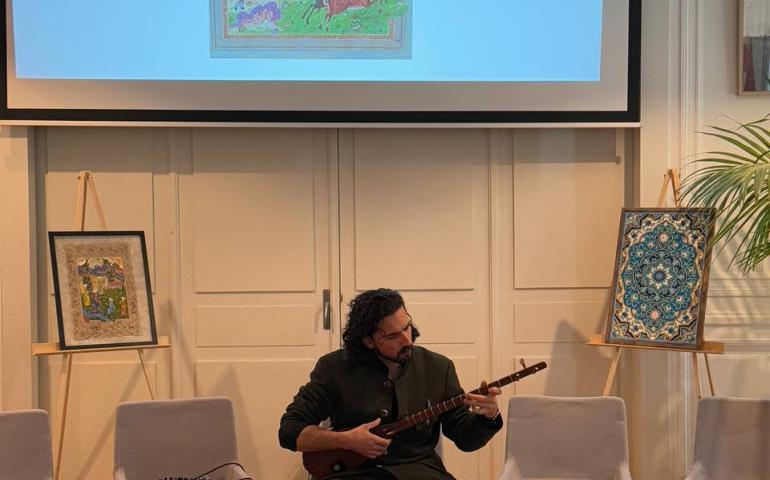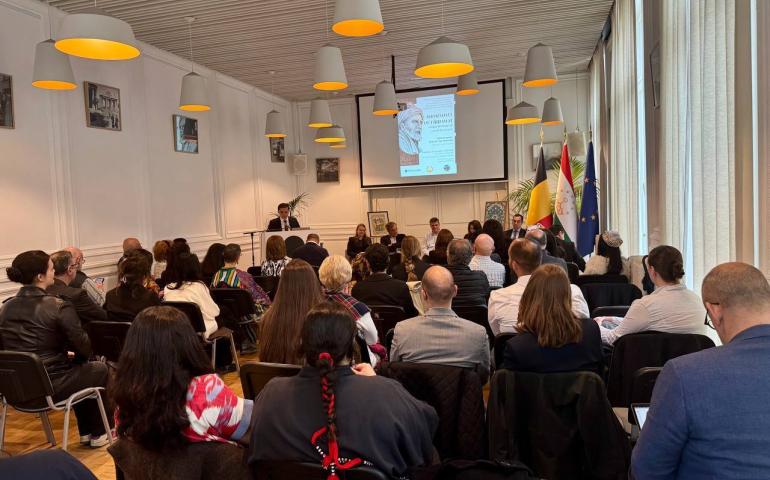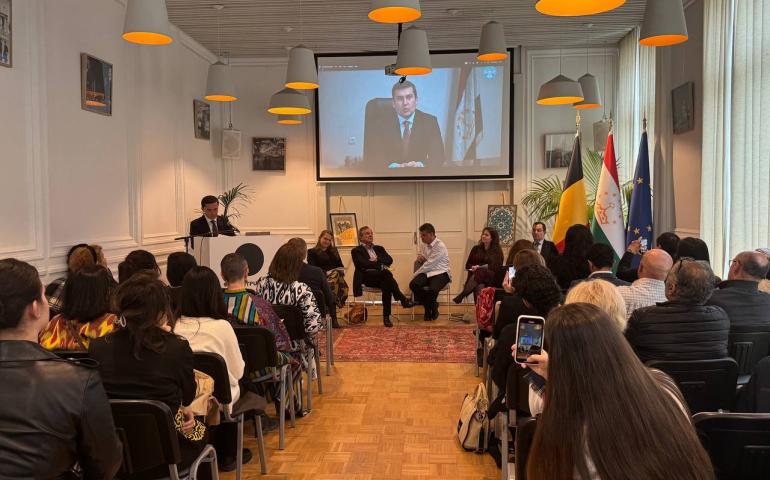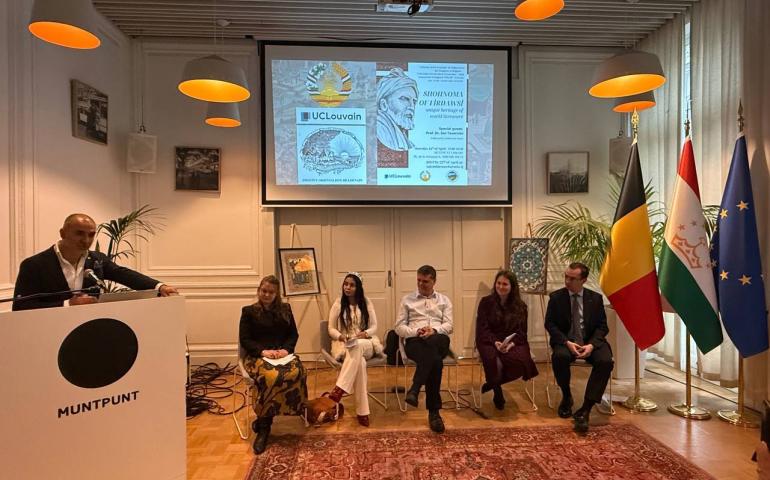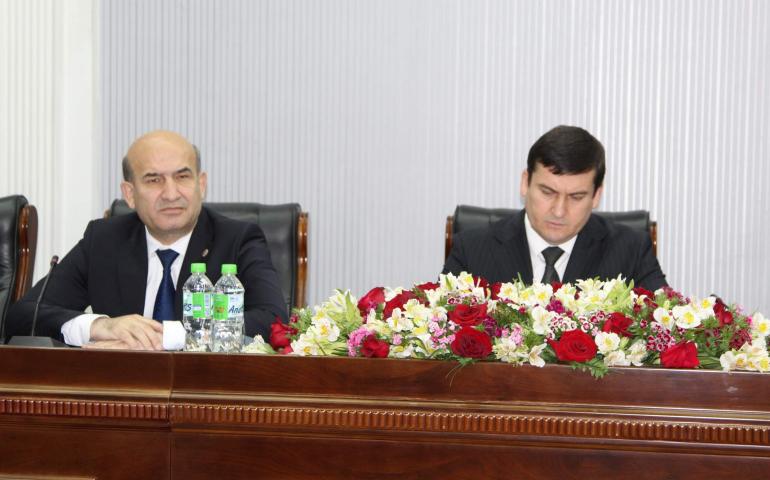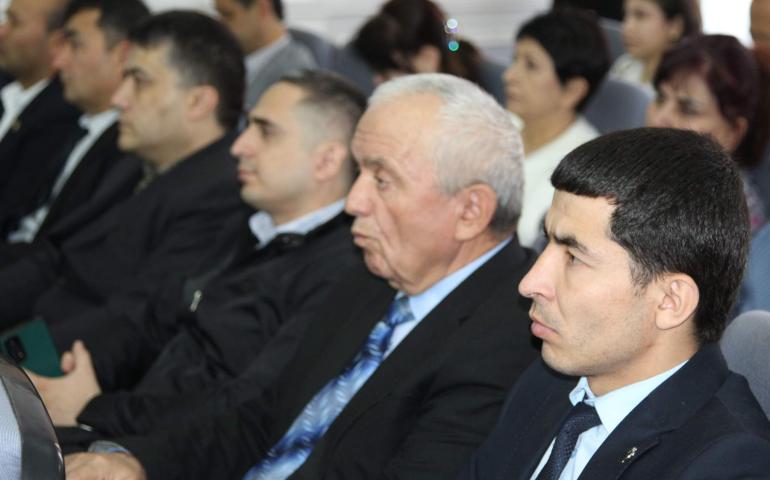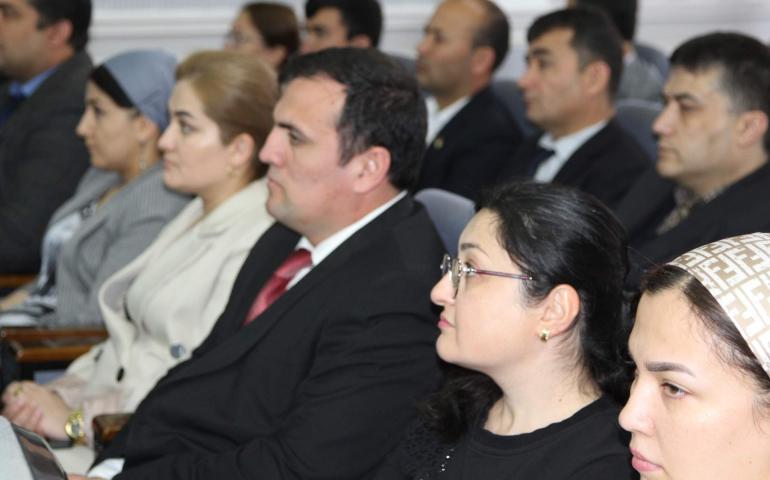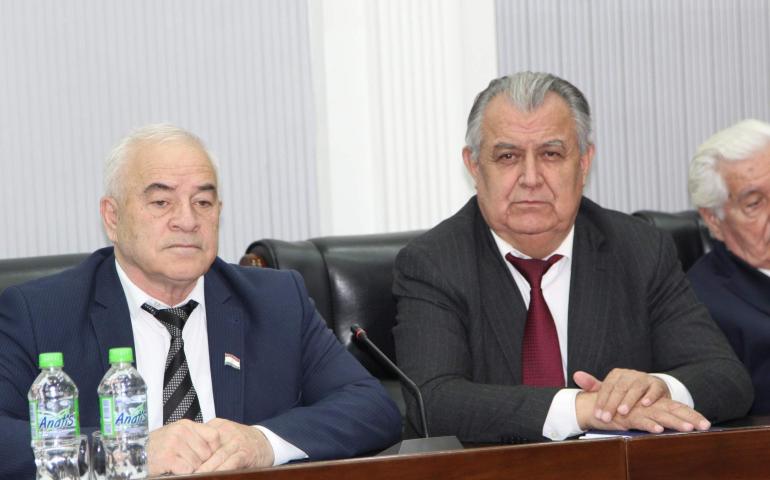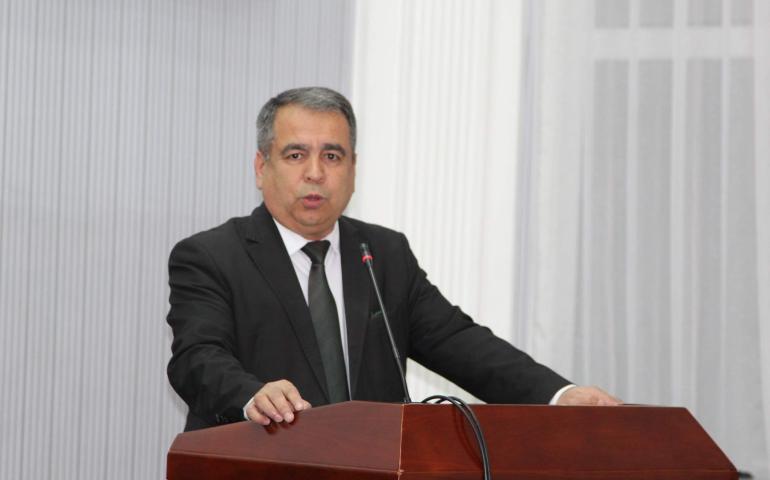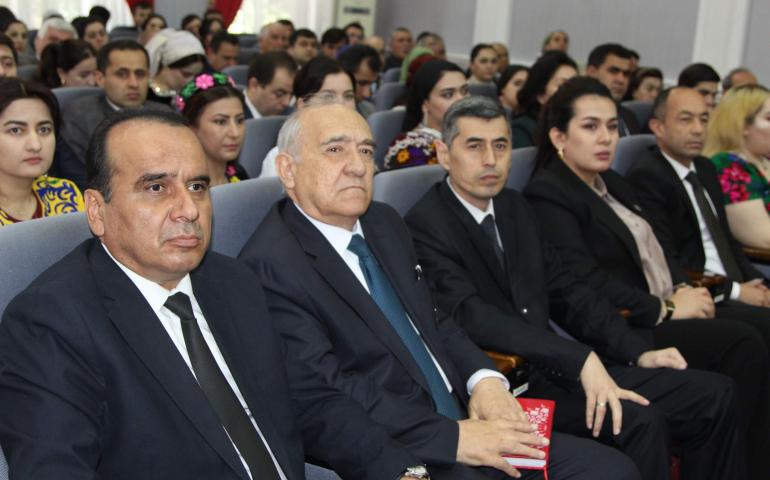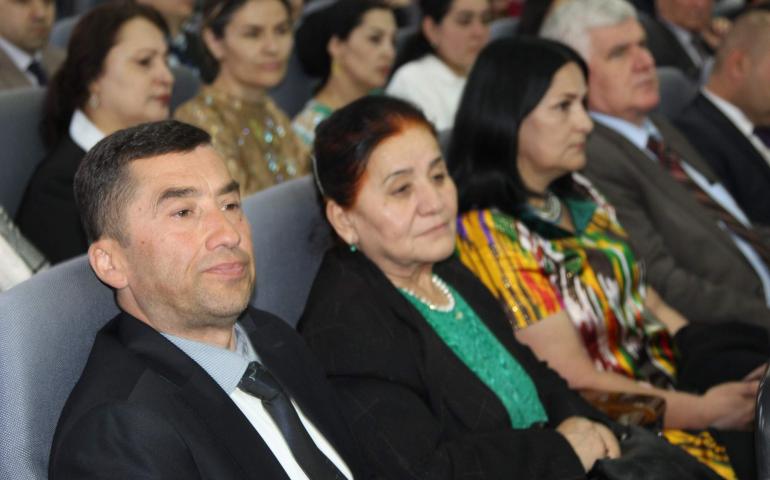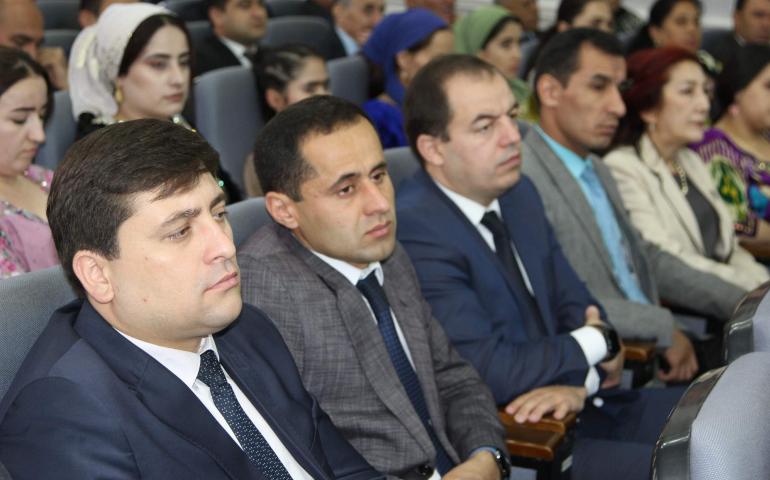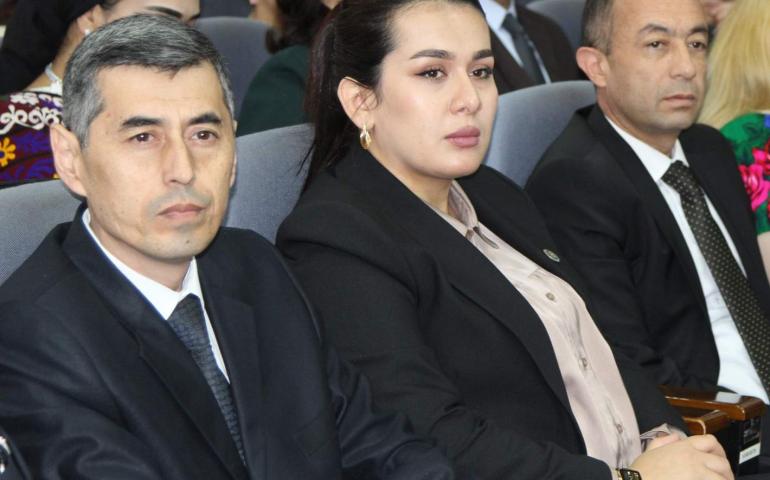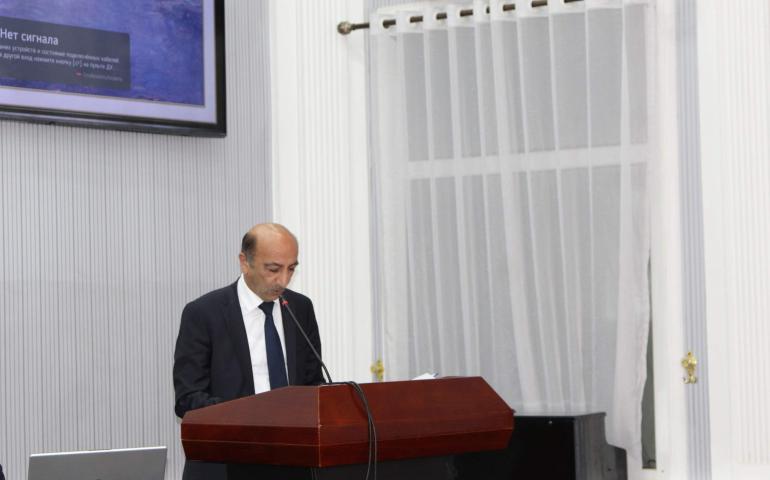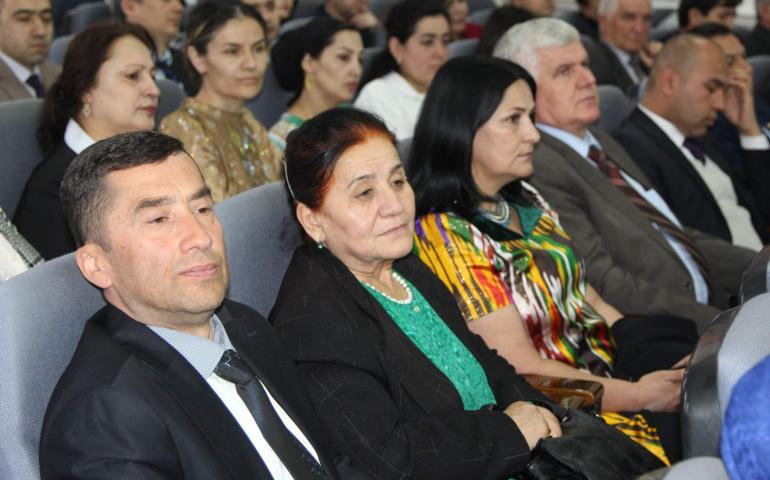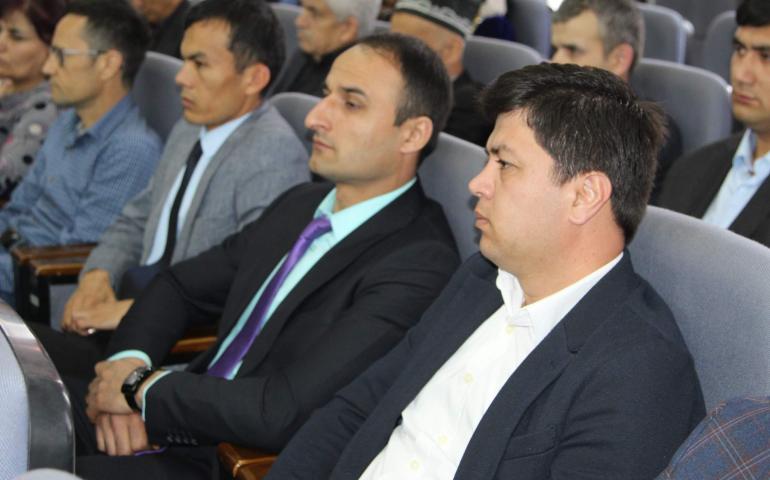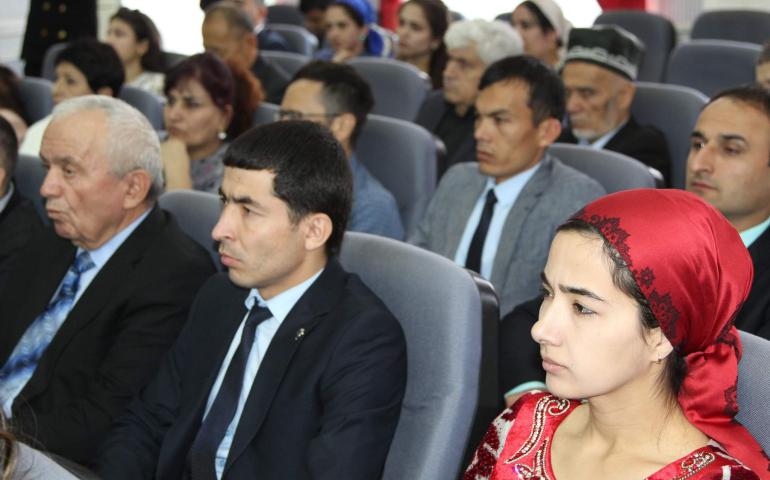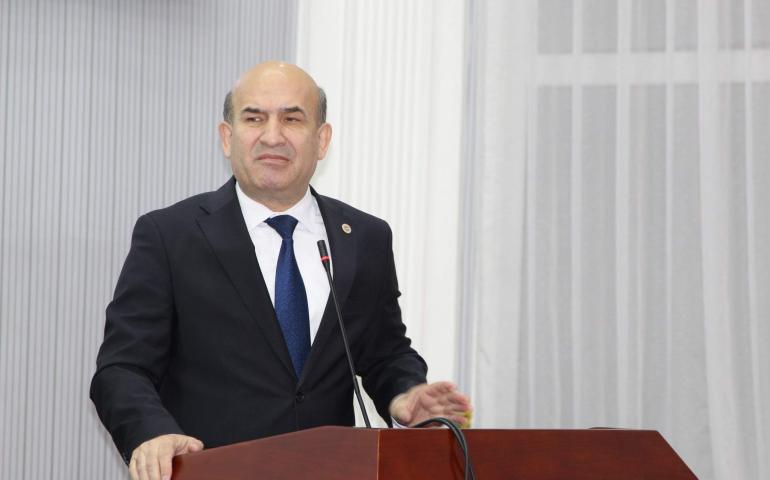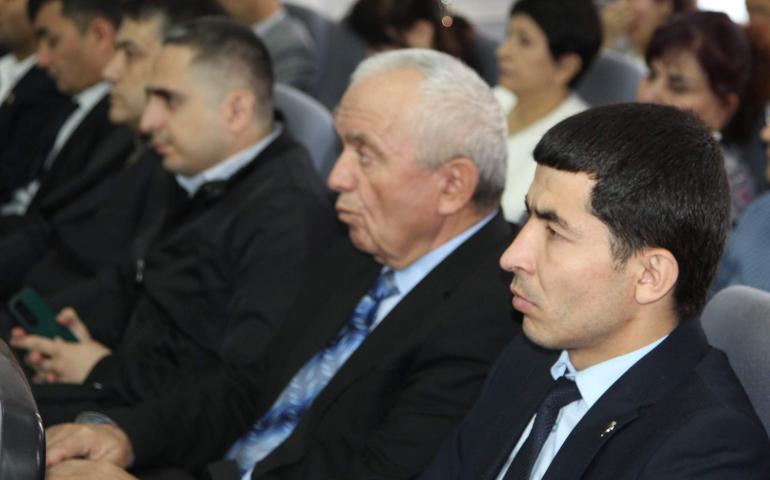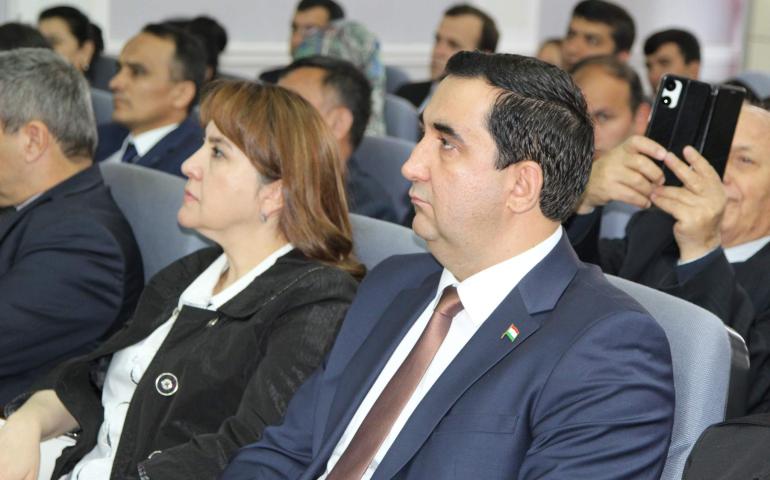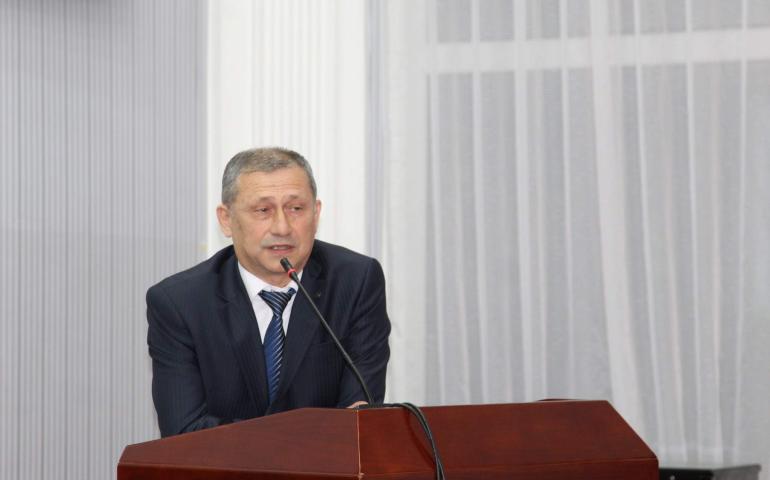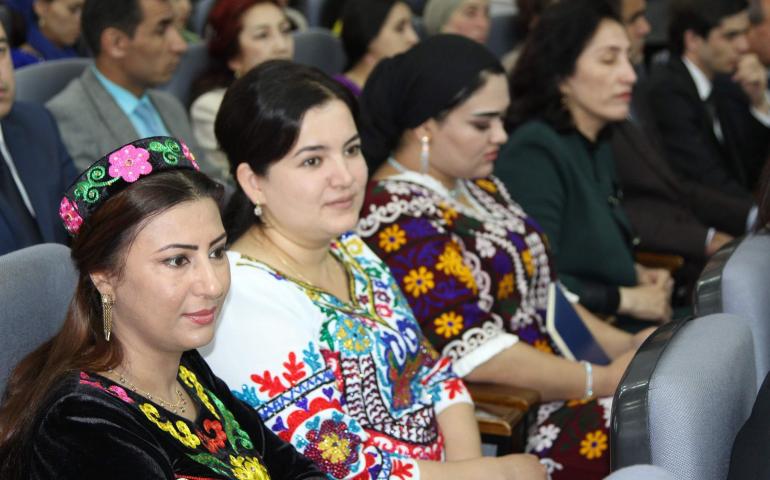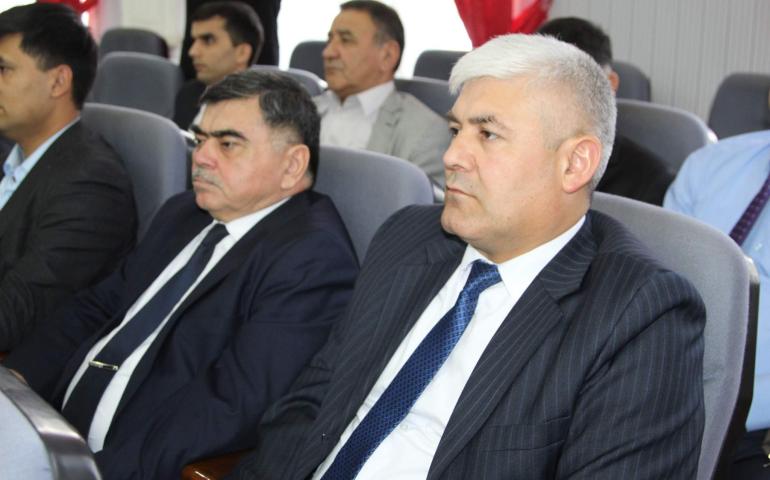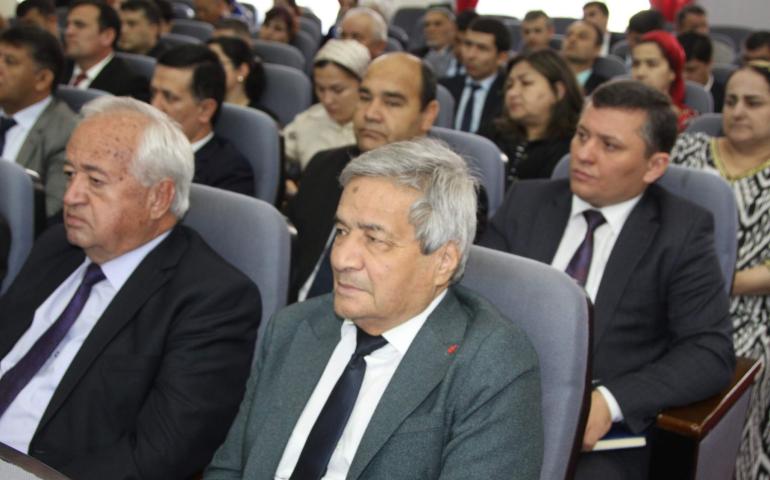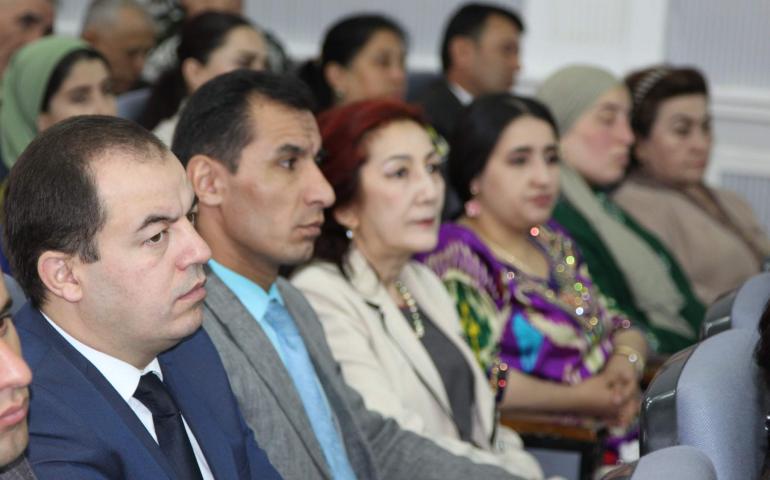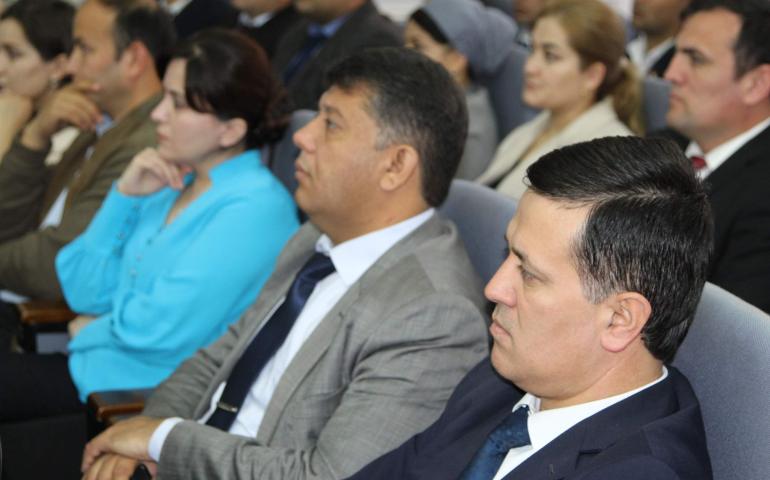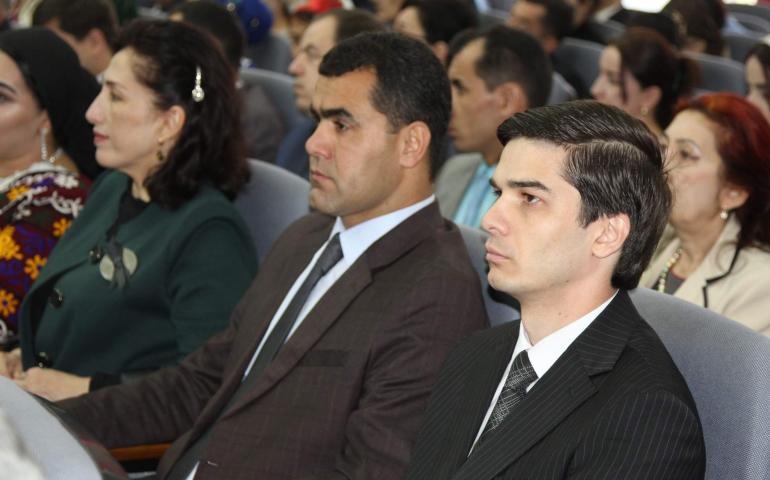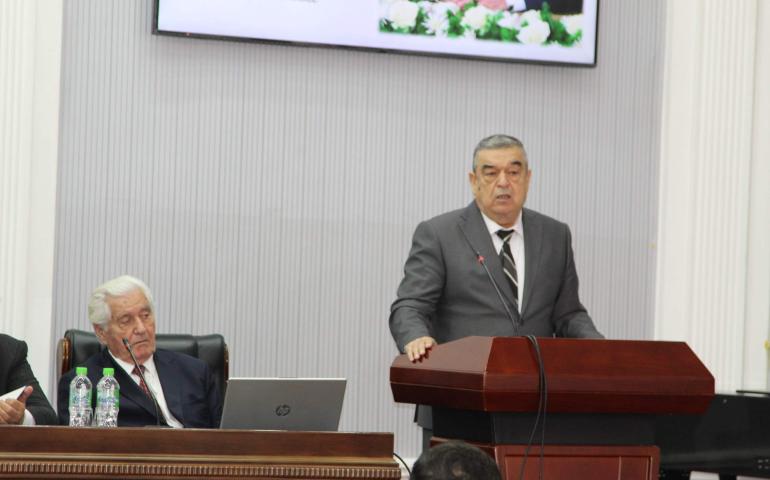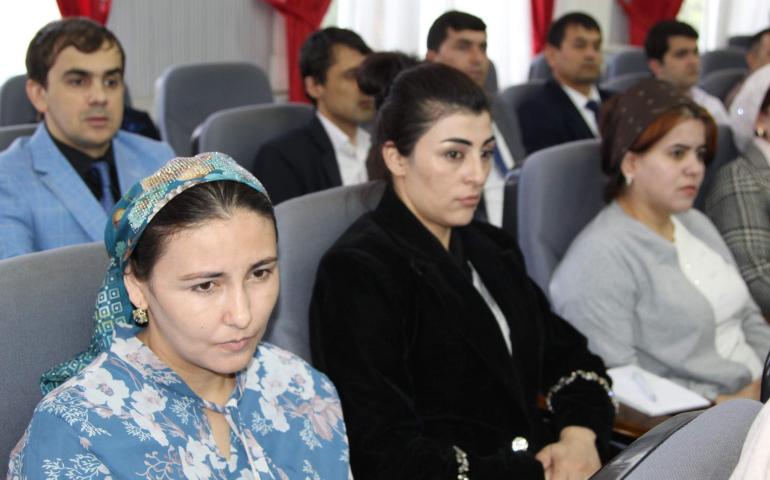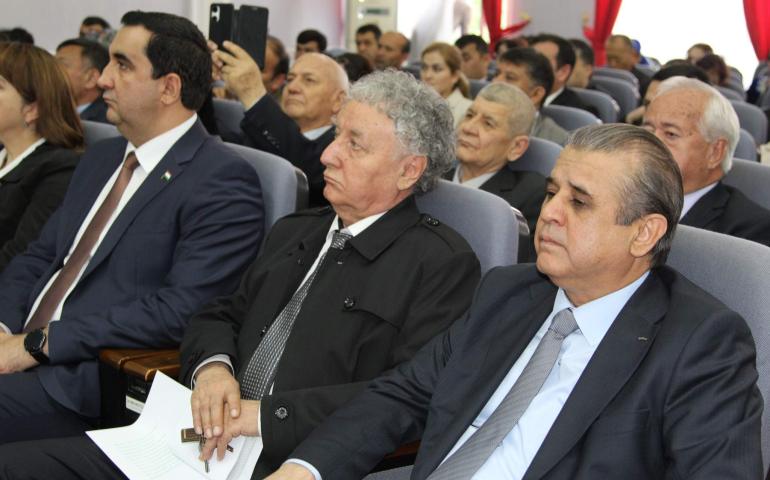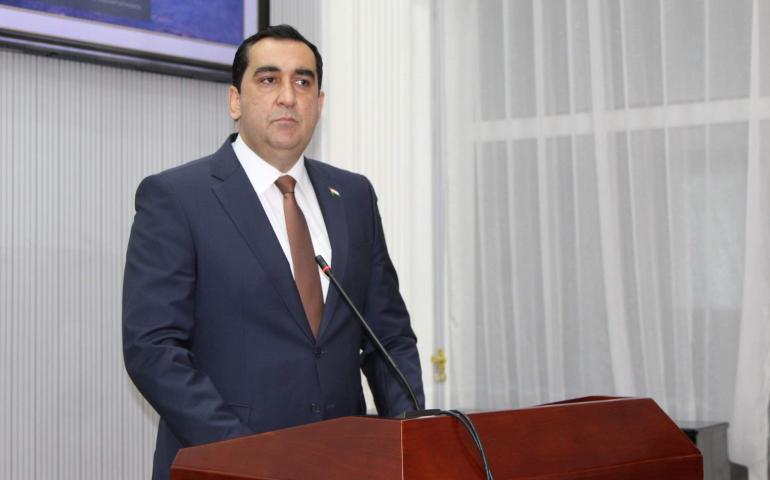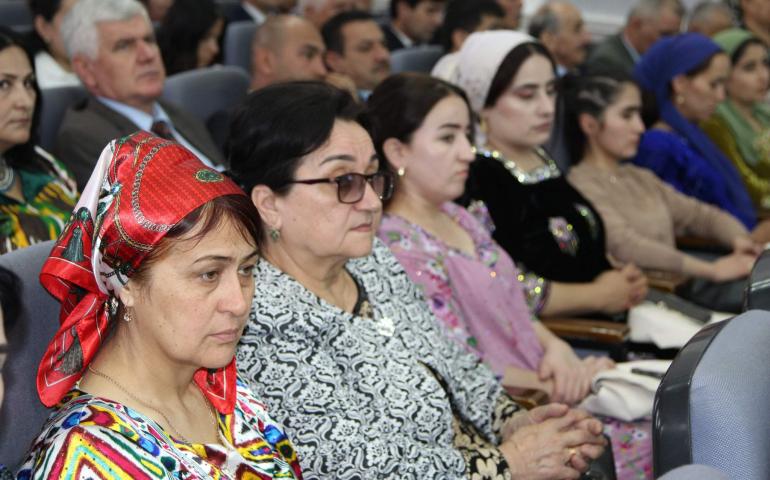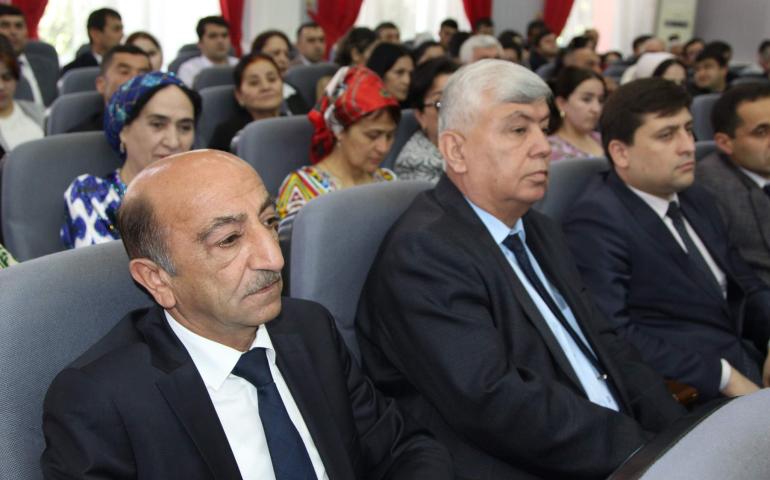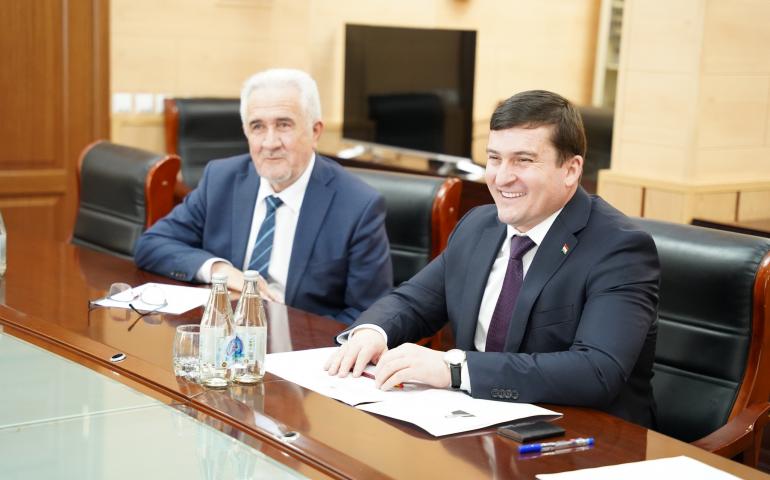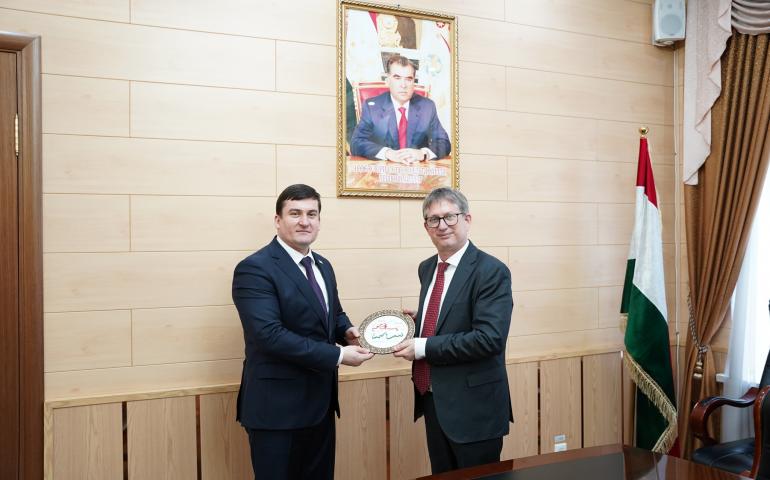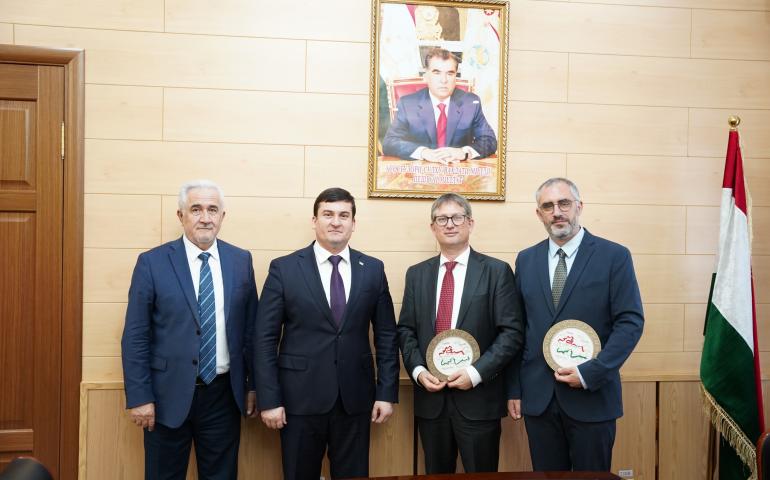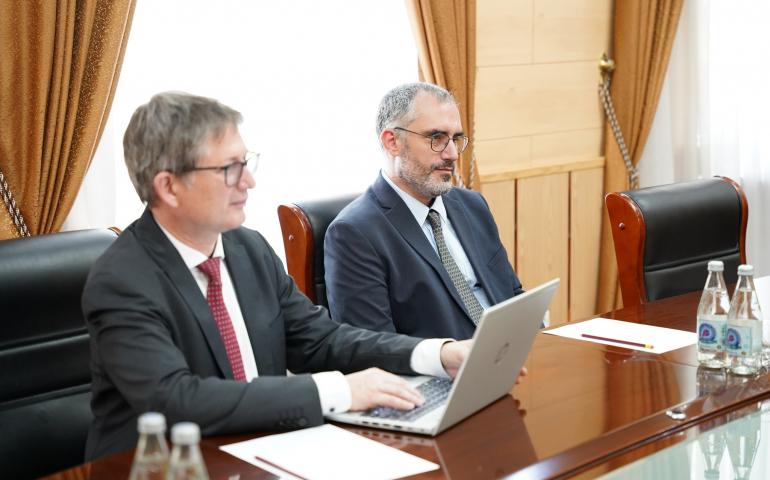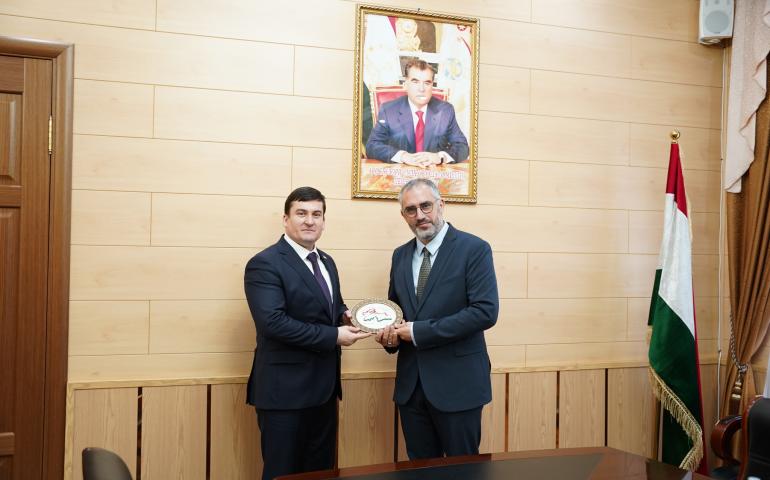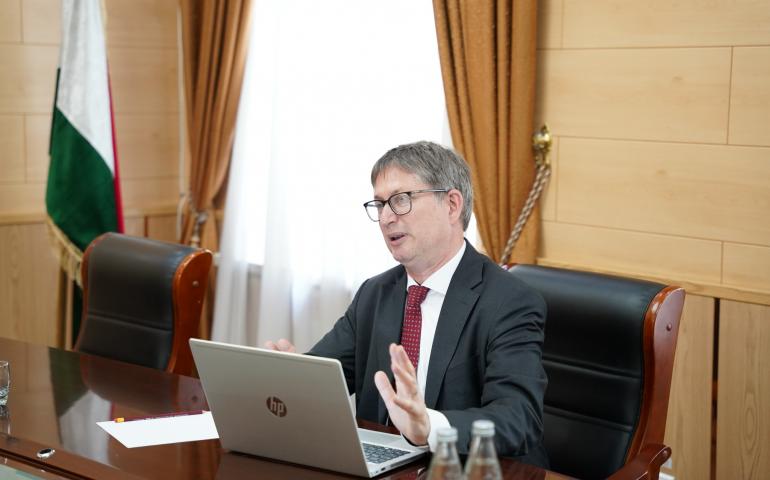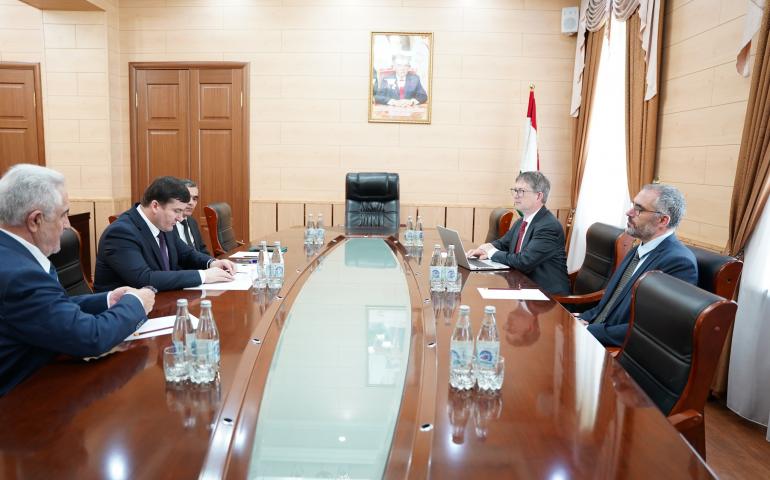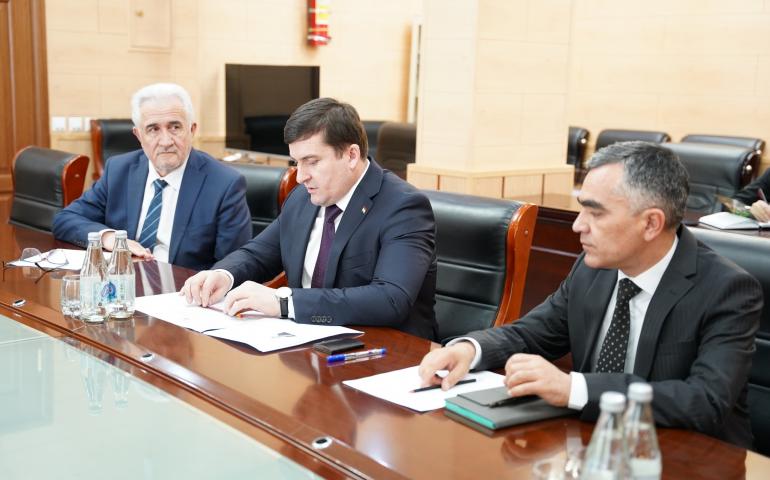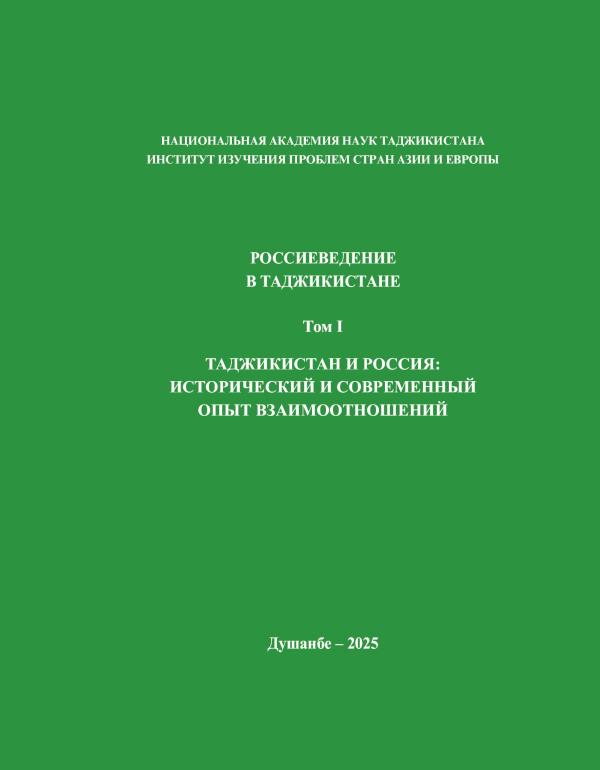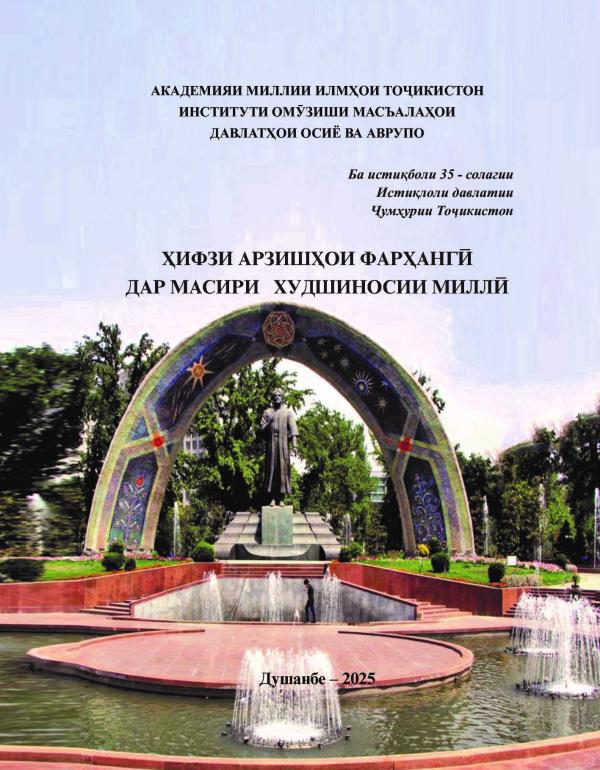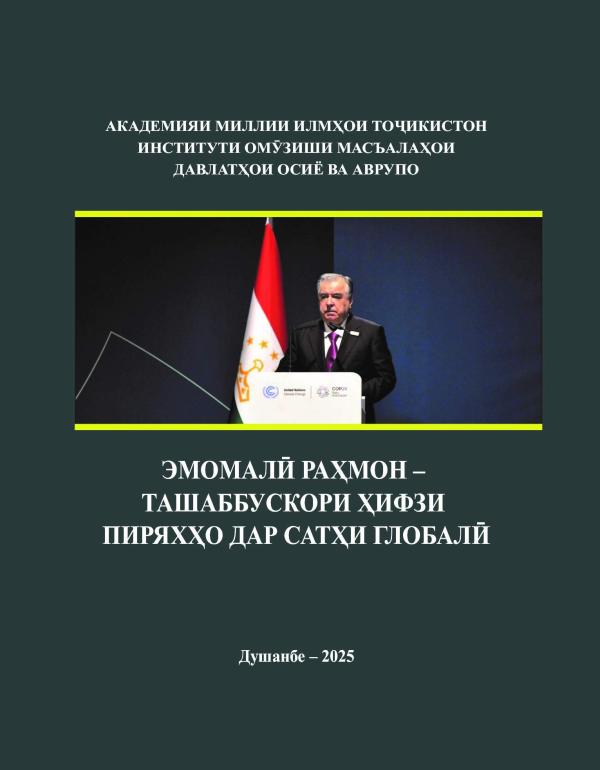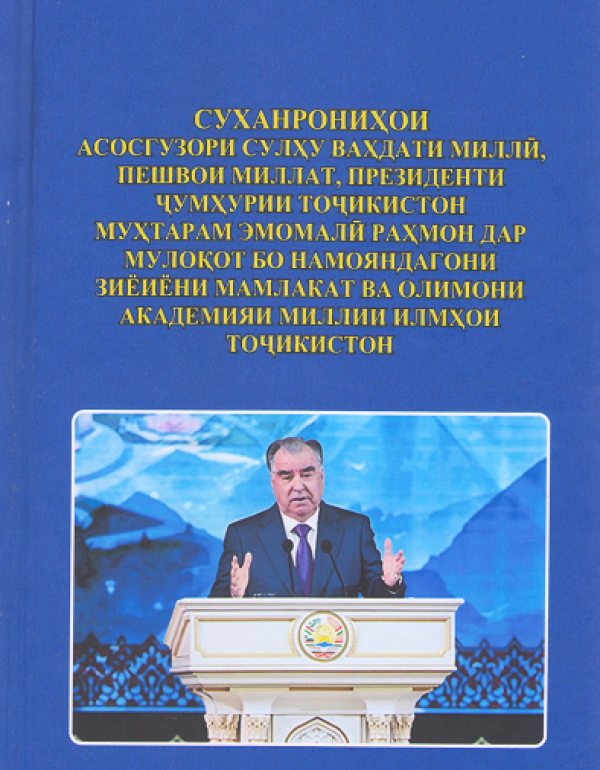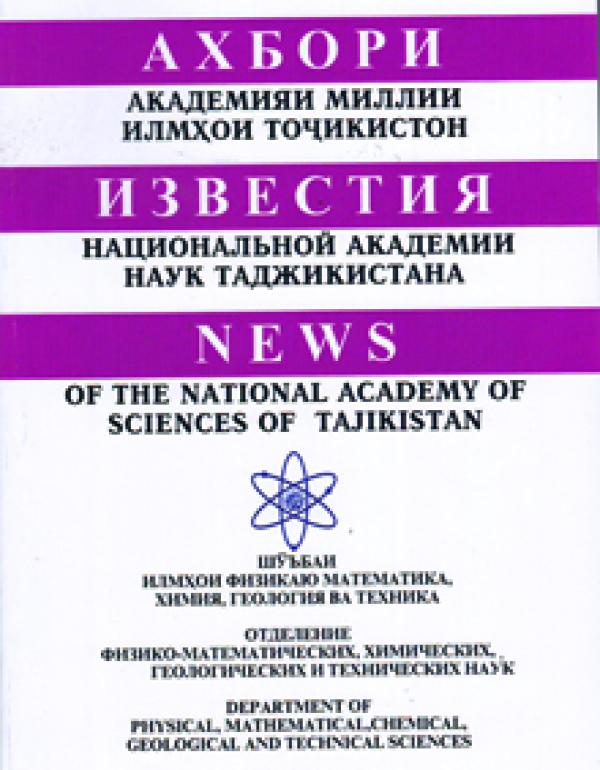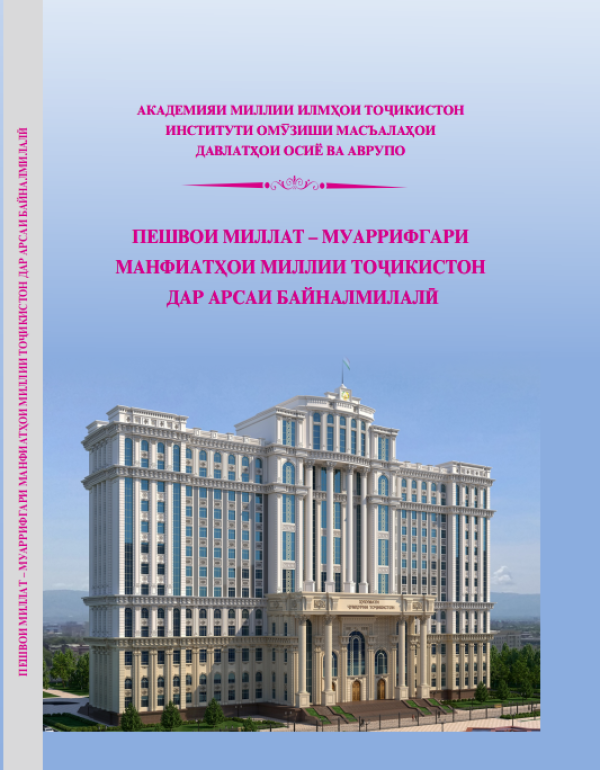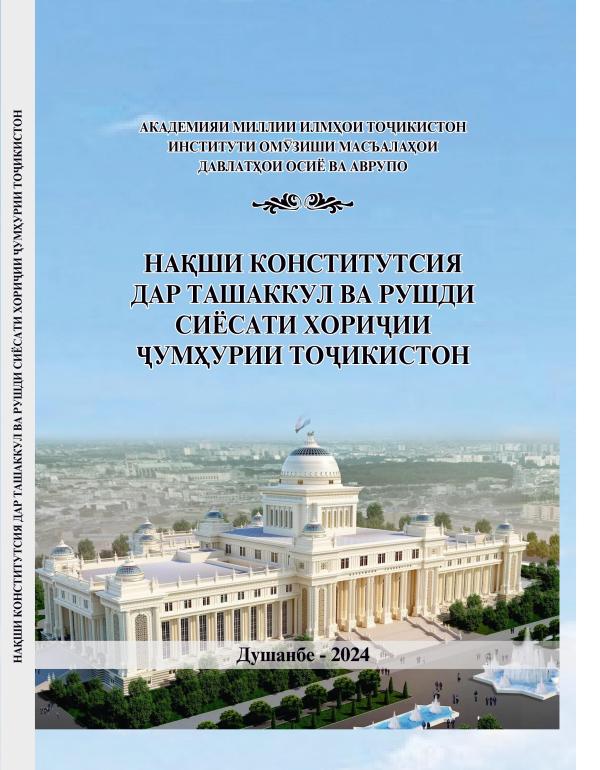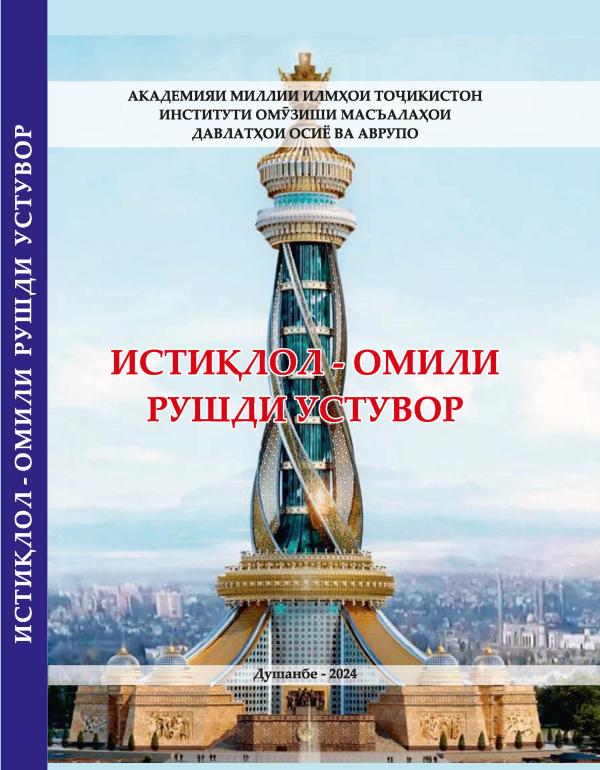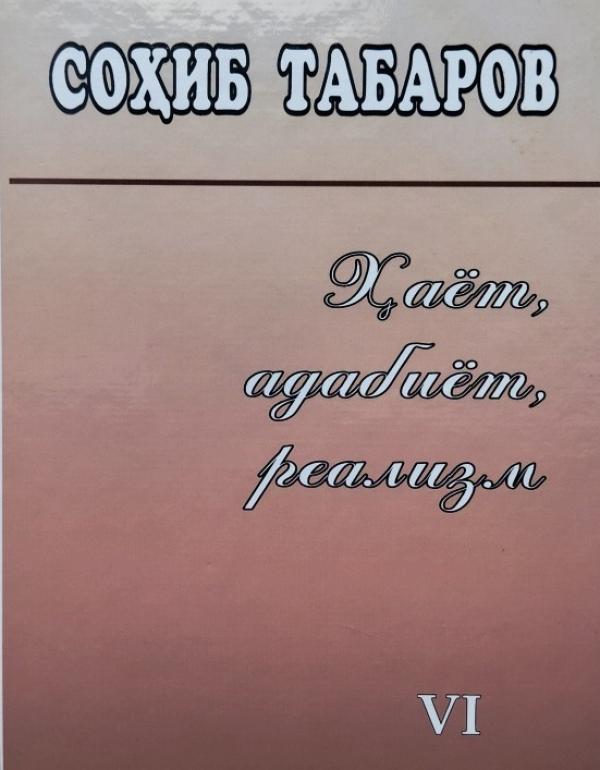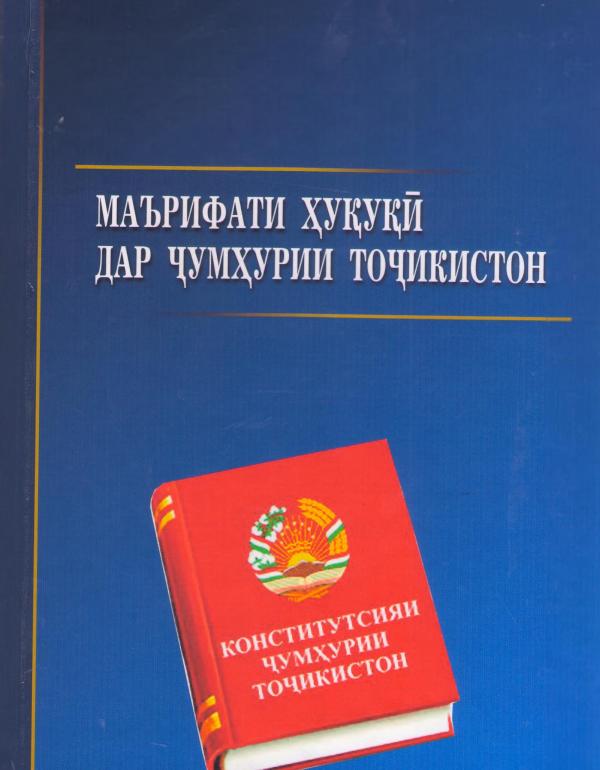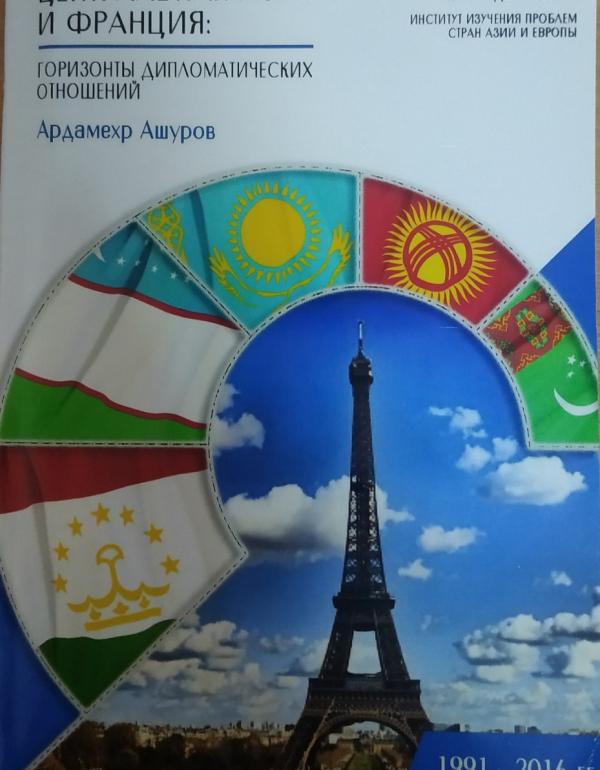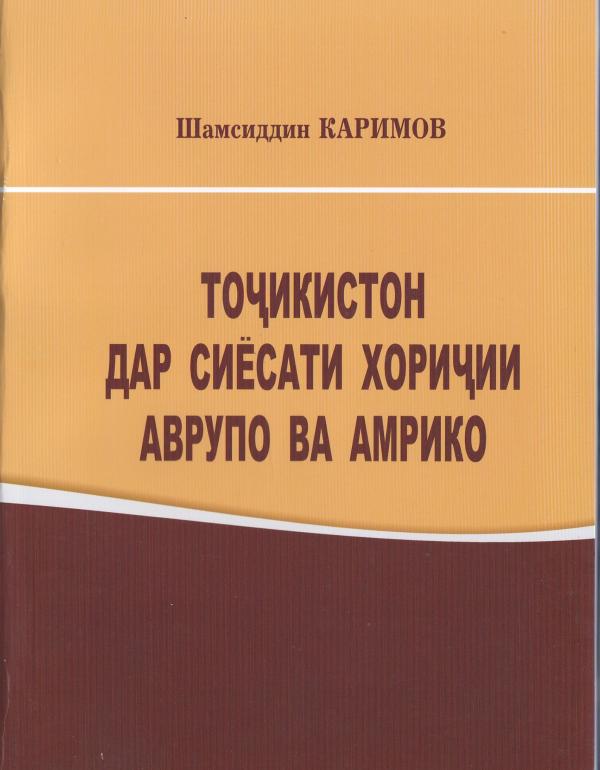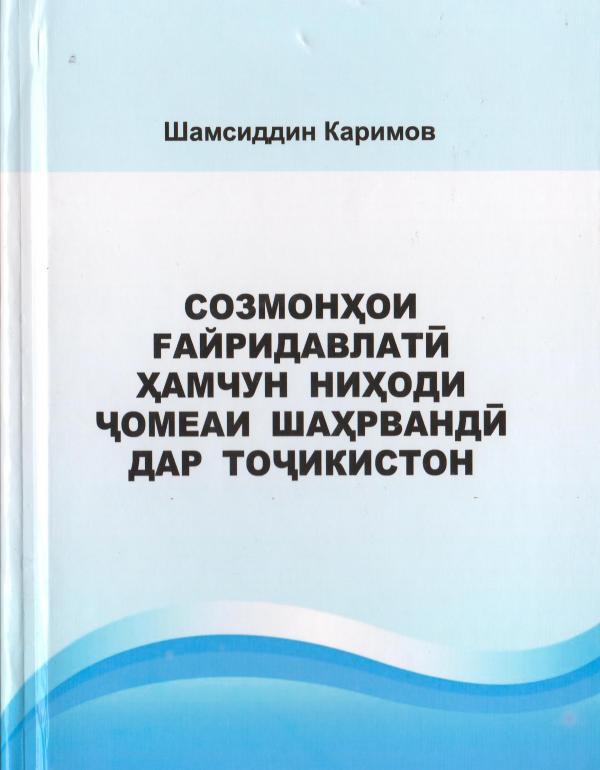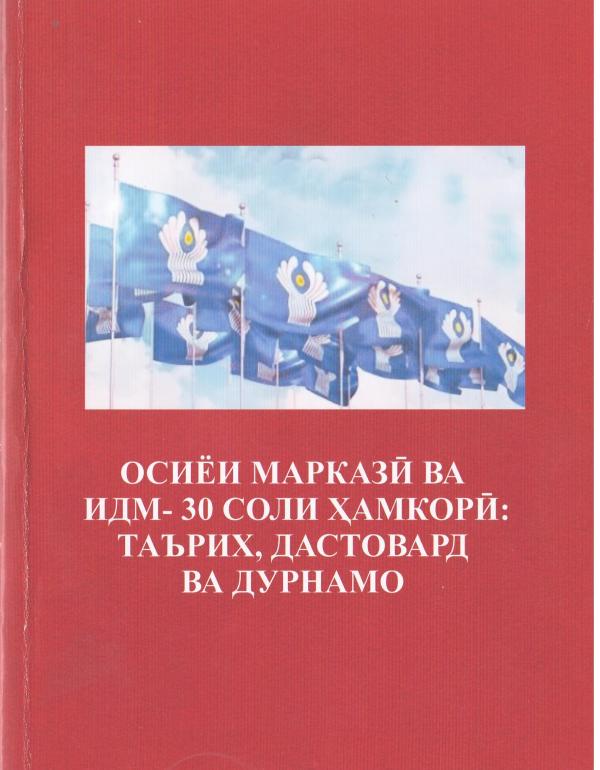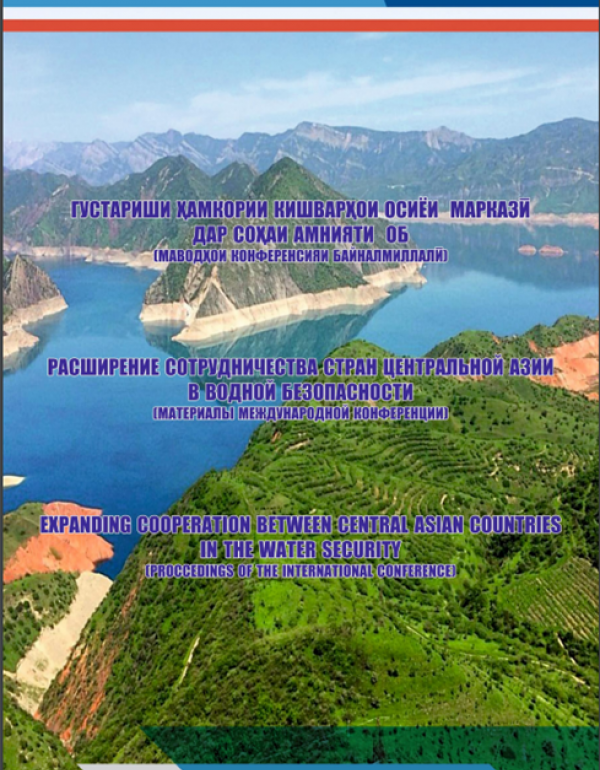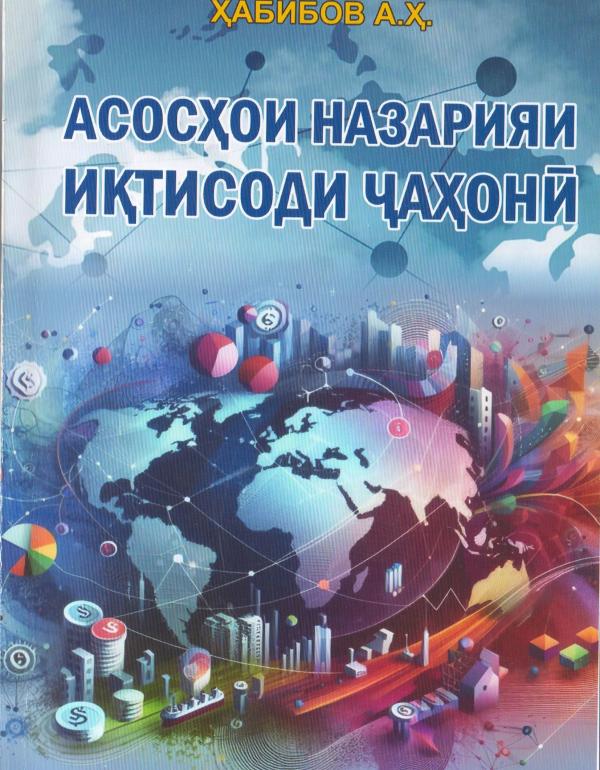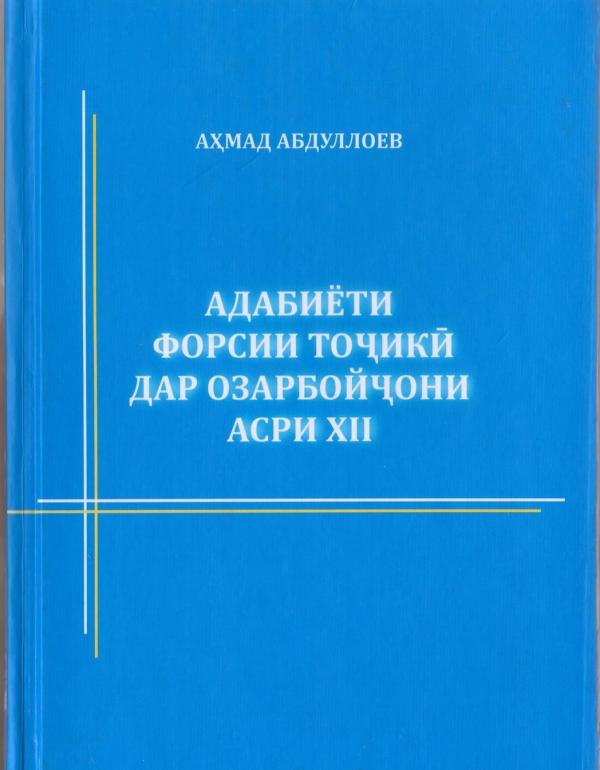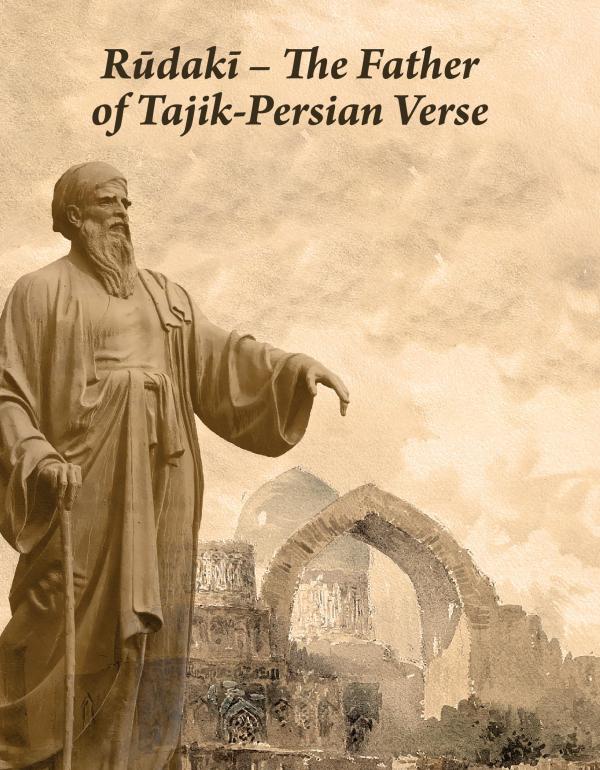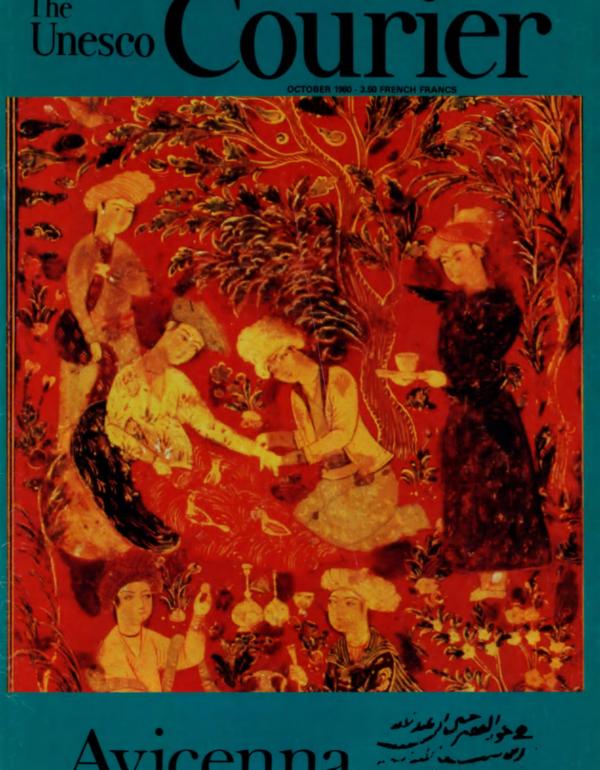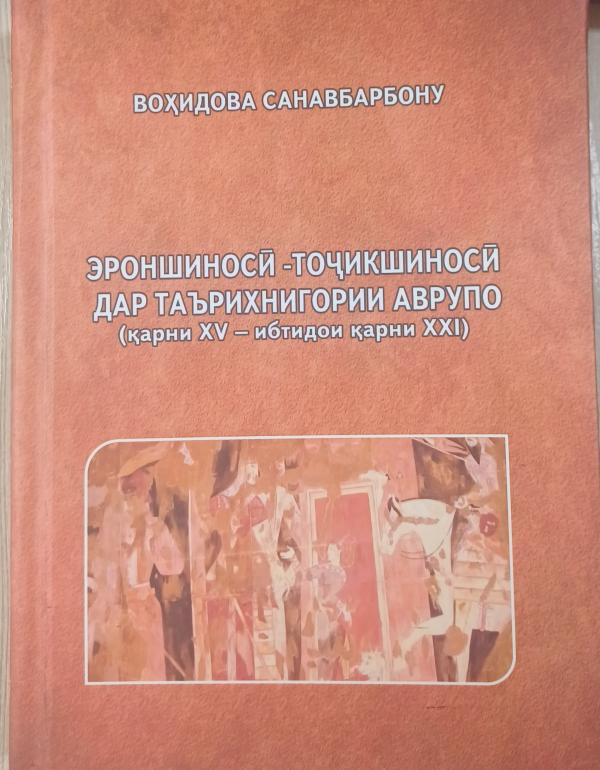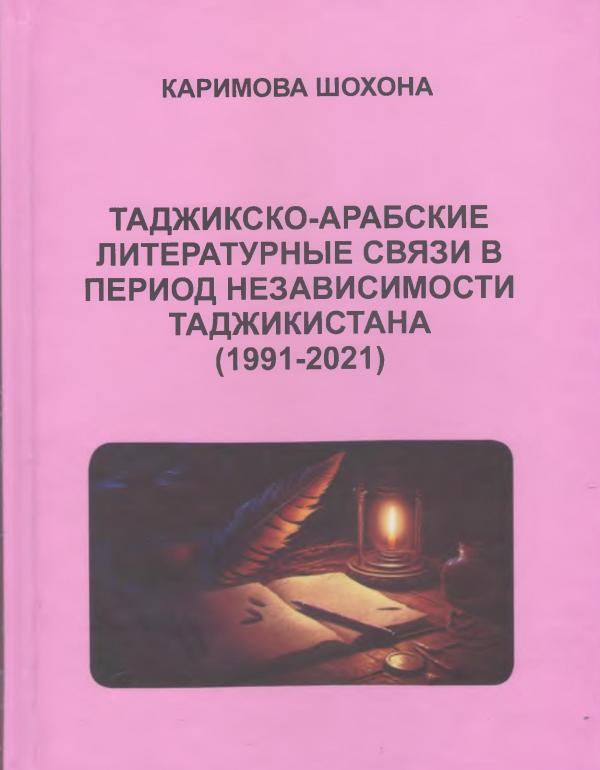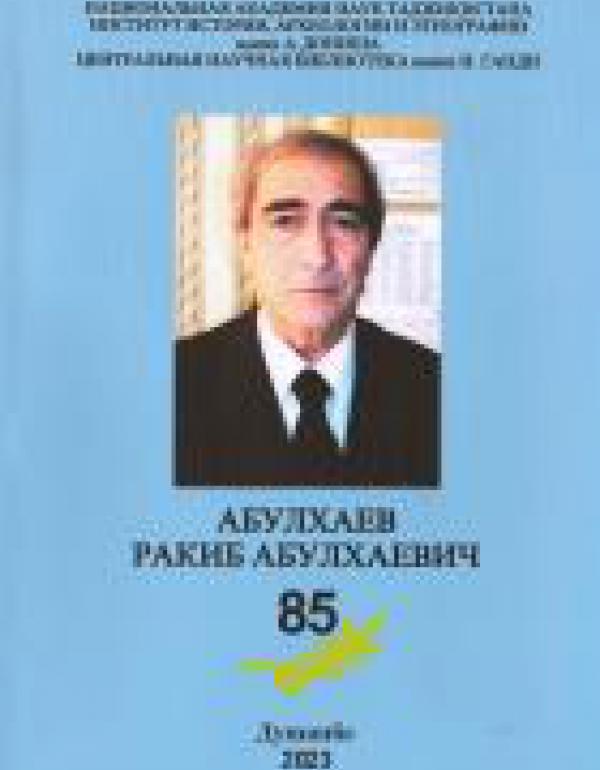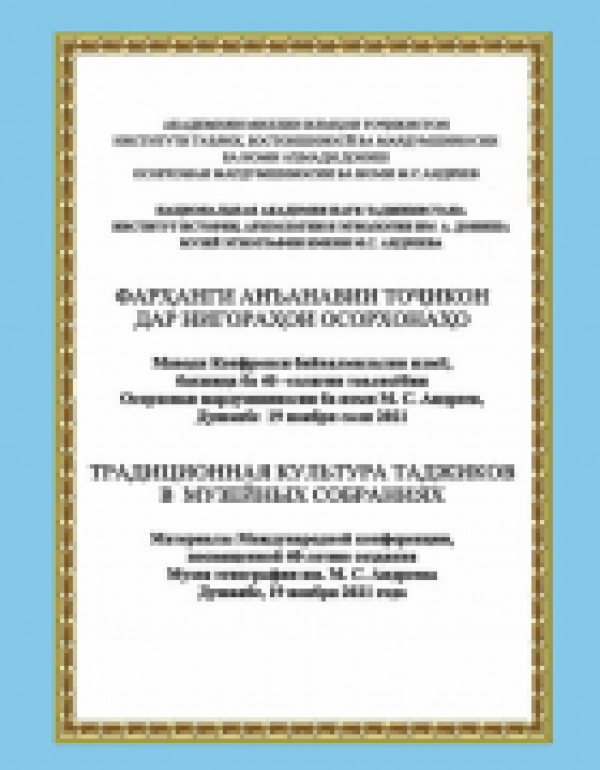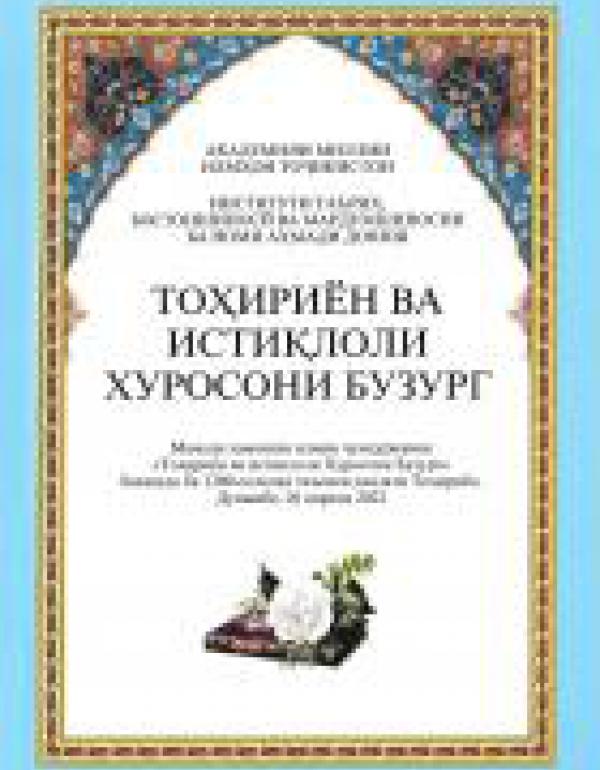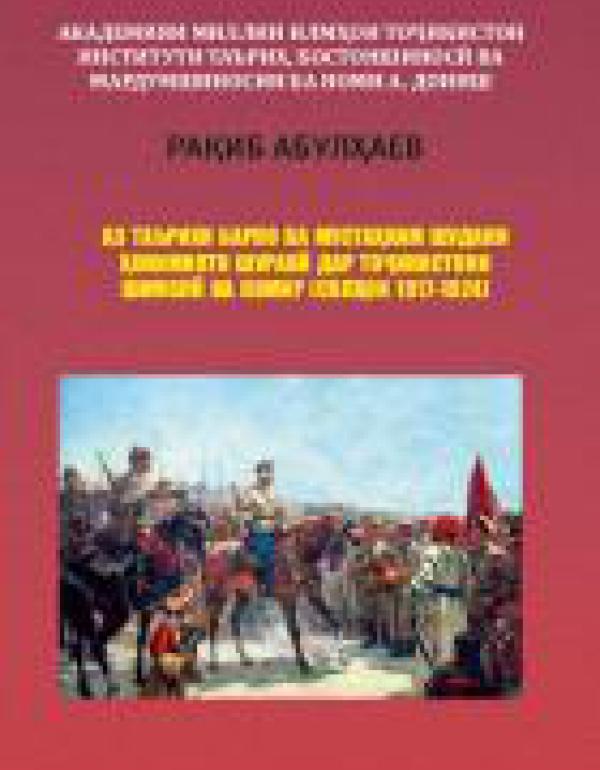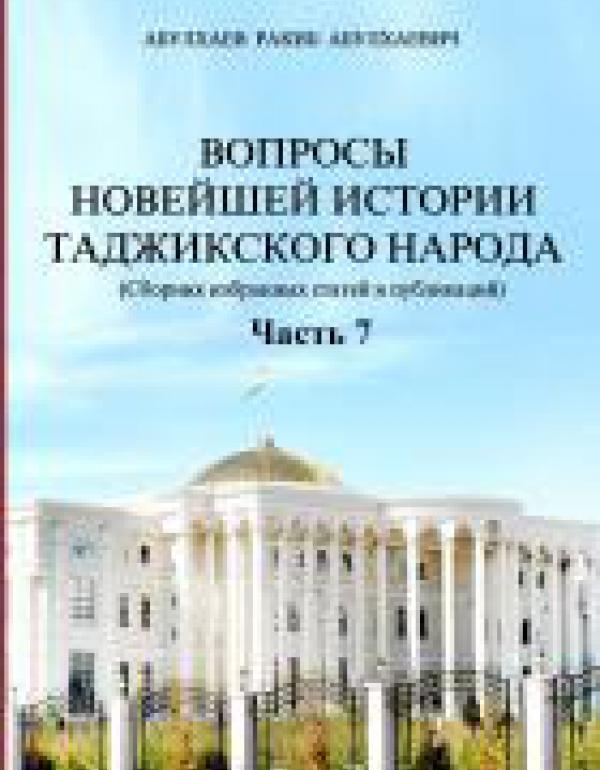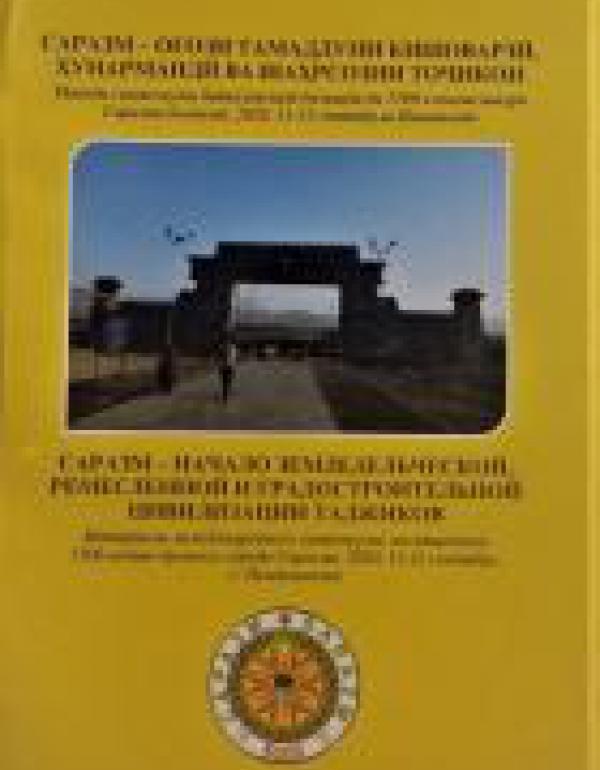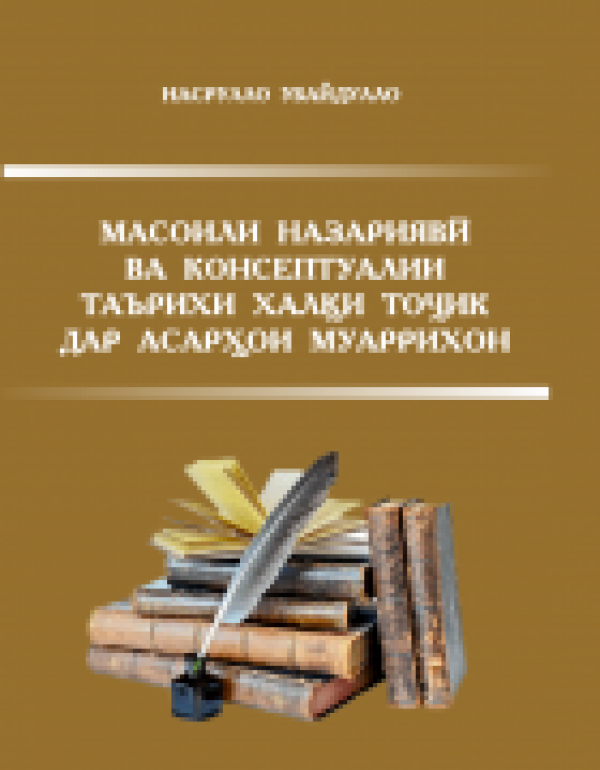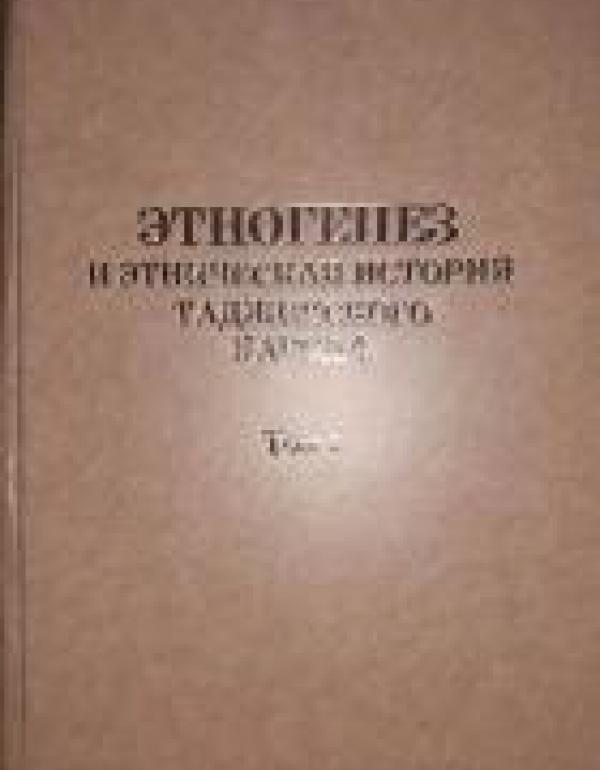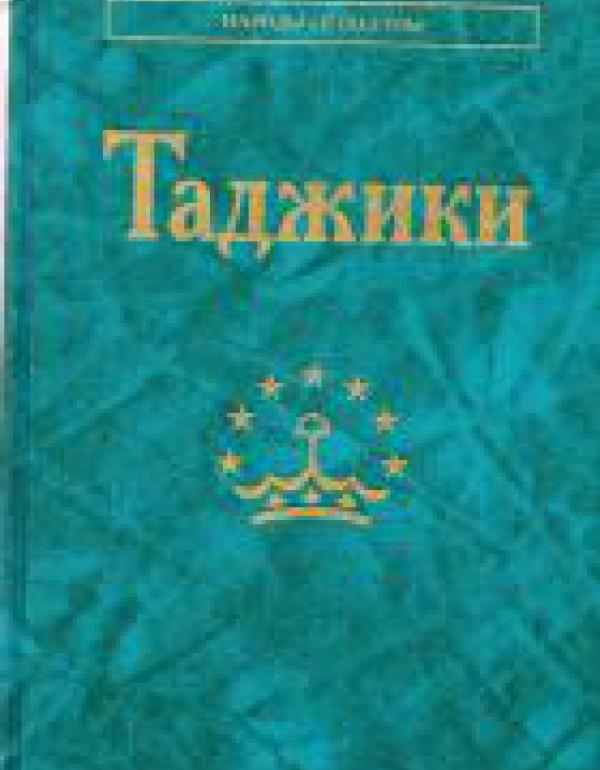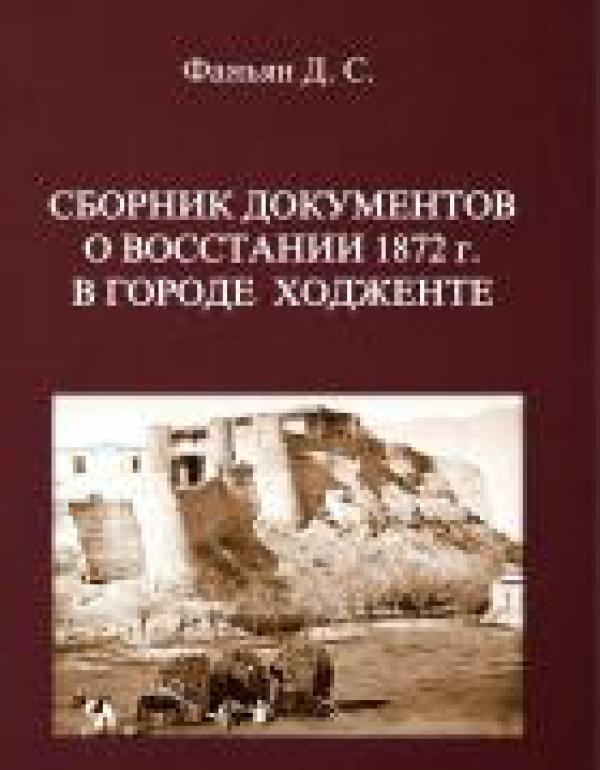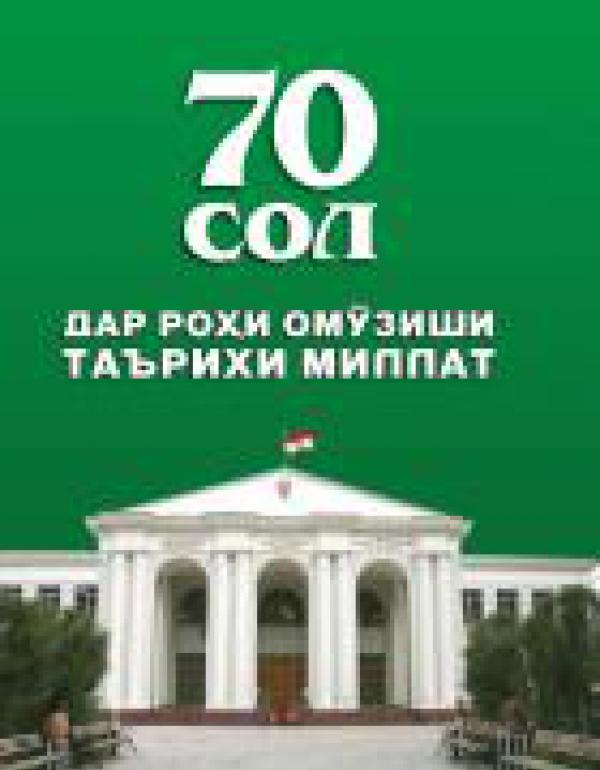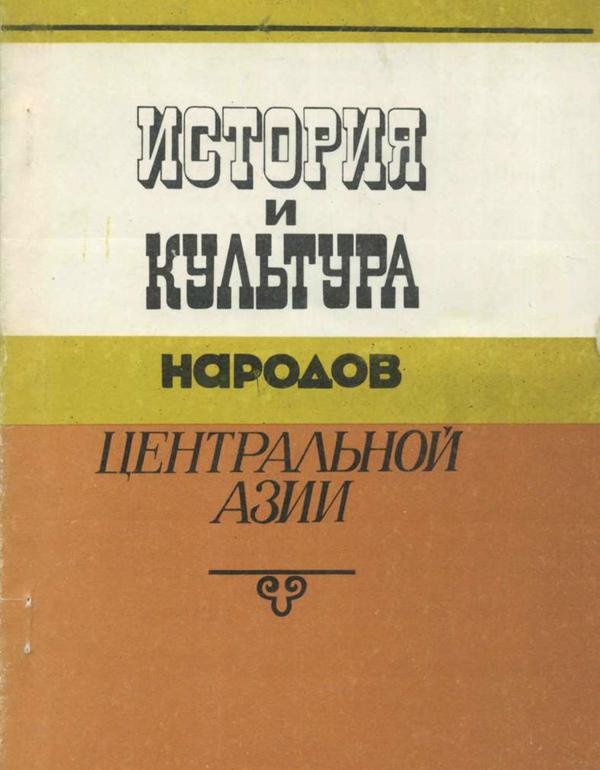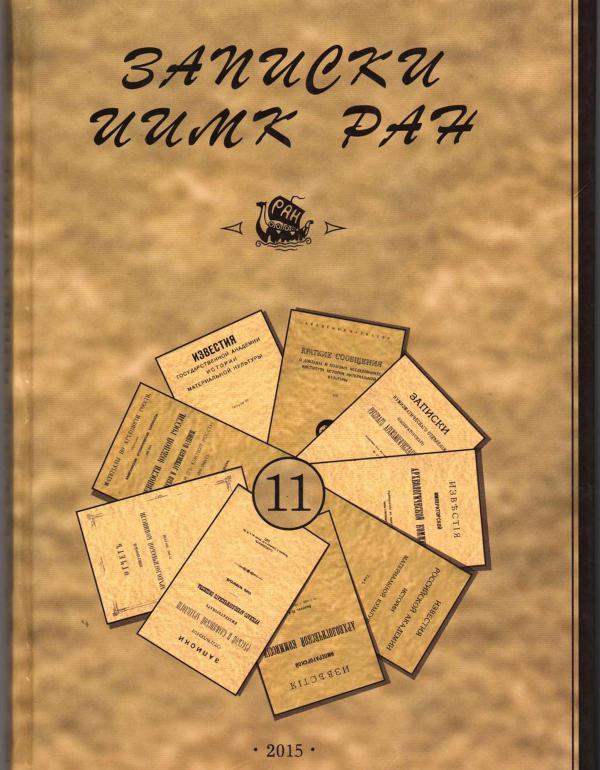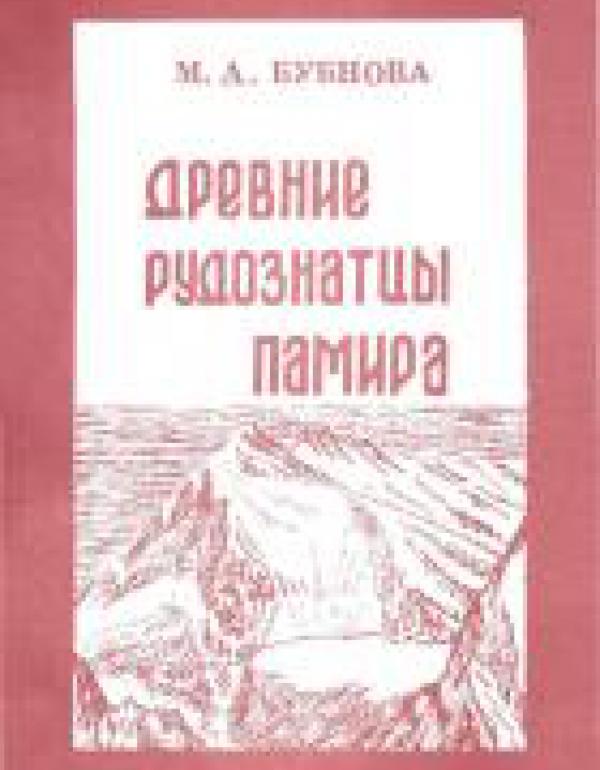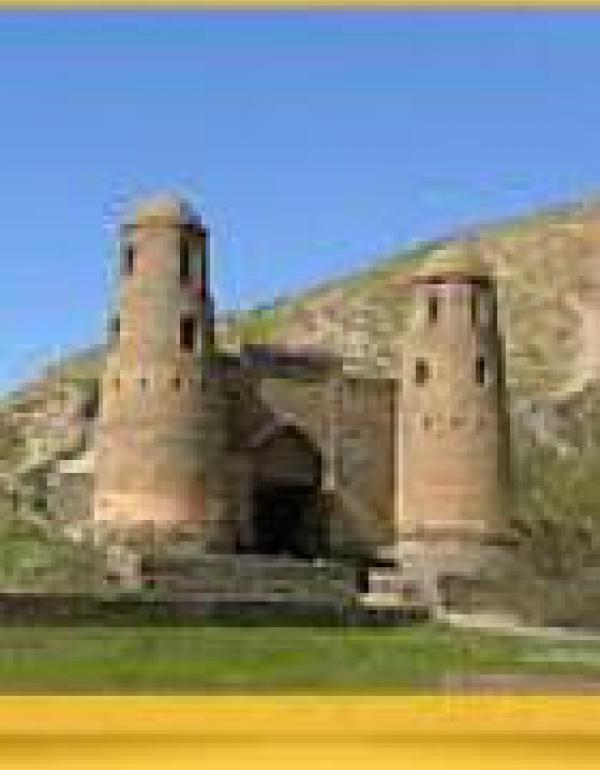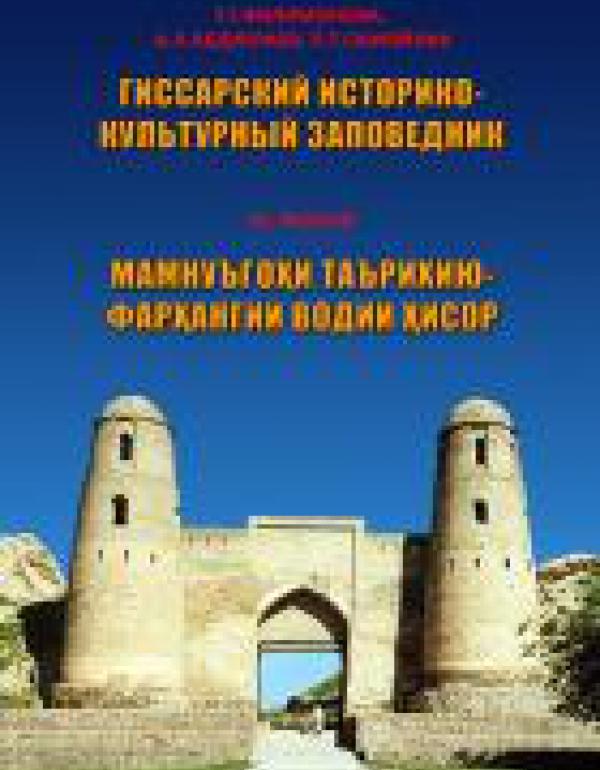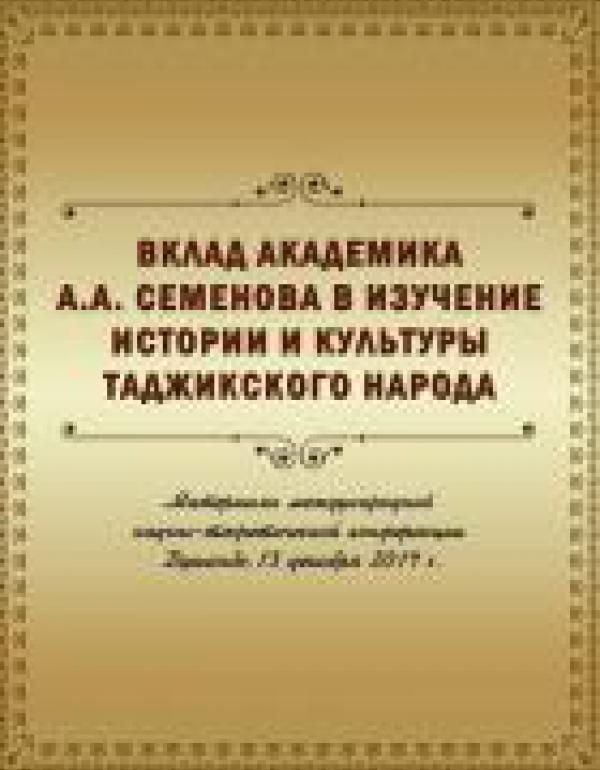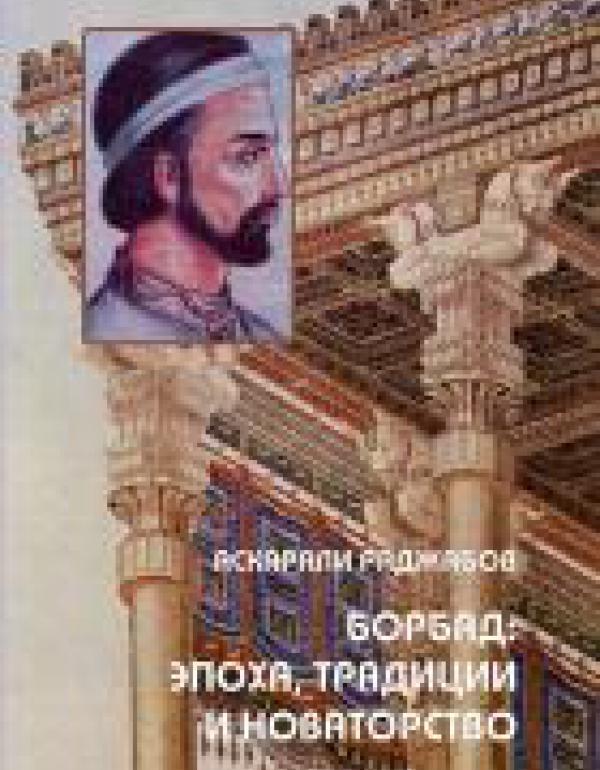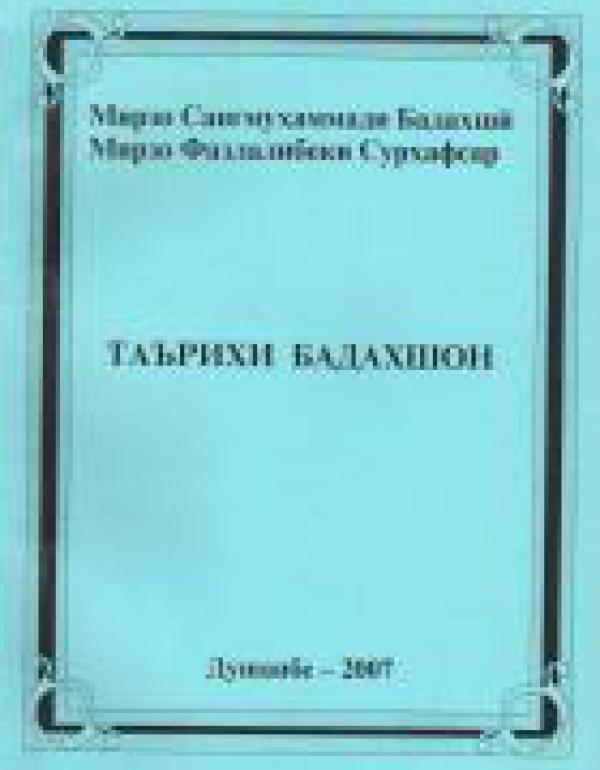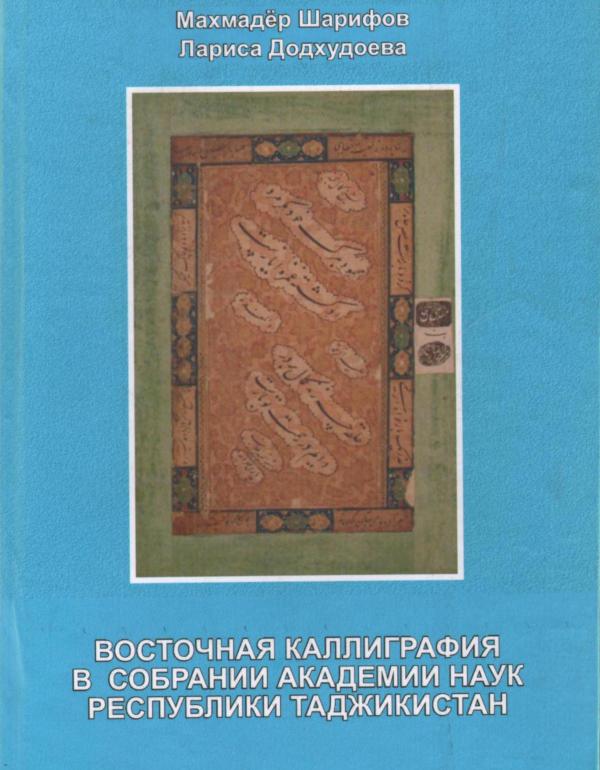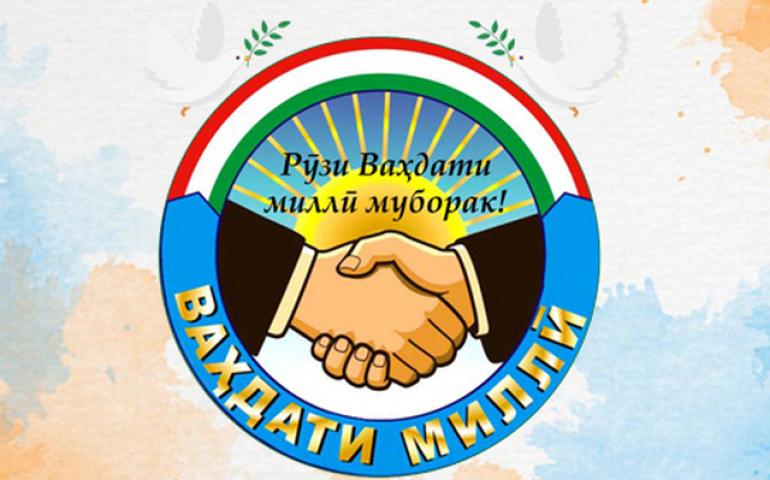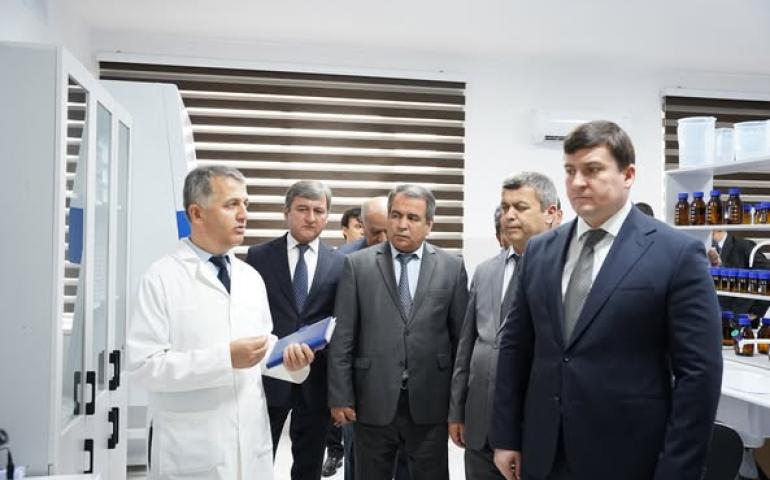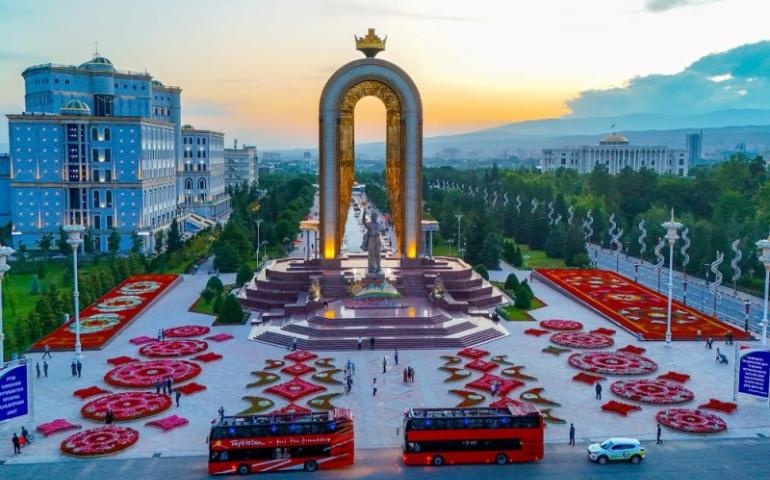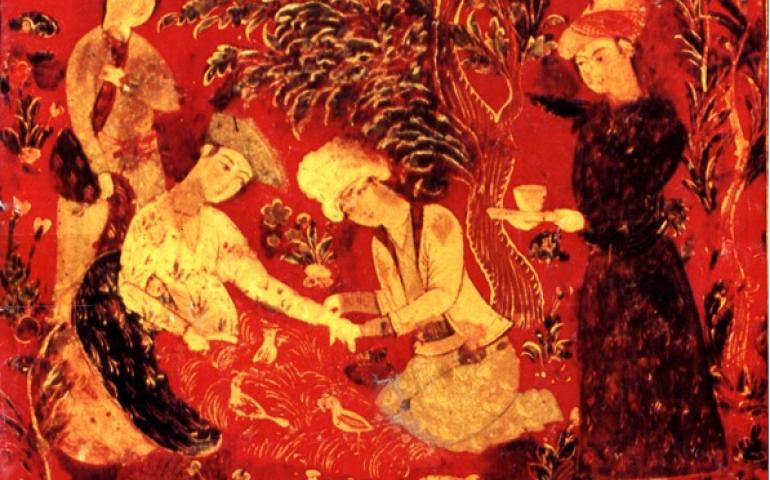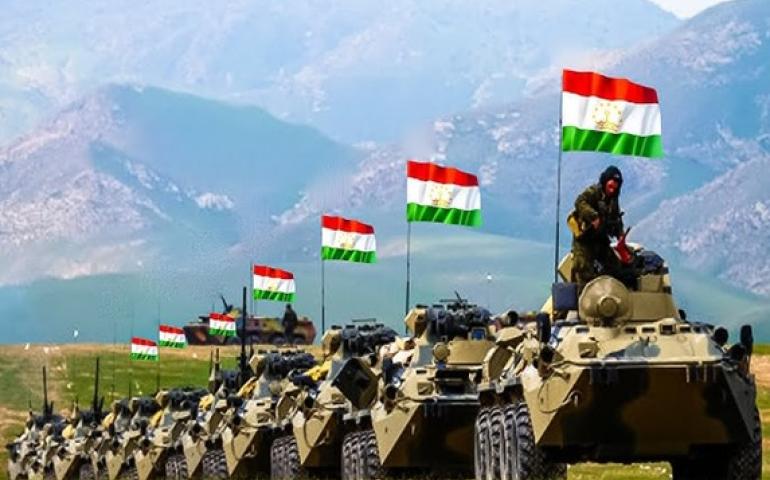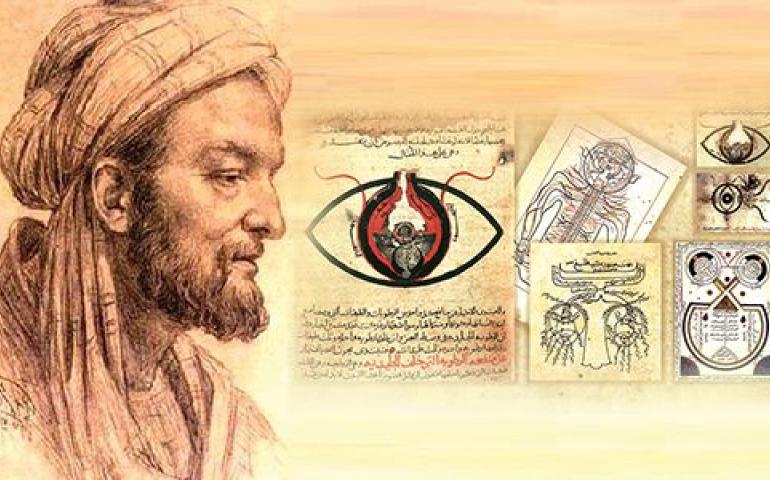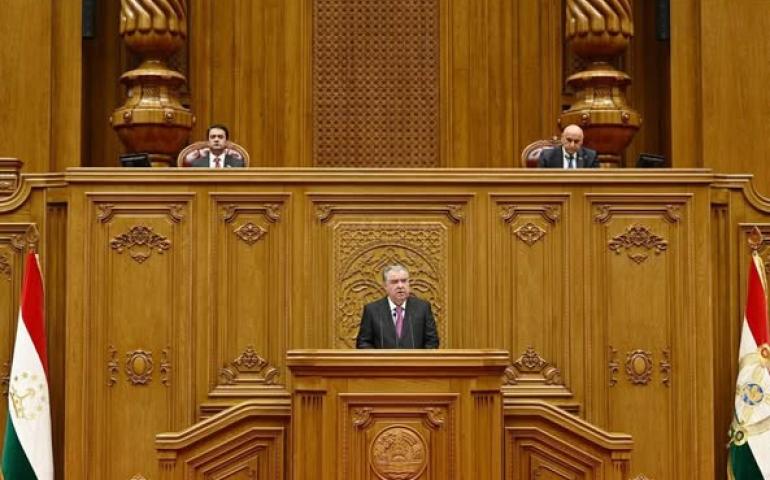
MAIN
Gavias SliderLayer - Slider #EN
-
 THE AREA OF THE FEDCHENKO GLACIER WITH ALL ITS TRIBUTARIES IS 681.7 KM2 , AND THE LONGEST LENGTH IS
THE AREA OF THE FEDCHENKO GLACIER WITH ALL ITS TRIBUTARIES IS 681.7 KM2 , AND THE LONGEST LENGTH IS
77 KM. THE UPPER REACHES OF THE TRIBUTARIES OF THE GLACIER REACH A HEIGHT OF 6280 M, AND THE END OF
ITS TONGUE DROPS TO 2910 M. THE ICE THICKNESS OF THE GLACIER IN SOME PLACES FROM 800 TO 1000 M,
AND THE VOLUME OF ICE IS ABOUT 130 KM2. -
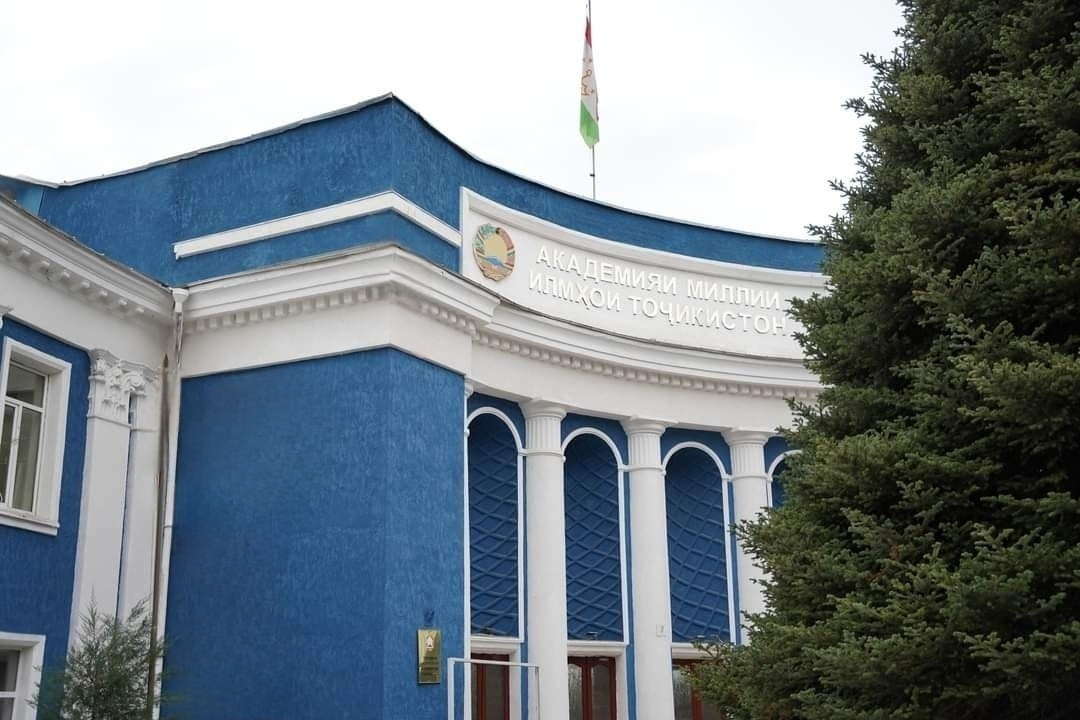 In January 1933, under the directorship of academician S.F. Oldenburg (1863-1935),
In January 1933, under the directorship of academician S.F. Oldenburg (1863-1935),
Tajik base of Academy of Sciences of the USSR started its operation and united sectors
of geology, botany, zoology and parasitology, soil science, humanities. In 1940,
Tajik base of Academy of Sciences of the USSR -
-5w343p.png) THE MINIATURE VERSION OF ABUL QASIM FERDOWSI'S "SHAHNAMEH"
THE MINIATURE VERSION OF ABUL QASIM FERDOWSI'S "SHAHNAMEH"
IN THE CENTER OF WRITTEN HERITAGE UNDER THE PRESIDIUM
OF THE NAST, NO. 5955 "THE SCENE OF KHAGAN'S CAPTURE BY RUSTAM" -
САРАЗМ – УНИКАЛЬНЫЙ АРХЕОЛОГИЧЕСКИЙ ПАМЯТНИК РУИНЫ, КАТОРОГО ОБНАРУЖЕНЫ
В 15 КМ К ЗАПАДУ ОТ ПЕНДЖИКЕНТА И В 45 КМ К ВОСТОКУ ОТ САМАРКАНДА. ПАМЯТНИК
БЫЛ ОБНАРУЖЕН ОСЕНЬЮ 1976 Г. АРХЕОЛОГОМ АБДУЛЛОДЖОНОМ ИСАКОВЫМ И МНОГИЕ
МНОГИЕ ГОДЫ ИССЛЕДОВАЛСЯ ПОД ЕГО РУКОВОДСТВОМ. -

-
 ZEISS-1000 TELESCOPE OF THE SANGLOKH
ZEISS-1000 TELESCOPE OF THE SANGLOKH
INTERNATIONAL ASTRONOMICAL OBSERVATORY
OF THE INSTITUTE OF ASTROPHYSICS OF THE NAST
News and announcements
PORTFOLIO
We’re The Nation Agency, a small design agency based in United States. We’ve been crafting beautiful websites, launching stunning brands and making clients happy for years.
HEROES OF TAJIKISTAN
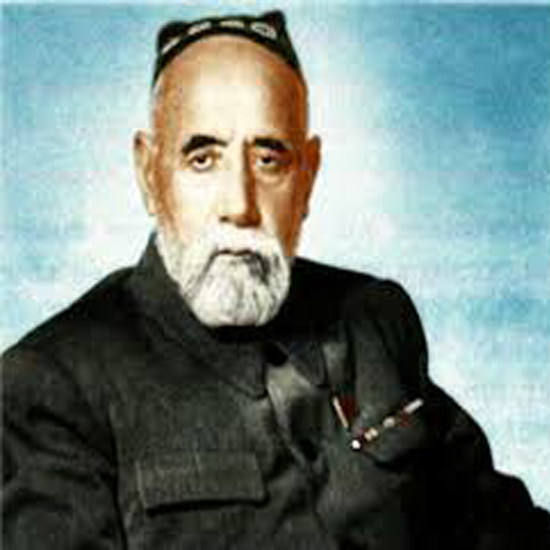
Адиб, олим ва асосгузори адабиёти муосири тоҷик. Аввалин Президенти Академияи илмҳои Ҷумҳурии Тоҷикистон. Муаллифи асарҳои «Таърихи амирони манғитияи Бухоро», «Таърихи инқилоби фикрӣ дар Бухоро», «Намунаи адабиёти тоҷик», «Дохунда»,...Муфассал
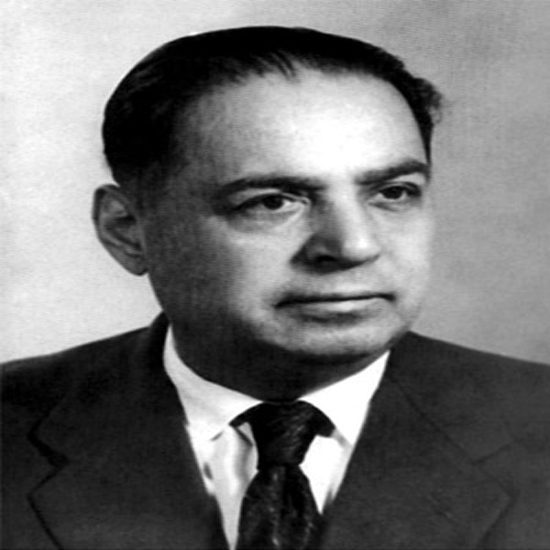
Олим, академики Академияи Илмҳои ИҶШС, арбоби ҳизбӣ ва давлатӣ, муаллифи китоби оламшумули «Тоҷикон» ва зиёда аз 300 асару мақолаҳо. Солҳои 1944-1946 котиби дуюм, с.1946-1956 котиби якуми КМ Ҳизби комунистии Тоҷикистон, 1956 – 1977 сарвари...Муфассал
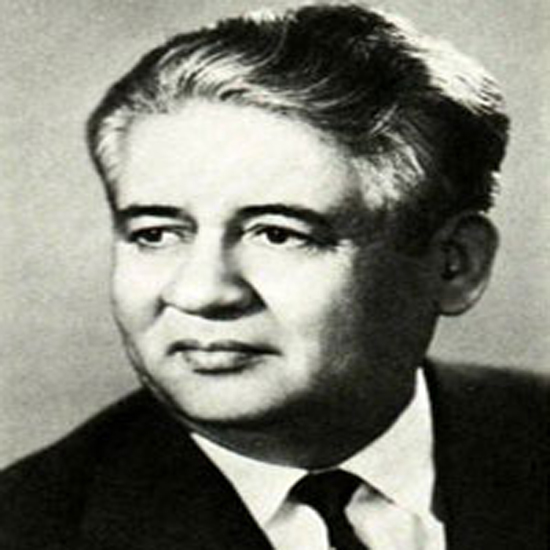
Шоири халқӣ, раиси Иттифоқи нависандагони Тоҷикистон, Қаҳрамони меҳнати сотсиалистӣ, Раиси Кумитаи якдилии халқҳои Осиё ва Африқо. Барои достонҳои «Қиссаи Ҳиндустон»(1948), «Ҳасани аробакаш», «Чароғи абадӣ», «Садои Осиё»,(1960) «Ҷони ширин»...Муфассал
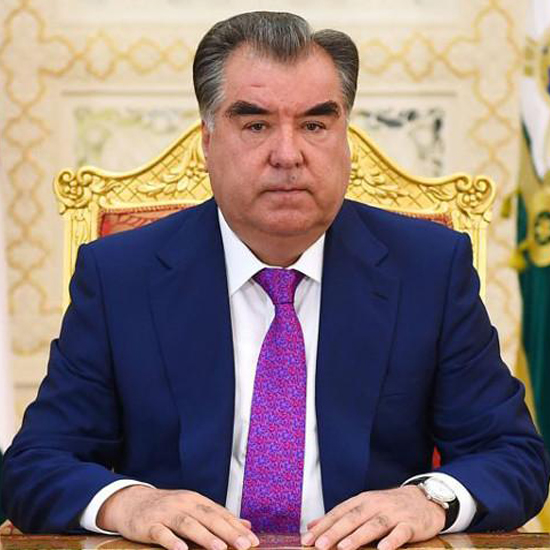
Президенти Ҷумҳурии Тоҷикистон. 19 ноябри соли 1992 дар иҷлосияи XVI Шўрои Олии Ҷумҳурии Тоҷикистон раиси Шўрои Олии Ҷумҳурии Тоҷикистон, 6 ноябри соли 1994 бори аввал, солҳои 1999, 2006 ва 2013 Президенти Ҷумҳурии Тоҷикистон интихоб гардидаст...Муфассал
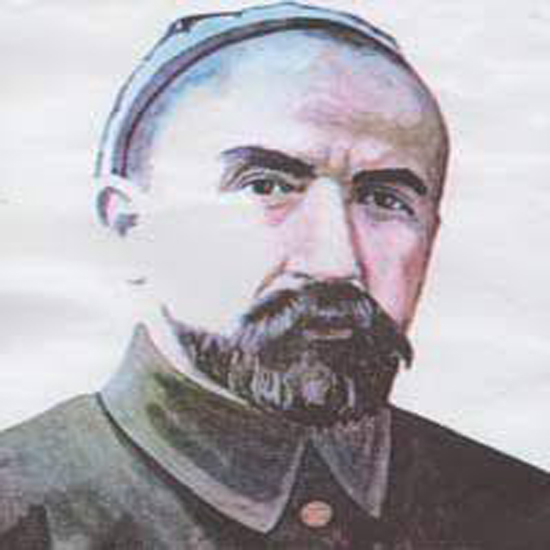
Нусратулло Махсум (Лутфуллоев) ходими давлатӣ ва ҳизбӣ. Солҳои 1924-1926 раиси Кумитаи инқилобии ҶМШС Тоҷикистон, солҳои 1926-1933 раиси Кумитаи Иҷроияи Марказии ҶШС Тоҷикистон. Бо фармони Президенти Ҷумҳурии Тоҷикистон аз 27 июни соли 2006....Муфассал
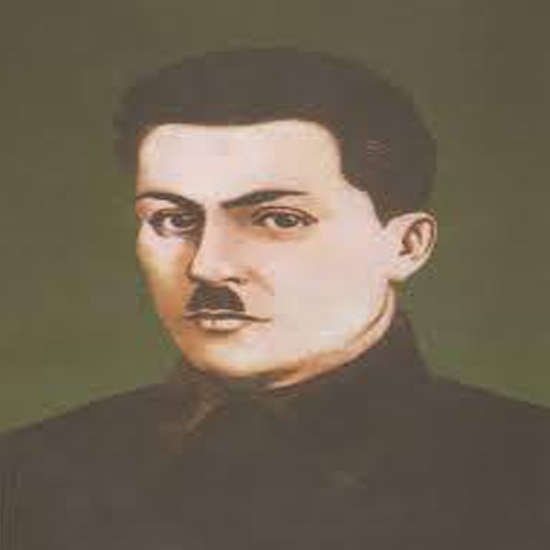
Ходими давлатӣ ва ҳизбӣ. Солҳои 1929-1931 котиби Ҳизби коммунистии ҶШС Тоҷикистон, солҳои 1933-1937 Раиси Кумитаи Иҷроияи Марказии ҶШС Тоҷикистон. Бо фармони Президенти Ҷумҳурии Тоҷикистон аз 27 июни соли 2006 ба фарзанди барӯманди халқи тоҷик....Муфассал
АКАДЕМИЯИ ИЛМҲОИ ҶУМҲУРӢ ИН ОИНАЕСТ, КИ СИМОИ АҚЛОНӢ, САТҲИ МАЪРИФАТУ ДОНИШ ВА ТАМАДДУНИ ҶОМЕАИ МОРО ИНЪИКОС МЕНАМОЯД. ҲАР ҚАДАР ИН ОИНА ПОКИЗАВУ БЕҒУБОР БОШАД, БА ҲАМОН АНДОЗА СИМОИ МАЪНАВИИ МИЛЛАТУ ДАВЛАТИ МО РӮШАНТАРУ БАРҶАСТАТАР БА ҶАҲОНИЁН ҶИЛВАГАР МЕШАВАД.
ЭМОМАЛӢ РАҲМОН

ШОҲАСАРИ «ТОҶИКОН»-И БОБОҶОН ҒАФУРОВ ВА ШУҲРАТИ ОН
Шоҳасари академик Бобоҷон Ғафуров «Тоҷикон», на танҳо дар таърихнигории ватанӣ, балки дар миқёси кишварҳои хориҷӣ низ шуҳрату шаҳомати беандозаро дорад.Бесабаб нест, ки шоҳасари «Тоҷикон» дар илми ховаршиносии Шӯравӣ падидаи ниҳоят муҳим ва навгонии беназир мавриди эътироф гардидааст. Зимнан, иқрор шудан ҷоиз аст, ки аксари муҳаққиқони ватанӣ ва хориҷӣ ба он ақидаи комилан дурусти илмӣ ва ҳаётии шоҳасари «Тоҷикон»-и Бобоҷон Ғафуров аз ҷиҳати масъалагузорӣ, таҳқиқу пажӯҳиш, таҳлилу муқоиса ва хулосаву ҷамъбаст аз дигар асарҳои илмиву...

In honor of the 1045th Birth Anniversary of the great Tajik scientist Abuali ibni Sino (Avicenna).
Аз қаъри гили сияҳ то авҷи Зуҳал,
Кардам ҳама мушкилоти гетиро ҳал.
Берун ҷастам зи қайди ҳар макру ҳиял,
Ҳар банд кушода шуд, магар банди аҷал.
(Ибн Сино)
Newly published books
“The reality is that the will, efforts, tolerance and ancient wisdom of the civilized and culturally minded Tajik nation, as well as the creative thinking and indomitable spirit of the Tajik people are the most important factors in achieving peace and tranquility, political stability and national unity.”
President Emomali Rahmon
National unity has a huge and fateful significance for the people of Tajikistan. This concept is a symbol of peace, unity, mutual understanding and solidarity of all the peoples of the country, achieved after the difficult years of civil war. The signing of the General Agreement on the Establishment of Peace and National Accord on June 27, 1997 put an end to the bloody war, saved Tajikistan from disintegration and destruction, and created a solid foundation for the further development of society. Below we will briefly consider some aspects of such a fateful phenomenon in the political and public life and the process of formation of the modern Peace, stability and social security: National unity brought peace to the country, put an end to the civil war and ensured social security. Today, Tajikistan is considered one of the most peaceful, prosperous and beautiful countries, and people live in such a pleasant and peaceful atmosphere. Peace and national unity also created favorable conditions for political reforms, economic and social development and international cooperation. This stage contributed to the strengthening of national identity and the enhancement of Tajikistan's role in the region and on the world stage.
Unity and solidarity of the nation: National unity is a real symbol and essence of the philosophy of peacemaking, civilization and tolerance of the Tajik nation, personifying the unity and cohesion of all the people of Tajikistan. This process created the basis for the revival of the nation and the restoration of the ruins of war, contributed to economic, social and political development. National unity is not only the ethnic unity of Tajiks, but also the unity of all residents of the country, regardless of national and religious affiliation. These values provide an atmosphere of peace, tranquility and friendship between different nations and groups in society. National unity, as a unifying factor, allowed all layers and forces of society to unite for common goals and increase resilience to internal conflicts and external challenges.
Economic and social development: Peace and unity have created favorable conditions for economic development, raising living standards and implementing major social projects. Equal economic opportunities and reducing inequality between regions and social groups contribute to the integrity of society. Indeed, national unity in Tajikistan has had a significant and positive impact on economic and social development. After many years of civil war, which was accompanied by huge human and economic losses (more than 10 billion US dollars), the signing of the General Agreement on the Establishment of Peace and National Accord became the basis for peace and national unity, saved the country from destruction and united people. National unity, as the highest value and foundation of peace, ensured peace and stability, created conditions for economic and social development. Having achieved peace and unity, Tajikistan was able to unite various forces and promote the development of national statehood and civil society. This unity created the basis for political and social stability, which became a favorable basis for economic development and raising the living standards of the people.
Freedom and human rights: National unity has become the basis for the observance and development of human rights and freedoms violated during the war. Freedom of speech, religion and the creation of democratic and civil institutions became possible thanks to this unity. National unity, as a symbol of unity and solidarity of all the people of Tajikistan, has allowed for better protection and observance of human rights and civil liberties. With the restoration of peace, a favorable atmosphere has been created for the development of civil society, in which citizens can actively participate in democratic processes and decision-making. This process contributes to strengthening the rule of law, social justice and equality of opportunity. Also, the annual celebration of National Unity Day with cultural and political events emphasizing the ethnic and cultural diversity of the country strengthens the spirit of unity and friendship between different groups in society. These factors play an effective role in the development of civil society and the protection of human rights.
The basis of modern statehood. National unity contributed to the formation of an independent Tajik state and the strengthening of the foundations of its national statehood. It is considered the embodiment of culture, tolerance and the peace-loving nature of the Tajik nation. Indeed, national unity in Tajikistan has had a great and constructive impact on the creation of a modern statehood and the strengthening of its national foundations. It has created an opportunity for the country's progress in all areas. This unity has contributed to the revival of national and traditional values, the celebration of national history and culture, as well as the revival of ancient history and the presentation of Tajikistan in the international arena. Thanks to unity, Tajikistan has become a secure and stable state, its people have been recognized as a peace-loving and humane nation and have received recognition and respect from the international community.
Preservation of independence and protection of national interests: National unity is the main means of preserving state independence and protecting national interests. This value has made the people resilient and able to withstand internal and external challenges. Thanks to national unity, Tajikistan was able to overcome post-war problems and achieve significant success in all areas. National unity has allowed Tajikistan not only to preserve its independence, but also to protect national interests at the international level and proudly present its rich history. National unity also helps to strengthen the sense of patriotism and strengthen national identity among residents, educate the younger generation in the spirit of unity, which is important for political stability and sustainable development of the country.
In a word, national unity for the people of Tajikistan is not only the memory of war and peace, but also the main source of progress, peace and prosperity of the country. It allowed society to move towards a bright future, preserve universal and national values, and Tajikistan to develop as an independent and united state.
Shamsiddin KARIMOV, Chief Researcher of the Institute for the Study of Asian and European States, National Academy of Sciences of Tajikistan
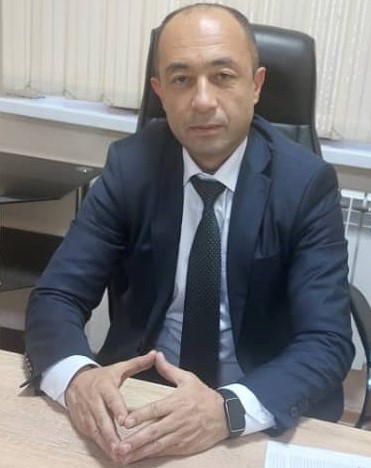 Academics also serve as public intellectuals. Through books, media, public lectures, and blogs, they engage with society at large. Their contributions to debates on ethics, justice, human rights, and culture help society grapple with its most pressing moral questions.
Academics also serve as public intellectuals. Through books, media, public lectures, and blogs, they engage with society at large. Their contributions to debates on ethics, justice, human rights, and culture help society grapple with its most pressing moral questions.
Furthermore, academics often participate in community outreach, advising local governments, NGOs, and civil society groups. By translating complex ideas into accessible knowledge, they help bridge the gap between the university and the public.
Academics play a critical role in shaping the intellectual, cultural, social, and economic landscape of society. Their responsibilities go beyond teaching and research, encompassing policy advising, public engagement, technological innovation, and the cultivation of democratic values. This article explores the multifaceted roles of academics in modern society, analyzing their influence on governance, innovation, critical thinking, and cultural preservation.
The word "academic" traditionally refers to someone engaged in higher learning, research, or instruction at a university or similar institution. However, in the 21st century, the scope of their influence has expanded significantly. Academics contribute not only to education but also to policy formation, public discourse, and the development of critical knowledge necessary for addressing global challenges such as climate change, public health crises, and social inequality.
Khushvakhtzoda Q. Kh. is the author of more than 300 scientific materials and 40 educational manuals and textbooks, on the topics of theoretical and methodological foundations of agricultural products as an object of the accounting-analytical system, the formation and organization of an accounting system for ensuring the production of competitive products, conducts scientific research on economic and statistical analysis of the competitiveness of agricultural products, accounting and analysis of agricultural management, assessment and analysis of the impact on the competitiveness of agricultural products, etc.
In order to implement the "State Program for Training High-Level Scientific Personnel for 2021-2030" and make a significant contribution to the training of scientific and teaching personnel, under the leadership of professor Khushvakhtzoda Q.Kh., 23 researchers have defended their scientific theses, including 5 doctoral theses and 18 candidate theses.
Professor Khushvakhtzoda Q.Kh. has participated and spoken at more than 100 international conferences and symposiums in Dushanbe, Almaty, Bishkek, Kiev, Tashkent, Moscow, Lutsk, Yekaterinburg, Crimea, St. Petersburg, Tokyo, Great Britain, and Beijing.
Khushvakhtzoda Q.Kh.'s meritorious services were awarded with the I. Somoni Prize, the Order of Excellence in Education of Tajikistan, the Diploma and Prize of the Academy of Sciences of the Republic of Tajikistan, the Order of Excellence in Culture of Tajikistan, Certificates of Honor of the People's Democratic Party of Tajikistan, Certificates of Honor of the Tajik National University, Rector of the Year and the Order of Honor, 2nd degree, the Jubilee Medal of the 30th Anniversary of the People's Democratic Party of Tajikistan, as well as several letters of commendation and gratitude from the country's scientific, educational, and law enforcement agencies.
Academics are vital to the intellectual and moral fabric of society. They educate future generations, advance knowledge, support sound governance, and contribute to cultural enrichment. In a world facing complex global problems, the need for independent, ethical, and engaged academic voices is greater than ever.
Societies must recognize and support the unique contributions of academics, ensuring they have the resources, freedom, and respect necessary to continue their work.
We, the teachers of the Department of Foreign Languages under the Presidium of the National Academy of Sciences of Tajikistan, sincerely congratulate the esteemed Khushvakhtzoda Qobiljon Khushvakh on his election as an Academician of the National Academy of Sciences of Tajikistan, and wish him success in his future endeavors.
Sinctrely, Prof. Saidzoda Halim Aziz Head of the Department of Foreign Languages National Academy of Sciences of Tajikistan
734025, Republic of Tajikistan, Dushanbe, Rudaki Avenue, 33.
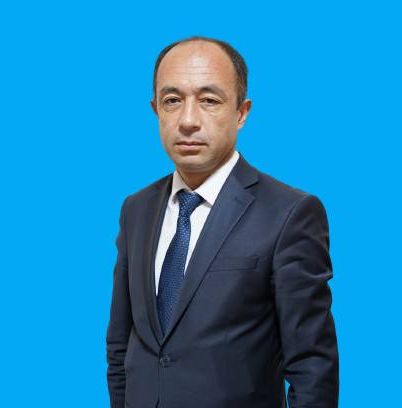 The Founder of Peace and National Unity - Leader of the Nation, President of the Republic of Tajikistan, His Excellency Emomali Rahmon, in the direction of improving the capital of the country and the entire Tajikistan. At the same time, the activities of the city's leadership over the past few years have also strengthened the necessary opportunities for planning and holding various scientific events for the development of the capital.
The Founder of Peace and National Unity - Leader of the Nation, President of the Republic of Tajikistan, His Excellency Emomali Rahmon, in the direction of improving the capital of the country and the entire Tajikistan. At the same time, the activities of the city's leadership over the past few years have also strengthened the necessary opportunities for planning and holding various scientific events for the development of the capital.
The city of Dushanbe today has a developing infrastructure, with new modern conference halls and hotels for their participants, which increasingly attracts organizers of international and national scientific events. Also, the continuous strengthening of the ability to connect to international communication networks and the development of air transport have made the city of Dushanbe a suitable venue for organizing scientific events that bring together scientists from different countries.
The development and progress of the city of Dushanbe and the efforts and efforts of the Mayor of Dushanbe, Rustam Emomali, and at the same time recalled the youth-oriented policy of the Founder of Peace and National Unity - Leader of the Nation, President of the Republic of Tajikistan, his Excellency Emomali Rahmon.
Today, under the creative leadership of the great Leader of the Nation, Honorable Emomali Rahmon, and with the constructive initiatives of the Mayor of Dushanbe, Honorable Rustam Emomali, the city of Dushanbe has completely changed its image and become a city of dreams. In general, the capital of Tajikistan - the city of Dushanbe is a mirror of the history and life of the Tajik nation and the Tajik state.
Dushanbe is the largest city in our republic, the center of science and culture - the capital of Tajikistan. This beautiful and charming city has its own history.
Dushanbe is the center of the Republic of Tajikistan, a city that connects hearts, a place of love and compassion, the home of great Tajiks. Dushanbe is a city that is a homeland for everyone from the smallest to the largest of this land.
The homeland where we were born and grew up. The homeland that we love like a caring mother. A land that is full of flowers, prosperity, beauty, and happiness.
Dushanbe is a great city that is a center of hope and aspiration for Tajiks as a great and famous nation. As we walk the streets of this great city, we involuntarily enjoy the beauty of its surroundings. When we meet a hospitable and cultured people with a high level of culture among their citizens, we involuntarily exclaim: Long live my favorite City Dushanbe.
Dushanbe is a place of wise men, honorable women, and happy and cheerful children. It is a place that captivates the heart and undoubtedly fascinates. Dushanbe is a beautiful and charming city and a place of hospitable, noble, proud and famous people.
Today, as residents of this great land, we need to praise it with all its greatness, because it is a great city that captivates hearts and minds. Dushanbe is a place that is full of flowers, famous and charming. Multi-storey buildings, spacious palaces and halls, large theaters and universities, administrative and cultural buildings, in addition to all this, being a political, cultural and economic center makes Dushanbe ten times more beautiful and famous.
Dushanbe is the pride of every honorable inhabitant of this beautiful land. When we read the praises of this heart-warming garden city in the works of this or that great writer, we can say that Dushanbe is ten times more worthy of these praises and more valuable than all the beauties of the world, more beautiful than all the beauties of the world, captivating the mind of the beholder.
Dushanbe is like a jewel in the hearts of Tajiks and Tajikistan is, shining with every glance. The old and young of this land of eternal spring, like moths, circle the only night light of this city of the heart. The doors of the grand hotels of Dushanbe, as a palace of hope and aspiration, are always open to guests, and its noble and noble children, with Aryan charm and cosmic beauty, give it a royal beauty.
Thanks to Dushanbe, that we are the inhabitants of this flower-filled place. Thanks to its cultured people, which are the pride of the great Tajik nation. The world-traveling children of this heart-opening garden city always praise their beloved country from far away, cherishing its clean air, flowers, and plants in their hearts.
With pride in all the praise, this heart-opening garden city and the place of high arts and noble men and women has become our homeland, and we, the true Tajiks, should worship every flower, plant, stone, water, and soil with all our heart and soul.
In general, it is fair to say that Dushanbe, as the great center of dear and independent Tajikistan, is in full bloom every day and every hour, and day after day it can be seen as prosperous, beautiful, comfortable and pleasant. Who is that great-hearted person who did not enjoy the weather and pleasantness of this eternal place? Who is that leader who did not support the great power of this land with its people of honor and dignity?
There is no person, no any Tajik who has not experienced the grandeur of this beautiful place.
There is not a moment when the fragrant aroma of the charming Dushanbe does not fill the heart with love and affection and the fragrant scent of the minds of its people.
Briefly about the history of Dushanbe city.
Dushanbe (from 1925 to 1929 - Dushanbe, from 1929 to 1961 - Stalinabad) is the capital of Tajikistan, a city of republican significance, the largest scientific, cultural, political, economic, artistic and administrative center of the country. The highest state institutions of the country are located in Dushanbe.
Dushanbe from 1925 to 1929, named Dushanbe. From 1929 to 1961 - Stalinabad is the capital of Tajikistan, a city of republican significance, the largest scientific, cultural, political, economic, artistic and administrative center of the country. The highest state institutions of the country are located in Dushanbe.
Since 1929, the capital of the Tajik SSR was called Stalinabad in honor of Joseph Stalin. In 1961, during the de-Stalinization period, the city was returned to its original name, and since 1991 it has been the capital of the Republic of Tajikistan, but with the correct spelling changed to Dushanbe.
Almost 40 percent of Tajikistan's industrial potential is concentrated in the city, and 12 percent of the country's population (as of July 1, 2023 — 1,228,400 people) lives in this city. Since January 12, 2017, Rustam Emomali has been the mayor of Dushanbe.
The place name "Dushanbe" was first mentioned in Mahmud ibn Vali's book "Bahr-ul-asror fi manaqibi-ul-akhyor" (compiled in 1636) and in the letter of the Khan of Balkh Subhankul Bahadur to the Tsar of Tsarist Russia Fyodor Alekseevich (December 1676). In a document from 1826, the city is called "Dushanbe-kurgan". "Kurgan" is a Turkic word meaning "fortress". The Dushanbe fortress was located on the left bank of the Varzob River, and a market was held near it every Monday. The current name of the capital of Tajikistan is a reminder of this market. Since this place was called "Dushanbe-bazar", a village that appeared over time in place of "Dushanbe-bazar" was named Dushanbe.
The present-day territory of Dushanbe existed approximately 2300-2400 years before this urban civilization. The evidence of this is the unique archaeological finds, the ruins of the city, the remains of a dimna, an arch and a fortress, a dakhma and burial grounds, and ancient coins that have been found in Dushanbe and its surrounding areas. Archaeologists divide the history of Dushanbe into three periods: the ancient period, the Middle Ages, and the modern (main) period.
Ancient period: Historical Dushanbe is located in the eastern part of the Hissar Valley, and according to archaeologists and historians, the historical settlement area of the surrounding people was located in an oasis with a length of about 80 km and a width of up to 20-24 km. Dushanbe has a history of more than 2400 years, which, according to archaeological finds, belongs to the "Hissar culture". The Hissar culture is an ancient civilization of the Neolithic era, covering the end of the Stone Age in Central and Southern Tajikistan, which dates back to the 7th-2nd millennia BC.
Middle Ages. The territory of Dushanbe and the surrounding province were mentioned in the Middle Ages as the city and province of Shuman, as historical sources testify. The geographical treatise of an unknown author “Hududu-l-Alam” (982-983) describes this place as follows: “Shuman is a strong city, built on a hill, surrounded by a moat, and a fortress (fortress) is built on top of the hill, and in the middle of the fortress there is a large spring of water, from which saffron grows abundantly.” According to the information of geographers and historians of the 9th-10th centuries, Ibn Khurdadbih, Tabari, Istakhari, Ibn Havkal and Maqdisi, Shuman, Aharun, Chaghaniyan, Khatlon, Tirmiz, Vashgird and their districts were previously subordinate to Takhoristan, and later, during the Arab invasion, together with Khorasan and Transoxiana, they became subordinate to the Caliphate. According to historian G. Goibov in his book "History of Hisar Shodmon, Chaghaniyan and Dushanbe" (1999), the city and region of Shuman "extended in the south to Qubadiyan and Vakhsh, in the west to Aharun, in the north almost to the Anzob pass and in the east to Dushanbe, Kafarnihan, not far from which is the Shodmon Fortress. In particular, today's Dushanbe was also located in the territory of this kingdom." This idea was first expressed by the famous Russian orientalist V.V. Barthold (1869-1930) during his study of the "Geography of the Samanids". Throughout the Middle Ages, the people of the beys of Hisor, Boyan, and Dehnav, the merchants of Tirmiz, Samarkand, Khatlon, Vakh, Qubodi, Darvaz, Qarotegin, and Fayzobad organized markets every Monday in the areas of present-day Dushanbe, which led to the name Dushanbe, the current capital of Tajikistan.
XX century. In 1907, due to a devastating earthquake in Karatogu-Hissar, the Bek of Hissar - Shohimardonkul, moved with his family to Dushanbe and made Dushanbe the capital of the Bek's rule. The population of Dushanbe in 1920 was approximately 18-20 thousand people. During this period, the administrative government was controlled by the Bek of Hissar, to whom the Dushanbe estates were subordinate.
In September 1920, the Emir of Bukhara, Olim Khan, fled from the pursuit of the Soviet Red Army and settled in Dushanbe, and on March 5, 1921, Dushanbe crossed the Panj and took refuge in Afghanistan. At the end of September 1921, Ibrahimbek besieged Dushanbe with 4,000 of his supporters. In November of the same year, the former Turkish military leader Anvar Pasha arrived in Eastern Bukhara, united more than 10,000 people from the anti-Soviet forces of this principality around him, and on December 10, 1921, they besieged Dushanbe. The city was under siege until mid-February 1922. From January 2, 1922 to February 7, 1924, Dushanbe became the center of the Extraordinary Dictatorship Commission of the Executive Committee of the CPSU on the Affairs of Eastern Bukhara, which had unlimited civil and judicial rights. On June 14, 1922, as a result of extensive military operations, Dushanbe again passed into the hands of military units of the Red Army. In accordance with the mandate (mandate) No. 135, Mirzosaid Abdulloev was appointed the first chairman of the Revolutionary Committee of the Dushanbe region on August 21, 1922. People's Commissar for Foreign Affairs Georgy Chicherin, relying on the opinion of Russian orientalists, proposed a new project, contrary to the existing ones, which was mentioned in history as the "Chicherin Project". According to this project, the Republic of Tajikistan was to be established as the largest republic in Central Asia, and the Autonomous Republic of Uzbekistan was to be created within it, but this project was not accepted.
On June 17, 1929, the Bureau of the Executive Committee of the Central Committee of the Uzbek Communist Party (Bolsheviks) considered the issue of “Comrade Stalin’s telegram on the separation of the Tajik SSR from the composition of Uzbekistan as a union republic.” At the same meeting, the Bureau decided to support the proposal of the Central Committee of the CPSU (Bolsheviks) and to establish the Tajik SSR as a separate union republic. On October 15, 1929, the Third Extraordinary All-Tajik Congress of Soviets began its work in Dushanbe, and on October 16, at a crowded meeting on the “Farmer’s House” square, in the presence of the congress delegates, the Declaration on the establishment of the Tajik SSR was adopted. In the same year, the city was renamed Stalinabad. The first general project for the construction of Dushanbe was adopted and approved in 1930.
The period of independence. Since the late 80s and early 90s of the 20th century, serious changes have taken place in Dushanbe and the entire country. On August 24, 1990, after the adoption of the Declaration of Independence of the Republic of Tajikistan at the second session of the Supreme Council of the Republic of Tajikistan (twelfth convocation), Dushanbe was recognized as the capital of the state and the sole administrative center of the Tajik state. On September 9, 1991, an extraordinary session of the Supreme Council of the Republic of Tajikistan of the XII convocation was held in Dushanbe, which adopted the Declaration of State Independence of Tajikistan. Dushanbe has been the capital of the independent state of Tajikistan since 1991. During the period of independence, with the construction of architectural and cultural complexes and palaces, wide paved avenues and streets, administrative and residential buildings, industrial enterprises, educational, scientific and literary institutions, Dushanbe became one of the most magnificent cities in the world. In Dushanbe, the activity of comprehensive schools in accordance with national educational programs expanded. New educational institutions - lyceums, gymnasiums and colleges were built. By the decision of UNESCO in August 2004, Dushanbe was awarded the first degree "City of Peace" Award in the Asia-Pacific region for 2002-03 for its great contribution to strengthening the foundations of peace, diversity and unity in everyday life.
The symbol of statehood and the spiritual world of Dushanbe is embodied in the architectural complex of National Unity and the Revival of Tajikistan with the monument to Ismail Somoni in Dusti Square, statues of Abuabdullah Rudaki, Abuali Ibn Sina, Abu-Qasim Firdawsi, Omar Khayyam, Sadriddin Aini, Bobojon Gafurov and others. In Dushanbe, diplomatic embassies of many foreign countries operate, including the Russian Federation, the USA, the People's Republic of China, Germany, France, India, Great Britain, Turkey, Japan, Iran, Pakistan, Afghanistan, the Republics of Uzbekistan, Kazakhstan, Kyrgyzstan, Turkmenistan, a total of 22 embassies and consulates, 1 diplomatic mission based in Dushanbe, 14 specialized agencies of the UN and international organizations, and 6 international financial institutions (2017).
Dushanbe is the scientific, cultural, industrial, political and administrative center of the country and is governed by the local government of the city in accordance with the Constitutional Law of the Republic of Tajikistan “On the Status of the Capital”. This law separates and regulates the relationship between the state authorities of the republic and the local government of Dushanbe, which represents the representative and executive power of the capital. The executive government of the city is responsible for managing the national economy, scientific and cultural institutions, and ensures the implementation of the decrees and orders of the President of the Republic of Tajikistan, laws and resolutions of the Majlisi Oli, the Majlisi Namoyandagon of the city. Based on the Constitution of the Republic of Tajikistan, the instructions of the President and the laws of the Republic of Tajikistan, the local government of the city issues orders and instructions. The executive power within the city is headed by the Mayor, who, according to the principle of one-man rule, represents the executive power within the city of Dushanbe and directs the representative power.
The city of Dushanbe has an emblem. The officially approved emblem of the city of Dushanbe is the official emblem.
List of used literatures
1. Historical essay // Encyclopedia of Dushanbe. – D.: SIEMT, 2016. – P. 24-37.-732 p.
2. Dushanbe // Dirham — Land. — D.: SIEMT, 2017. — (National Tajik Encyclopedia: [approx. 25 vol.] / editor-in-chief N. Amirshohi; 2011—2023, vol. 6).
3. Mamadnazarov H. Dushanbe — the capital of the Republic of Tajikistan // Our cities. D., 1975;
4. Yusupov Sh. To the history of pre-revolutionary Dushanbe (end of the XIX — beginning of the XX century). D., 1988;
5. Goibov G. History of the Shodmon, Chaghaniyon and Dushanbe. D., 1999;
6. Dushanbe on the path of history. D., 2005.
Information about the authors: Saidzoda Halim Aziz – Head of the Department of Foreign Languages under the Presidium of the National Academy of Sciences of Tajikistan Address: 734025, Republic of Tajikistan, sh. Dushanbe, Rudaki Avenue, 33. Tel: 93 555 22 54 and the 2nd year master degree students of Department of Foreign Languages of NAST Khushvakhtova D., Davlatkadamova L., Kurbanova M.
AVICENNA, known in the Muslim world as Ibn Sina (born in 980), a Persian-Tajik philosopher and physician, is one of the most extraordinary figures in the entire history of civilization. A philosopher with encyclopedic knowledge, a scholar and experimenter, an eminent theoretician of Medicine, a clinician and practitioner, a poet and musician, he is the author of an immense body of work that deals with almost all areas of knowledge of his time. By his prodigious precocity, from a young age (ten to twelve years), he aroused the admiration of those around him; and later, at the age of eighteen, he proved his mastery in all the sciences of his time. The essential foundation of his biography is a small book written by his most faithful disciple, Gawzgani, who carefully collected the manuscripts of the master's great works. In the first part of his biography, he himself recounts his youth:
"My father was from Balkh (now Afghanistan-Southern Tajikistan) during the reign of Nuh ibn Mansur the Samanid. He went from Balkh to Bokhara (now Uzbekistan); he worked there in the administration, became prefect of Kharmaithan (province of Bukhara) ... Near Kharmaithan is a district called Afchaneh. He married my mother, Setareh, and settled there. We were born there, me, then my brother. Later we all went to Bukhara. I began the study of the Koran and literature. By the age of ten, I had mastered the Koran and a large part of literature, so much so that people were surprised.
My father was one of those who had responded favorably to the teaching provided by the Egyptians (the Fatimids); he was among the followers of Ismailism; he had accepted their opinions on the soul and on reason. My brother had done the same. Often, they discussed it; I listened to them, I understood what they said, and they undertook to attract me to their rite. Sometimes, too, they began to talk about philosophy, geometry and Indian calculation. Then, my father decided to send me to a vegetable merchant who knew this calculation, ......In the meantime, Nâtéli, who called himself a philosopher, came to Bukhara. My father put him up in the hope that he would teach me something. ... Before his arrival, I had familiarized myself with various methods of questioning and objection addressed to the interlocutor. ...Then, under the direction of Nâtéli, I undertook the reading of Porphyry...Nâtéli left me... I applied myself to reading and studying the natural sciences and metaphysics; and day by day, the doors of science opened before me. Then I devoted myself to Medicine and began to read the works on this science; as Medicine is not one of the difficult sciences, I promptly showed my superiority, so much so that eminent physicians studied it under my direction.
Moreover, I gave my care to the sick; thus the doors of treatment based on experience opened before me, in an indescribable manner. At the same time, I supported discussions and controversies of jurisprudence. At that time, I was sixteen years old. For a year and a half, I devoted myself more and more to study. I returned to that of logic and all the parts of philosophy. During all this time, I did not sleep a single whole night and, all day, I occupied myself with nothing other than the acquisition of sciences. I acquired great knowledge. ..... Whenever I found myself in difficulty before a problem or that I was unable to establish the middle term of a syllogism, I went to the mosque, I prayed to the absolute founder of the universe to reveal to me what was closed to me and to facilitate for me what was difficult. At that time, Prince Samanides was afflicted with a serious illness that the doctors could not cure... I presented myself and joined the other doctors to treat him; and I distinguished myself in his service ......... In my neighborhood lived a man... he asked me to compose for him a scientific encyclopedia....... I treated (Compendium) of all the sciences except mathematics; I was then twenty-one years old. I had another neighbor, he was without equal in jurisprudence .... I composed for him my book entitled "the sum and the product" nearly twenty fascicles, and for him also, I wrote on morality a book entitled "piety and sin". ..... In the meantime, my father died: my situation was upset and I had to enter the service of the prince. Forced by necessity, I left Bukhara...... »
Threatened by the powerful Sultan Mahmud (1001), AVICENNA left for Khârezm (south of Orale, currently in Uzbekistan) then to Khorasan (east of Iran), Gorgān (north of Iran), Ray (southwest of Tehran, Iran) and finally to Hamadān (west of Iran). In Gorgān he began one of his masterpieces "the Canon of Medicine". In 1014, he left Ray and settled near Hamadān. Preceded by his fame, AVICENNA was called to the bedside of Prince Shamsodawleh; The Emir chose him as Vazir (prime minister) and there he began another masterpiece, Al Shifa "the book of healing the soul", a true encyclopedia of philosophy. In 1021, his protector, the prince died and his son refused to reappoint AVICENNA as grand Vazir. The latter hid with a friend and during this period he practically completed al Shifa. A secret letter addressed to the prince of Isfahan was intercepted and revealed the place where AVICENNA was hiding, who was immediately arrested and thrown into prison with his disciple Gawzgani. During the four months he spent in prison, he wrote the story (the guided) and the remedy for heart diseases. At the end of a war between the prince of Isfahan and the prince of Hamadān, AVICENNA was released, but found himself forced to live in Hamadān. In 1023 he fled to Isfahan where he spent the last fourteen years of his life under the protection of the prince of Isfahan Alaadowleh. In Isfahan he studied astronomy and wrote, at the request of the prince, the book of science (Daneshnameh). He added a chapter on music to al Shifa.... He died in Hamadān in August 1037 at the age of 57.
AVICENNA Physician:
AVICENNA is the author of the Canon of Medicine, an encyclopedic treatise of a million words that served as a major reference work for six centuries. He is considered one of the greatest physicians of all time, earning him the title of "Prince of Medicines." The influence of the Canon was immense, translated into Latin a century later. Its popularity was so great that it was published sixteen times in the last thirty years of the 15th century and more than twenty times in the 16th century. It was still printed and read in the second half of the 17th century, and was regularly consulted by treating physicians. Until around 1650, it served as a textbook in the universities of Montpellier and Louvain. In Vienna and Frankfurt, the curriculum for medical studies in the 16th century was based largely on the Canon. A course on Avicenna's medicine continued to be taught at the University of Brussels until 1909. One of AVICENNA's great contributions to medicine concerns etiology. He believes that one can only know a thing completely if one takes into account the matter from which it is made, the "efficient cause" that gives it its form, the "formal cause" that determines its form and quality, and the "final box" or function for which it was created. For AVICENNA, the soul is that which, in accordance with the nature of the organism, acts as the ultimate determinant or active agent that governs its growth and activity. His fundamental thesis is therefore this: "the whole is greater than the sum of its parts, man is a dynamic organism and each individual has a particular and unique temperament. His dynamism cannot be explained by analysis." From this concept, AVICENNA develops a theory according to which the disease must be explained according to the genetic structure of each individual, his temperament, his constitution, the power of his faculties, the influence of the environment, and the very effort of nature to restore or maintain his vital functions. The canon abounds in original observations made by AVICENNA during his medical practice. The part devoted to the pharmacopoeia describes some 760 medicines. AVICENNA outlines some methods of pharmacology. In this same part, we find a passage on experimentation which is established by the three methods, concordance, difference and concomitant variations, which are usually used in modern science.
AVICENNA philosopher:
The two books written by AVICENNA, Al Shifa (the book of healing the soul), and the book of science, place AVICENNA in the first rank of the great thinkers. In philosophy, his thought embraces all branches of Aristotelianism: logic, economics and politics, philosophy and religion and finally mysticism. In his works, he also approached all scientific fields, such as medicine, mathematics, astronomy, alchemy and astrology, geology and geography, mineralogy, herbalism, zoology, natural sciences. There is practically no scientific subject that he has not treated without subsequently arousing the interest of scientists. Philosophy, specified the object of his great work "Our intention is to put there the fruit of the sciences of the ancients that we have verified; sciences based on a firm deduction or an induction accepted by thinkers who have long sought the truth. I have tried to contain the greater part of philosophy ". Al Shifa is therefore presented as an encyclopedia grouping all the rational sciences, thus preceding our modern encyclopedias by six centuries. In Al Shifa, AVICENNA introduces research and personal hypotheses of great magnitude. The influence of AVICENNA in the West was so great that a movement was born and bore his name "Avicennise", which occupied a central place in the history of European thought. It was through him that the ideas and doctrines of the great thinkers of Greco-Latin antiquity (ARISTOTLE, PLATON, PLOTINUS, etc. .....) were transmitted to the thinkers of the medieval West at the same time as the original contribution of AVICENNA. Here are some of the European heirs: the Englishman Roger BACON (d.1294), the Scottish man John DUNS SCOT (one of the founders of scholastic philosophy, d. 1308), the German Saint ALBERTE the Great (d. 1280), the Italian Saint Thomas AQUINAS (the great theologian, d. 1225), the Englishman Geoffrey CHAUCER (d. 1400), etc...
The fame of AVICENNA's philosophy and medicine is so great that it tends to overshadow his contribution to the development of the natural sciences. And yet AVICENNA made intense efforts, both in physics and astronomy, as well as in mathematics and mineralogy, formulating a large number of original ideas that profoundly influenced the natural sciences of his time, and which remain current today. This is the case, for example, in the study of motion and the measurement of motion, an essential area of physics, the distinction between the speed of light and that of sound. AVICENNA was the first to enunciate concepts such as "quantity of motion", "motive force" and "impulse" which entered into Western European mechanics in the 17th and 18th centuries. He is therefore at the head of a line of scholars: DESCARTES, HUYGHENS, LEIBNIZ, ALEMBERT, THOMSON, KIRKHOFF and others who have studied the problem of measuring movement at length. No one before DESCARTES had done so on a truly scientific basis. For modern science, AVICENNA's research on the problem of the space-time unit has lost none of its relevance. "Motion has two measurable quantities apart from its own: one is the length of its path.... the other the quantity.... are called time". AVICENNA's ideas on the origin of man were the most advanced of his time. Thus he asserts that the origin of man must be sought in an animal species. If AVICENNA was so often the first, it is because he devoted his entire life and activity, whether in the field of medicine or philosophy, poetry or literature, to the sole aim of making men better and happier. This is where he saw the purpose of philosophy. Judging it essential that there be "established standards of equity and law between men".
Mizhgona Sharofova – Tajikistan, Dushanbe
Head of the Laboratory of Pharmaceutics and Experimental medicine CRIT NAST, Chief Researcher, Doctor of Medical Sciences
Massoud Mirshahi – France, Paris
Professor, Ph.D., М.D., Academician NAST
For more information:
• The UNESCO Courier, October 1980
• The Book of Science (Daneshnameh), AVICENNE, Translated by M. Achena and H. Massé, UNESCO collection, Publishing Company "Les belles lettres" Paris, 1986
• Al Shifa (the book of healing the soul), AVICENNE, (vol. I and II) Translated by: G.C. ANAWATI, Ed. Librairie Philosophique J. Varin, Paris, 1978.
• AVICENNE and the visionary story, Henry Corbin, Ed. Berg International, Paris, 1979.
• Абуали ибни Сино. Алвохия. Избранные произведения, Т.2, Душанбе: Ирфон, 1980. – С. 317-395 (на таджикском языке).
• Абу Али ибн Сина. Сочинения Т. пятый «аш-Шифа» - "Исцеление". Душанбе: Дониш, 2010 - С. 41-700.
•Абу Али ибн Сина (Авиценна). Сочинения. Том первый. «Донишнаме» (Книга Знания). Душанбе: Дониш, 2005 - С. 221-577.
• Абу Али ибн Сина. Книга спасения. Сочинения, том III. Душанбе: Дониш, 2010. – С. 30-600.
• Абу Али ибн Сина. Сочинения. Том четвёртый. Философские, естественно научные и медицинские трактаты. Душанбе: Дониш, 2008. – 1002 С.
•Нуралиев Ю.Н. Медицина эпохи Саманидов. Душанбе: Деваштич, - 2003. – 197 С.
• Нуралиев Ю.Н. Медицинская система Ибн Сины (Авиценны). Душанбе, РТ: Дониш; 2005. - 300 С.
(ARMY DAY)
The 23 of February is celebrated as the Men’s Day in Tajikistan. This Holiday is also known as the Army Day and Defenders of Fatherland Day.
If we were to briefly describe what February 23 means for people in the former Soviet Union, we would say: it’s the men’s equivalent of International Women’s Day. Only, unlike March 8, which has been adopted from the West, February 23 is an entirely Soviet Union invention.
Over many years, the date has repeatedly changed in significance and, in the end, it has evolved into one of the two gender-based holidays (the other one, as you can guess, is International Women’s Day). In the same way as March 8 is associated for a vast majority of people in Tajikistan with flowers, candy and gift vouchers from a cosmetics store rather than the struggle for equality, in the popular imagination, February 23 goes hand in hand with little cute presents like socks and shaving cream.
On this day women congratulate men and present them with gifts. The day is usually a public holiday with all the general population, schools and businesses are closed. This year it falls on a Sunday with some businesses may choose to follow Sunday opening hours.
Army Day
The celebration of the 23 of February is also the celebration of Army Day. Tajikistan army was established on December 18, 1992 the Decision of the Board of the Supreme Council of the Republic of Tajikistan “On the Establishment of the Armed Forces of the Republic of Tajikistan” and the decision on the immediate leadership, centralized management and mobilization of the armed forces of military structures in order to stabilize the political situation as soon as possible and ensure national security and the protection of rights and freedoms of citizens was adopted, the leadership of which was entrusted to the Chairman of the Supreme Council of the Republic of Tajikistan[1].
What Do People Do?
Many people observe February 23 as Men’s Day because military service is obligatory for most men in Tajikistan. Women often give presents and postcards to their masculine relatives, including those who never served in the military. On a workday before or after the holiday, many women also congratulate their male colleagues, and schoolboys may receive small presents from their feminine classmates.
Public Life
Defender of the Fatherland Day is also celebrated throughout the Commonwealth of Independent States. Most schools, banks, and official buildings are closed on this day. Public transport services may vary in cities that hold a parade. In Tajikistan there is a parade of the Armed Forces that sometimes takes place. The
Tajikistan authorities may organize local parades to honor the military and veterans on this day. It is becoming more common for women who serve in the military to be honored on this day, and this challenges the traditionally masculine aspect of the holiday.
Generally, the army day is celebrated in a warm and family atmosphere with many army veterans celebrating the holiday in the restaurants and parks.
Ozod Sadulloev - researcher of the Department of USA and Canada, Institute for the Study of Asian and European Countries, National Academy of Sciences of Tajikistan
References
1.The National Army is one of the most important pillars of the government
The issue of ethnicity of the scholars, like Abu Ali ibn Sina’s was not particularly popular among the Muslim society before the period of modernism, it was religious affiliation in this society more important, that’s why people were identified themself primarily just as Muslims; Since the ethnic and racial identity was not essential at that period. That was the reason at this time all Muslims and all civilized inhabitants of the world can be proud of the legacy of such great personalities. The question of ethnic and national affiliation arose on the "initiative" of European states; under the influence of the ethno-nationalistic views they spread, as well as a result of their support for projects regarding national and ethnocentric states, the goal of which was colonial domination (based on the principle of "divide and rule") and strengthening their position in the countries of Asia and Africa. This effected on and led to the state policy Mustafa Kemal Ataturk as well, also the aspirations of the Turkic nationalists. Without any scientific justification and mainly on the basis of nationalistic motives, subordinated to this goal, mainly incited by the West at the beginning of the 20th century, they actively sought to attribute many famous personalities from among Muslim scientists and writers to the Turkic ethnic group.
It is strange that, despite the fact that the ethnicity of Ibn Sina and many other prominent scholars of the Middle Ages has been precisely established by reliable and indisputable research, as well as by scientists who treat this issue dispassionately and realistically, some representatives of the "scientific thought" of the Turkic-speaking countries stubbornly strive to attribute him to their people, without having any real scientific or historical basis for this. More stranger is the situation, characterized by the fact that the ethnicity of this scholar is attributed to themselves even by the peoples who came to the territory of Maverannahr and Khorasan several centuries after his death.
As noted, the ethnic, specifically Iranian (Tajik) origin of Avicenna has been reliably sources, Avicenna’s books, in his autobiography, his followers and proven by modern authoritative orientalist researchers such as S.E. Bosworth, A.J. Arbery, Henri Corbin and many other world-renowned scholars. The list of works with specific arguments in favor of the Iranian-Tajik origin of Avicenna is huge and their summary is contained, even if someone with lack of deep knowledge can find it mass media, in Wikipedia (in Russian and English). In this direction, irrefutable arguments were also specifically presented by the major Tajik scholars, Muhammad Asimi, and Academician Dinorshoev M.D.
Based just on the research of the above-mentioned scientists and directly taking into account the statements of Ibn Sina himself, one can cite many arguments that testify to the Iranian (Tajik) origin of the thinker. For the sake of specificity, we consider it necessary to list several facts, each of which serves as a convincing argument in favor of the fact that Ibn Sina was an ethnic Iranian Tajik and was brought up in the favorable environment of Persian-Tajik culture.
1 - It is reliably known that Ibn Sina knew only two languages, namely his native language, which was Persian Tajik and his academic language, the Arabic. Thus, in his book "Isharat wa tanbihat" ("Instructions and Advice") he writes: "However, in the languages that we speak (italics ours - M.M.), there is no universal negation in the form in which we have described it, and in order to limit universal negative judgments (in the field of logic - M.M.), words are used that express additional meanings corresponding to the expression of this kind of absoluteness. In Arabic, for example, they say: "La shay'un min J - B" ("Not a single J is B"), and by this they want to say that not a single thing inherent in J is inherent in B. In literary Persian they also say: "Hedj J B nest" ("Not a single J is B"). The use of such an expression means that it contains necessary things and represents one of the varieties of absoluteness, the condition of which is the subject".
In the books of Ibn Sina, devoted to the solution of various questions of logic, many other similar examples are given exclusively from Persian and Arabic. It was in these two languages that he wrote his works devoted to various branches of science. And in particular, in these languages his works were composed, through which he made a huge contribution to the development of philosophical and medical sciences.
Consequently, by Avicenna's own admission, he knows only two languages - his native language - Persian (Tajik) and Arabic. And other languages (in particular, Turkic) are unknown to him!!! And after such a clear admission by the thinker himself, can he be listed among the people of Turkic origin or at least among the experts of Turkic dialects?
Moreover, in none of Ibn Sina’s works is there the slightest hint of any connections (including ethnic and linguistic!) with the Turks, while many of his works, in particular his encyclopedic work “Danishname” (“Book of Knowledge”) were written in his native Persian language.
2 - Ibn Sina's father, Abdullah, by the thinker's own admission, was from Balkh and was a follower of the Ismaili (Batini) teaching. Fearing persecution from the ruler of Balkh, a descendant of Turkic slaves, Sultan Mahmud (998 - 1030), who came to power, he moved to Bukhara during the reign of the Samanid emir Nuh ibn Mansur (976 - 997). And Ibn Sina's mother, Sitara-Banu (a name that spoke of her Tajik origin, since the word "Banu" (a highly respected and noble woman) was added to the names of aristocrats of purely Iranian (Tajik) origin), was from the village of Afshana, where the thinker's family lived and where he himself was born.
By the way, even today, a thousand years after the era of Avicenna, the inhabitants of the village of Afshana still continue to speak Tajik. And the toponym "Afshana" comes from the Avestan word (close to Sanskrit) apAsana - "the extreme land", which has nothing in common with the Turkic dialects, which has been deformed over many centuries.
And the followers of the Ismaili school of Islam, to which belonged representatives of the autochthonous Iranian (Tajik) population of Khorasan, were distinguished by their hostile attitude towards the alien Turkic rulers who threatened the foundations of their national independence. This is confirmed, for example, by the words of Nasir Khusraw (1004 - 1088), a prominent Tajik poet and philosopher, one of the Ismaili preachers, a contemporary of Ibn Sina, who also came from Balkh. Thus, Nasir Khusraw said:
The Turks in front of their men in Khorasan used to be humiliated like women in palaces.
Isn't it shameful for men, noble by birth, to selfishly bend their backs, worshiping the Turks? And as Nasir Khusraw said: «Should I humiliate myself like you, O ignoramus, In the hope of filling my food sack? The nomadic Turks were my servants, How can I be a Turkic servant?».
Therefore, Ibn Sina's father, being a Tajik Ismaili, and not wanting to serve a Turk and a slave by origin, Sultan Mahmud, moved to Bukhara, where the Tajik royal dynasty of the Samanids directly ruled, and entered government service. History does not know of a single Turk who was a follower of Ismailism in that era or even several centuries later.
3 - Now let us cite another quote from the book "Ilahiyat" ("Metaphysics") - the final part of "Kitab ush-shifa`" ("Book of Healing") by Ibn Sina, in which his attitude towards the Turks is clearly revealed. He writes: "... Those people who are far from mastering virtue, like the Turks and Negroes, should be slaves (servants) by nature." At first glance, such a statement from Ibn Sina, with his inherent humanistic and cultural characteristics, sounds strange. Nevertheless, here the thinker expresses an opinion common in his era, and this statement of his clearly indicates that attributing Turkic origins to him is a ridiculous and absolutely groundless undertaking.
4 - That is, based on the arguments drawn from the works of Avicenna himself, the conclusion about the Tajik origin of his parents is clearly suggested. After all, it is logically and morally impossible for his mother and father to be Turks, and their own son Abu Ali Hussein ibn Abdullah ibn Sina, allegedly brought up in the spirit of Turkic culture, considered them "far from virtue" and people who "by nature should be slaves." Such a statement would be an expression of unforgivable cynicism and a violation of high moral principles in relation to his own parents.
5 - The fact that Ibn Sina's father, Abdallah, belonged to a noble Iranian (Tajik) family is also evidenced by his family name - "Sina". This word goes back to the Avestan Saena ("falcon"), a symbol of fravashi, a good spirit, including everything that was and everything that will be, as well as the army of Ahura Mazda. Thus, in the Avesta (Farvardin Yasht, 97) it is said: "I praise the fravashi of the righteous Saena - the son of Akhush Stut, who appeared first on this earth with his hundred followers." This family name was widespread among noble Iranian families. Thus, the famous German linguist Just in his book "Iranian Names" mentions twenty-two noble Iranian dignitaries who bore the name Caena - Sina. According to this researcher, this family name was borne exclusively by Iranian (Tajik) noble families.
6 - The fact that the inhabitants of Bukhara were ethnic Tajiks and spoke Farsi (while many of the surrounding residents spoke another Iranian language, namely Sogdian) is evidenced by many medieval historians, in particular the author of a unique and encyclopedic work on the history of Bukhara, Muhammad an-Narshahi (899 - 959). He writes: “Qutayba bin Muslim built a cathedral mosque in Bukhara in the year 94 Hijri (713). He ordered the people of Bukhara to gather there every Friday. In the early days of Islam, the people of Bukhara read the Quran in Parsi (Farsi) and could not learn Arabic. When [during prayer] it was time to perform ruku’ (prostration - M.M.), there was a man who stood behind the worshipers and said (in Farsi - M.M.), “biknita niknit” (bow down, bow down), and when it was time to perform sajdah (bowing down) he would shout: nikuniyya nikuni (bow down, bow down).”
Irrefutable arguments in favor of the Tajik origin of Ibn Sina's parents are also the notes of famous medieval Arab geographers and travelers of the 9th - 10th centuries, such as Istakhri, Ibn Hawqal and Makdisi. These authors testify that the population of the vast territory of Khorasan and Mawarennahr speaks exclusively Iranian languages. In the cities, people communicate in Farsi (Dari, Tajik), and in the villages, the Sogdian dialect of Iranian languages is also widely spoken.
These authors do not contain any references whatsoever to the existence and circulation of Turkic dialects here. For the nomadic Turkic tribes of that period mainly lived north of the Yaxartes River (Syr Darya), and in the oases and cities of Maverannahr and Khorasan they were encountered mainly as hired warriors or slaves. In other words, Khorasan and Maverannahr in that period and even after the fall of the Samanids up until the Mongol invasion were truly areas of purely Tajik culture, and the presence of the Turkic component in this territory was insignificant and did not manifest itself at all in the area of cultural and scientific creation.
7 - Ibn Sina, with his extensive and thorough knowledge in all areas of scientific thought of his era, could have remained in the service of the Karakhanid Turks who had captured Bukhara or of Sultan Mahmud, a Persian speaking descendant of Turkic slaves who had won power in Khorasan (gaining it from Samanids), but, brought up in the spirit of Tajik (Iranian) culture, he preferred to leave for Khorezm, the population of which, according to the description of Abu Rayhan Biruni in his book "Asar al-bakiya" ("Monuments of Past Generations") "belongs to the flourishing tree of the Persian peoples." And after the threat of a Turkic invasion loomed over Khorezm, he preferred to serve various Iranian rulers of that era. And until the end of his days (unlike Biruni, who was forcibly drawn into the service of the Ghaznavids), he never once served the newly-minted Turkic rulers. For he, a pupil of ancient Iranian scientific traditions and the elegant environment of Tajik culture, was alien to the customs of the nomads (“far from virtue”) who poured from Dashti Kipchak into Mavarennahr and Khorasan, subjecting the indigenous population of the region to cruel persecution and robbery.
8 - Ibn Sina, both by origin and spiritually, is closely connected with the Tajik ethnic group and Tajik culture. He, like his contemporaries Abu Rayhan Biruni and Nasir Khusraw, made a huge contribution to the enrichment of such an important component of the Tajik (Persian) language as its scientific terminology. On this basis, in the following centuries, prominent scientific works were written in this language (in particular, the works of Nasir ad-din Tusi, Jalal ad-din Rumi, Abd ar-Rahman Jaami, etc.), which served as a reliable basis for the development of world scientific thought. In addition, he is considered the founder of the genre of philosophical rubai (in Persian), which reached its peak in the works of Omar Khaym and other classics of Persian-Tajik literature.
These and many other arguments serve as an irrefutable argument in favor of the fact that Ibn Sina had no relation to the Turkic ethnic groups, was not familiar with their language, and therefore, he did not write a single work in these languages. Therefore, it is strange to observe someone who persistently, without any basis and stubbornly calls him a Turk. It is known that such attempts have nothing to do with reality and are subordinated to political and geopolitical goals. S.E. Bosworth and other world-famous scientists see the reason for the "Turkification" of the entire Islamic and Persian cultural and scientific heritage over the past centuries in the spread of a nationalistic wave under the influence of targeted Western projects, which are based on the excessive idealization of ethnic characteristics. Some newly formed national states claimed an exclusive historical ethnic identity, while their role in the history of Muslim countries was mainly limited to invasions and robberies, and in the development of the scientific cultural heritage of these countries they had a negative rather than a positive influence. The pan-Turkic movement, which arose mainly under the influence of Western political projects, belongs first and foremost to this type of nationalist wave.
This explains the aspirations of a certain part of unprepared, ambitious and superficially thinking "scientists" from the Turkic-speaking "scientific circles" (of which, unfortunately, there have been many in recent decades!) to attribute to their people such Persian-Tajik scientists as Abu Ali Ibn Sina, Abu-Rayhan Biruni, Jalal-ad-Din Rumi, Nasir ad-Din Tusi and many others. In doing so, they, succumbing to the influence of their Western "puppeteers", with their unfounded "arguments" that are far from scientific and historical reality, deceive their own people; and even themselves (apparently with pleasure) succumb to such flattering deception.
We greatly respect Turkic people, living with us for the centuries; nomadic civilization is specific and rich civilization. Nevertheless we identify ourselves as different people, with different origin. Tajiks are not ancient Uzbek, their language is also not “old Uzbek” (as our neighboring nation wrongly understands!), Tajiks are strong, well-spread nation, and they are consisting of half of neighboring countries, such as Uzbekistan and Afghanistan, and they live in north of Pakistan and west of China as well.
So, subordinating ourselves in Central Asia, former Khorasan and Mavarannahr (ancient Eastern Iran), especially the Soghdians, Bakhtrians, Khwarasmians etc. (people with Iranian origin) to the people with Altaic origin, the Turkic nomads only, who came to this region relatively later on from Altay, Dasht-i Kipchak and Siberia was considered a sign of ignorance for the Khorasani Iranian Tajiks, who were at that time by their believe Ismailis, one of whom was Ibn Sina's father.
Of course, we understand that such great personalities as Ibn Sina belong to all of humanity, the contributed to the world civilizations. But all we need to understand is that we are as a Tajik rightfully proud of having given the world such great personalities as Firdausi, Ibn Sina, Biruni, Nasir Khusraw, Omar Khayyam, Nasir ad-Din Tusi, Jalal ad-Din Rumi and many other bright lights of science and literature. We should be proud, and we are proud, that others strive (albeit groundlessly and unsuccessfully) to attribute our scientific authorities of the past to their people and are proud of them. But historical justice demands that the authority of these world-famous sons of our people should not become the subject of cheap nationalistic speculation, but serve the fraternal union and unity of all peoples, as they themselves desired.
Dr.Muhammadsalam Makhshulov - Leading Researcher at the Avicenna Studies Center of the IPPJ named after A. Bagouddinov of the NAST.
THE MESSAGE OF THE FOUNDER OF PEACE AND NATIONAL UNITY - LEADER OF THE NATION, PRESIDENT OF THE REPUBLIC OF TAJIKISTAN, HONORABLE EMOMALI RAHMON, THE GUIDE FOR THE DEVELOPMENT OF THE COUNTRY
On December 28, 2024, the next Message of the Founder of Peace and National Unity - Leader of the Nation, President of the Republic of Tajikistan, Honorable Emomali Rahmon, was presented on the main directions of the domestic and foreign policy of the Republic of Tajikistan.
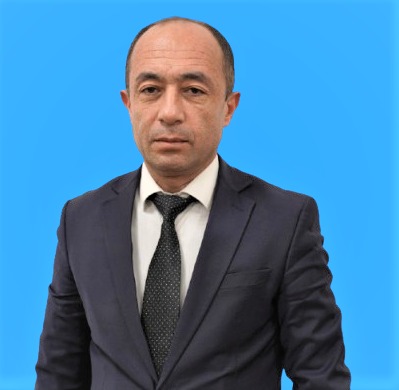 The Leader of the Nation, Emomali Rahmon, in the field of environmental protection, emphasized the impact of climate change on the planet, noting the following: “Our country, in continuation of its constructive initiatives in the international arena to promote water and climate issues, will host the first International High-Level Conference on Glacier Protection in 2025 in cooperation with the United Nations. We must continue cooperation in the field of water and glacier protection, take into account the consequences of climate change and reduce the risk of natural disasters within the framework of existing capabilities, take the necessary measures to strengthen international cooperation within the framework of the “Dushanbe Water Process”.
The Leader of the Nation, Emomali Rahmon, in the field of environmental protection, emphasized the impact of climate change on the planet, noting the following: “Our country, in continuation of its constructive initiatives in the international arena to promote water and climate issues, will host the first International High-Level Conference on Glacier Protection in 2025 in cooperation with the United Nations. We must continue cooperation in the field of water and glacier protection, take into account the consequences of climate change and reduce the risk of natural disasters within the framework of existing capabilities, take the necessary measures to strengthen international cooperation within the framework of the “Dushanbe Water Process”.
In strengthening, according to the words of the Founder of Peace and National Unity - the Leader of the Nation, the President of the Republic of Tajikistan, the Honorable Emomali Rahmon, we, the employees of the hydrometeorological sphere, need to act at a high level with double responsibility to implement the policy pursued by the Government of the Republic of Tajikistan. We must make every effort to implement the initiative of the Leader of the Nation, which were presented in this year's Address, to make our native country prosperous and beautiful.
The development of the society, a peaceful life and the hopes and dreams of every citizen can be realized only if there is peace and stability and national unity. As the Founder of peace and national unity - Leader of the nation, the President of the Republic of Tajikistan, Honorable Emomali Rahmon, in his speeches constantly emphasizes that: "The aspect of protecting the security of the state, stability and peace of the society, further strengthening of independence, freedom, national unity and ensuring the progress and prosperity of the independent Tajikistan", correct understanding of national and state interests, honor and pride of patriotism is very important. In other words, a high sense of nationalism and pride in being a citizen of Tajikistan as a key factor in uniting society should play an effective role in the mind and consciousness of every person."
The leadership and staff of the National Academy of Sciences of Tajikistan watched the Message of the President of the Republic of Tajikistan to the Majlisi Oli of the Republic of Tajikistan on television in the meeting room of the service on 28.12.2024.
The message of the Leader of the Nation, which covered all spheres of the national economy, made a deep impression on the hearts and minds of every listener.
The management and staff of National Academy of Sciences of Tajikistan draw a fresh soul from the message, in the light of which they are making efforts to implement their plans and tasks for the coming year.
Science and education have a central position in the policy of the Government of Tajikistan. During more than 30 years of state independence, more than 3,900 institutions of general education, including gymnasiums, lyceums and colleges, as well as universities and institutes, have been built. The number of institutions of higher professional education has increased from 13 to 47, and the number of students has increased from 65 thousand to more than 220 thousand. This development shows that the nation attaches special importance to science and education and considers it as the main way of social and economic progress.
One of the important aspects of the state policy is the involvement of young people in science and invention. The Founder of peace and national unity- Leader of the nation, the President of the Republic of Tajikistan, Honorable Emomali Rahmon, has established many awards and scholarships for schoolchildren and students, which encourage young people to study and research.
It should be said that the experience and peace formula of Tajiks has been studied in various countries of the world, especially countries where internal conflicts are going on. Peace of Tajiks is considered as an example in international conferences. Leader of the nation, the President of the Republic of Tajikistan, Honorable Emomali Rahmon, in his speech in honor of the National Unity Day, emphasized that: "The people of Tajikistan have clearly realized that only in the atmosphere of national peace and unity and through patriotic efforts, their newly independent state can be transformed into a prosperous and developed country. and left a truly developed and civilized country for future generations.
One of the other important steps is the establishment of the republican competition "Science - the power of knowledge", which is organized in Tajikistan in order to attract more teenagers and young people to the study of exact and natural sciences. This competition, held under the auspices of the President of the Republic of Tajikistan, Honorable Emomali Rahmon, contributes to the development of scientific thinking, the expansion of the technical outlook, and the formation of innovative and inventive skills. Participants in this competition can demonstrate their knowledge and skills in various scientific fields and enjoy their achievements. The competition also contributes to the expansion of scientific thinking and technology in society, and provides suitable conditions for the development of the young generation of scientists.
Despite significant successes, science in Tajikistan faces a number of problems. One of the main tasks is to attract young scientists to research activities, also Leader of the nation, the President of the Republic of Tajikistan, Honorable Emomali Rahmon, in his speech pointed starting from the kindergarten’s young generation and all other specialists of different spheres, they should learn English and Russian languages.
The shortage of specialists in such fields as seismology, energy, molecular biology, genetics and biotechnology requires urgent measures to train and attract them. In this process, revision and development of educational and research programs should be a national priority.
The President of the Republic of Tajikistan, Honorable Emomali Rahmon, pointed regarding financial services and for the increasing accessibility to credit for businesses and citizens. To enhance the quality of education and vocational training, to equip the youth with necessary skills, also strengthening cooperation with international organizations and neighboring countries. Leader of the Nation, the President of the Republic of Tajikistan, Honorable Emomali Rahmon, during of his speech, pointed for active participation in global efforts to address climate change, including the preservation of glaciers, measures to enhance national security and defense capabilities in response to regional and global challenges.
Saidzoda Halim Aziz-doctor of philology, professor Head of Foreign Language Department of NAST
The initiatives of the Founder of Peace and National Unity - Leader of the Nation, President of the Republic of Tajikistan Honorable Emomali Rahmon in the field of water and climate proved to the world that water plays an effective role in relations between countries.
On March 22-24, 2023, the United Nations Conference on the Comprehensive Review of the Mid-Term Goals of the International Decade of Action "Water for Sustainable Development", 2018-2028, was held in New York, United States of America.
The next visit of the Founder of Peace and National Unity - Leader of the Nation, President of the Republic of Tajikistan Honorable Emomali Rahmon, was different from his other visits to the headquarters of the most influential organization in the world - the UN, in that it was on two important human dates. - Navruz International Day and World Water Day have coincided. These two phenomena, which should be called the source of human life, are interconnected and inextricably linked. Along with soil, wind and fire, water is one of the four eternal elements, the greatest miracle and the most precious wealth of the Earth, and the existence of life in the biosphere depends on its existence.
This conference can be considered a great historic gathering of world countries, because the first UN Conference on water issues was held in Argentina. So, after almost half a century (46 years), the second UN Conference was held under the title of the mid-term Comprehensive Review of the goals of the International Decade of Action "Water for Sustainable Development", 2018-2028. Official delegations of UN member countries, including 110 delegations led by ministers, leaders and representatives of more than 100 regional and international organizations, took part in its work.
UN Secretary General Antonio Guterres, King of the Netherlands Willem Alexander and President of the Republic of Tajikistan Emomali Rahmon were appointed as the chairmen of the Conference. The President of the Republic of Tajikistan, Honorable Emomali Rahmon, opened the conference and gave a speech. The leaders of the nation stated that Tajikistan has been leading water-related issues in the world development agenda for more than two decades. Due to the initiatives of the President of the Republic of Tajikistan, Honorable Emomali Rahmon, the General Assembly of the United Nations has adopted nine resolutions on water issues, the implementation of which helps to prevent and solve water problems.
This is why water is the most sacred and precious resource of nature. The Founder of Peace and National Unity - Leader of the Nation, President of the Republic of Tajikistan Honorable Emomali Rahmon, has given us the following task: “Water is the treasure of nature, protect it and cherish it”. At the initiative of our President HonorableEmomali Rahmon, the United Nations declared 2003 as the "Year of Fresh Water" and called the following years, 2005-2015, the International Decade of Action for “Water for Life”. 2018-2028 is the International Decade of Action "Water for Sustainable Development".
At the suggestion of the Head of our state, measures are being taken to ensure that drinking water is not wasted, and to protect it. Now the leaders of the countries are trying to leave this precious treasure of taste to the next generation of the Earth in its original form.
Water is also a source of healing for the sick. Abu'ali ibn Sina said that water preserves health. In terms of the number of healing springs, Tajikistan ranks first among other countries. Water is the source of life. All creatures on Earth need and benefit from water. As poet said:
It is water and life is permanent.
There is water, land, cultivation and work.
The product of the whole world.
It is because of the grace of the water.
In fact, the greenery of nature, gardens, roads, mountains and fields is made of water. We know that water is the main substance in living organisms. No creature can live without water.
From these words, I came to the conclusion that water is a gift of nature. It should be protected from waste and unnecessary savings. Let's not let a single drop of it go to waste.
Buriev Umed Rustamovich 2nd year master's degree in International Relations, Institute for Asian and European Studies of the National Academy of Sciences of Tajikistan
Comely is the clear & responsive multipurpose theme.
Comely is the essential content management infrastructure for projects of any size, with its flexible APIs and global CDN.
Which organizes an individual's finances and sometimes includes a series of steps or specific goals for spending.
Which organizes an individual's finances and sometimes includes a series of steps or specific goals for spending.
Which organizes an individual's finances and sometimes includes a series of steps or specific goals for spending.
Which organizes an individual's finances and sometimes includes a series of steps or specific goals for spending.
Академияи миллии илмҳои Тоҷикистон
Институти таърих, бостоншиносӣ ва мардумшиносии ба номи А. Дониш.
Институти таърих, бостоншиносӣ ва мардумшиносии ба номи А. Дониш
Илми таърих дар фарҳанги ҷаҳонгири тоҷикӣ ҳамеша ҷойгоҳи олӣ ва арҷманд дошт ва мактаби таърихшиносии тоҷик аз ибтидо то ба имрӯз бо усули нигориш... Муфассал
Осорхонаи Милии бостонии Тоҷикистон
Осорхона соли 2001 дар назди Институти таърих, бостоншиносӣ ва мардумшиносии ба номи А. Дониши Академияи илмҳои Ҷумхурии Тоҷикистон ифтитоҳ... Муфассал
Осорхонаи мардумшиносӣ.
В 1949 году при секторе истории Института истории, языка и литературы Таджикистана был открыт Музей этнографии и археологии... Муфассал
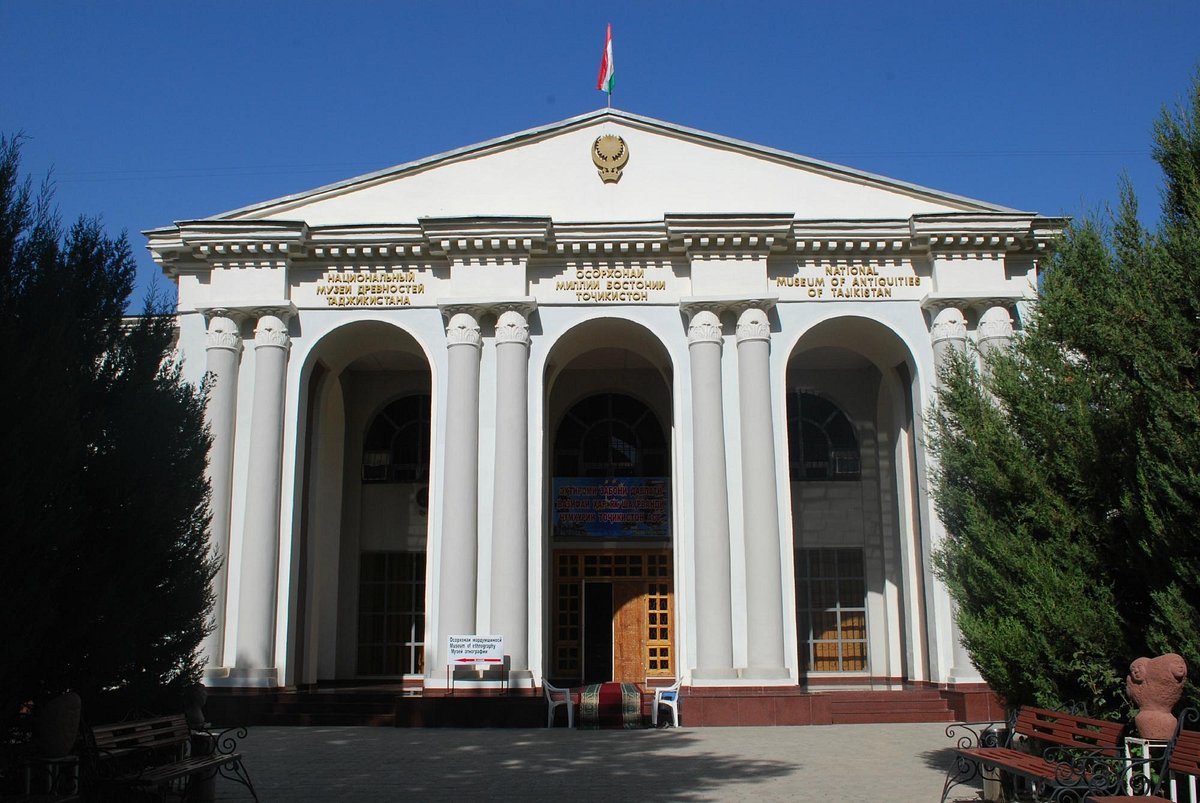
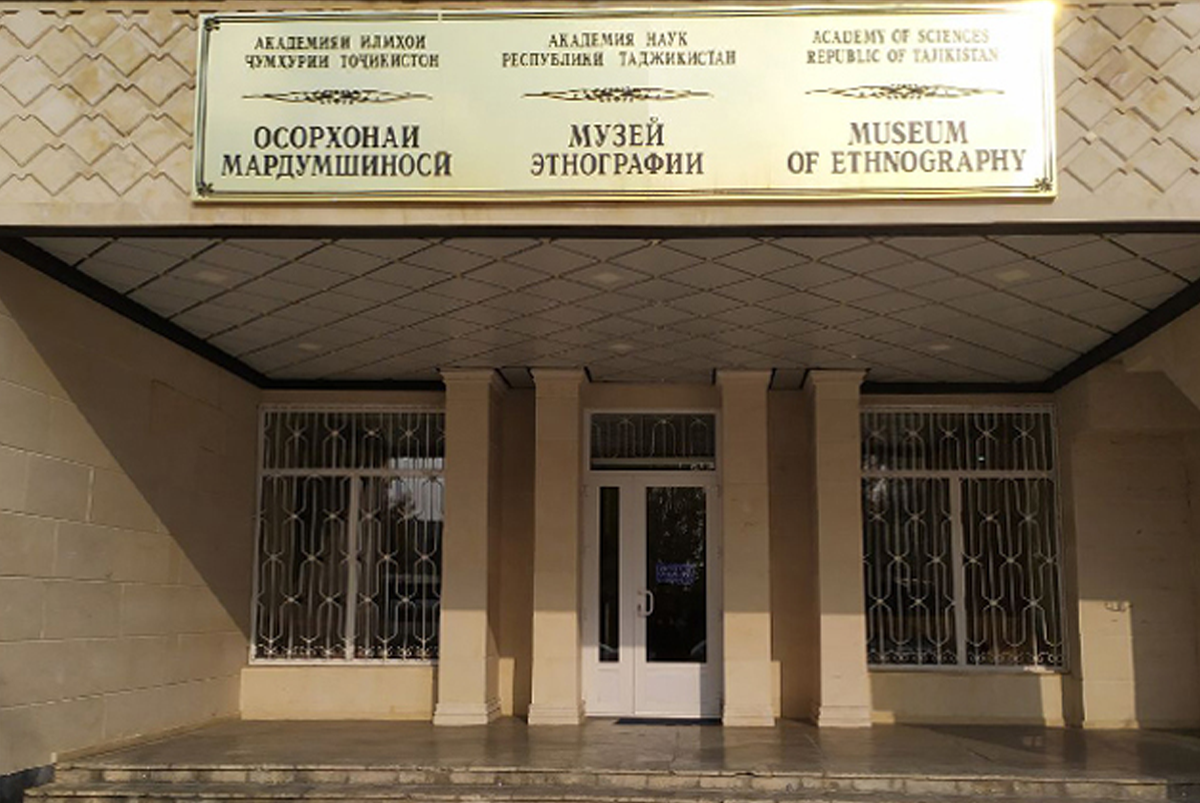
REPUBLICAN COMPETITIONS
Presidents of the National Academy of Sciences of Tajikistan
(Академияи илмҳои ҶШС Тоҷикистон 1951-1991, Академияи илмҳои Ҷумҳурии Тоҷикистон 1991-2020)

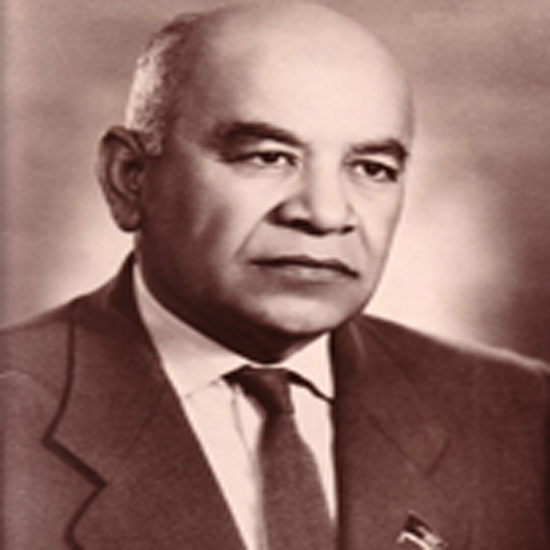
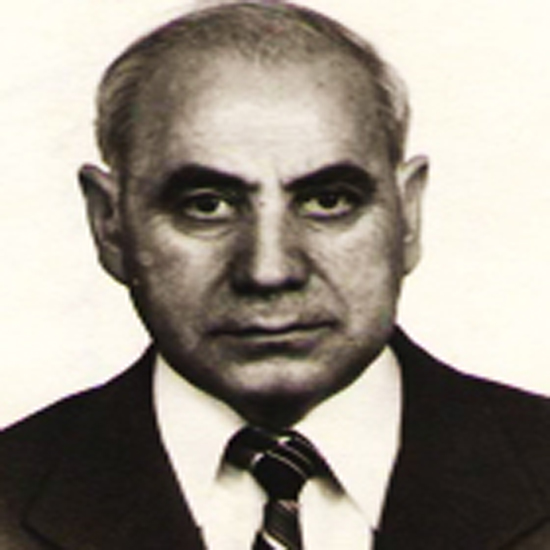
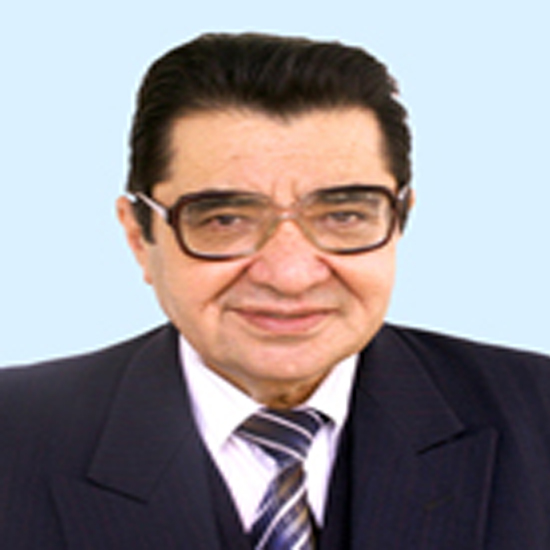
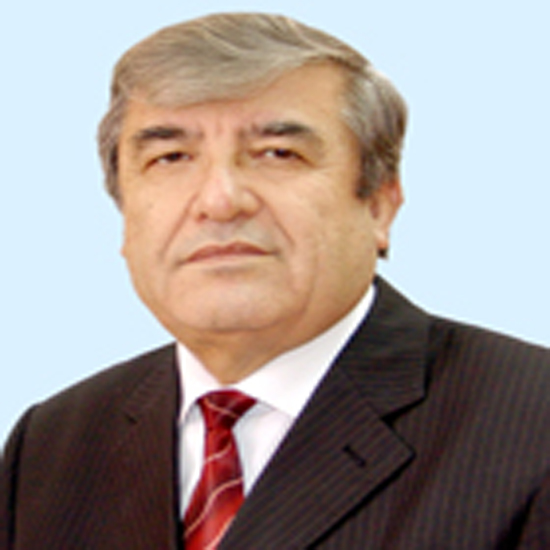
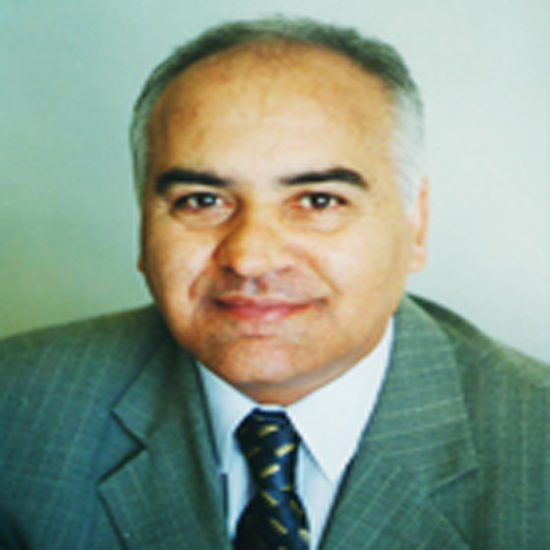
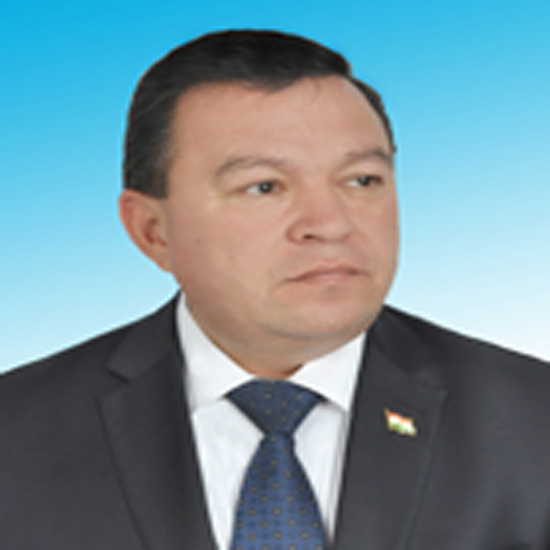
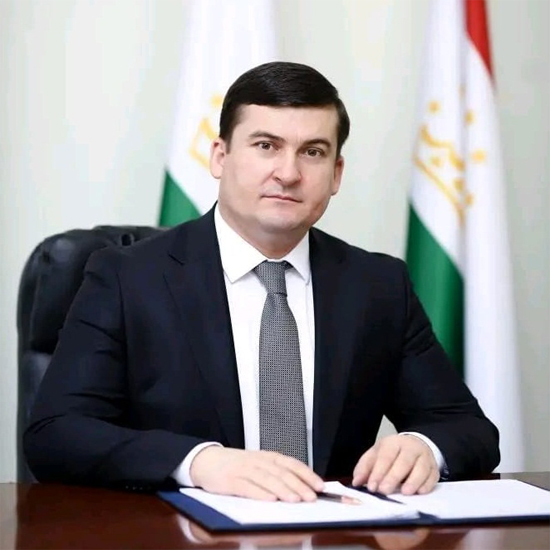
Суханҳои Пешвои миллат Эмомалӣ Раҳмон оид ба илм





